For the past three years, the folks at Glashütte Original have been toiling away on something remarkable. No, it's not a new movement or reference (though those have certainly also been under development at the same time). Instead, it's something far more impactful to their production and capabilities. Just up the street from its headquarters and manufacture, within the small Saxon village for which it is named, Glashütte Original has built a brand new dial-making facility. This added capacity for production, according to the brand, means that well over 95% of the parts and components of its watches are now produced within the boundaries of Glashütte itself.
Recently, I was invited, along with a select few other journalists from around the world, to visit Glashütte and tour both their manufacture and the new dial facility. The main headquarters was designed and constructed to provide guided tours for journalists, clients, and other visitors who are interested. The dial facility, however, is a different matter. While we were given near-unfettered access to the various processes, departments, and artisans, such occasions will be rare in the future, the company says.
Many of the tools utilized in the process of creating their watches are designed and fabricated on-site.
An antiquated filing system that is still used today. As new technologies are embraced and utilized, sometimes the old ways are the best.
Throughout their facilities, there are reminders of Glashütte Original's proud history, including its time under the GDR.
Many pieces of machinery still in use today bear the markings of GUB, the company name that operated from 1951 to 1990 under Soviet rule.
Raw materials are utilized to create everything from dials to bridges and base plates.
Production of the smallest components are done in house.
A multi-step process of plating, enameling, stripping, and finishing results in the signature two-toned movement decoration.
At Glashütte Original, there are eleven people whose sole focus is on the decoration and finishing of small part surfaces.
Mr. Fischer - a dedicated Glashütte Original employee who is set to celebrate his 42nd anniversary with the company.
Each Swan Neck Spring takes up to 45 minutes to polish.
Tourbillon cage finishing can take up to one to two days to complete.
In Celebration, A New Limited Edition
To celebrate the opening of the new dial facility and mark the 180th year of watchmaking in the town, Glashütte Original released a new PanoLunarTourbillon with a truly beautiful "Galvanic Rose" colored dial, textured with an extremely fine-grained finish.
The dial, described additionally as "Iron Ore", is a reference to the rusty red hue of the iron deposits found throughout the surrounding Ore Mountain Range. The 40mm watch is cased in platinum, limited to just 50 pieces, and features a moonphase, signature Panorama Date, and flying tourbillon.
The number of individual steps to create these dials is absolutely staggering, starting with, in some cases, a hand-applied silver plating of the blank base. From there, a myriad of different techniques are used depending on the specifics of the model, some performed by laser and machining (though still closely monitored, guided, and executed by dial makers) to hand application and finishing. The dial featured in the new PanoLunarTourbillon, for example, takes up to three to four months to fully produce. When I first was told that number, I confess, I was skeptical. But after seeing just how intricate each detail is and the care with which it is applied, that figure makes much more sense.
Now, this is not Glashütte Original's first foray into manufacturing its own dials – far from it. Before this latest state-of-the-art facility, the brand operated a separate dial operation in the town of Pforzheim, near Stuttgart, in the Black Forest region of western Germany. That operation, acquired by SWATCH in 2006, has been operated under the auspices of Glashütte Original since its renovation in 2013. With the creation of the new facility in Glashütte, the machinery and staff of the Pforzheim factory have been relocated, and the building has been converted into a customer service center for the SWATCH Group in Germany.
The new manufacturer brings with it a significantly increased capability for production, including, but not limited to, prototyping, galvanization, laser and hand engraving, production of moonphase and display disks, printing, and a host of finishing capabilities. All of this sits but a stone's throw from the doors of their headquarters, providing a level of access and immediacy to the creative process.
From The Ashes, An Industry Arose
While the new dial manufacturing capabilities will undoubtedly be a point of pride for Glashütte Original, they also mark an important milestone in the broader history of both the company and the watchmaking industry within the town of Glashütte. In many ways, the story of the city and industry mirrors the experience of Eastern Germany throughout the second half of the 20th century – a tale of destruction, division, rebirth, and ultimately, reunification.
Scenes of Dresden, 45 minutes away from Glashütte, show the widespread destruction at the end of the war. Many of the buildings would remain as piles of sandstone rubble until after the reunification of East and West Germany in 1990.
The Frauenkirche Church, located in the heart of Dresden, was not rebuilt until after the fall of the Berlin Wall.
Watchmaking began in earnest in Glashütte in 1845, when Ferdinand Adolph Lange, Moritz Grossmann, Julius Assmann, and Adolf Schneider established themselves as watchmakers and the industry's founding fathers in what had formerly been a town heavily reliant on the mining industry. Over the following 100 years, the trade flourished, with a unique horological style being developed, exported, and duplicated by other watchmaking locales. (In fact, the imitation of the "Glashütte Style" led to German watchmakers marking their watches as "Original Glashütte" timepieces, thus inspiring the name for the modern brand).
Almost exactly 100 years later, on May 8, 1945, in quite literally the final hours of the war, Glashütte was decimated by a Soviet bombing run. What little watchmaking infrastructure that survived was subsequently pilfered by Soviet authorities. In the years that followed, much of the machinery and tooling were rebuilt from memory. Starting in 1951, as East Germany existed under Soviet rule as the German Democratic Republic (GDR), the whole of Glashütte operated as one company, Glashütter Uhrenbetriebe GmbH or GUB.
Signs of the war still remain throughout East Germany, including this inscription which communicates in Russian that the building has been cleared of bombs or booby traps.
Glashütte Original's CEO, Roland von Keith, represents both the brand and the SWATCH Group.
Throughout this time period and until reunification of East and West Germany in 1990, GUB created high-quality, reliable — though decidedly unfancy — timepieces for the broader Soviet Union. When Germany was reunified, the former state-owned companies and industries of the GDR were privatized. Thus, GUB became Glashütte Original. To this day, evidence of this era can still be seen and felt throughout the manufacturer, with several long-standing employees remaining.
While each local company can lay claim to people, dates, or specific aspects of Glashütte's story, its history is shared by the entire industry that inhabits the town to this day. As Germany grappled with and recovered from the horrors and destruction of WWII, and bent to the demands of the Allied powers in a new geopolitical era (which continues to shape international politics), both East and West Germanssought to rebuild and redefine themselves.
The German Watchmaking Museum in the heart of Glashütte, operated by Glashütte Original and housing their restoration department.
A model of the Flying Tourbillon, developed by Alfred Helwig in 1920 in Glashütte.
Empowered by an ethos of dedicated, tireless effort and national pride, the watchmaking industry followed suit. Today, Glashütte is the source of some of the finest watchmaking found anywhere in the world, with Glashütte Original squarely positioned at its heart. Now, endowed with an even greater capacity of artistry and craftsmanship on the face of their products, Glashütte Original begins a new chapter in the grand story of German watchmaking.
Glashütte Original's brand new dial manufacturing facility, located just steps away from their headquarters.
The face behind the dials and their magnificent colors
Produced under the GDR, a vintage Trabant sits in the parking lot, a remnant of the past and a reminder that, despite its economic shortcomings, things were built to last.
Stages of dial and bridge finishing on the PanoInverse Ref. 1-66-12-01-03-62.
The cutting of the indices is guided by hand for the "Sixties" series.
Case and serial numbers are engraved by laser.
Radial brushing is applied, in just one of the many steps of dial creation in finishing.
Moonphase discs in the slow, detailed process of creation.
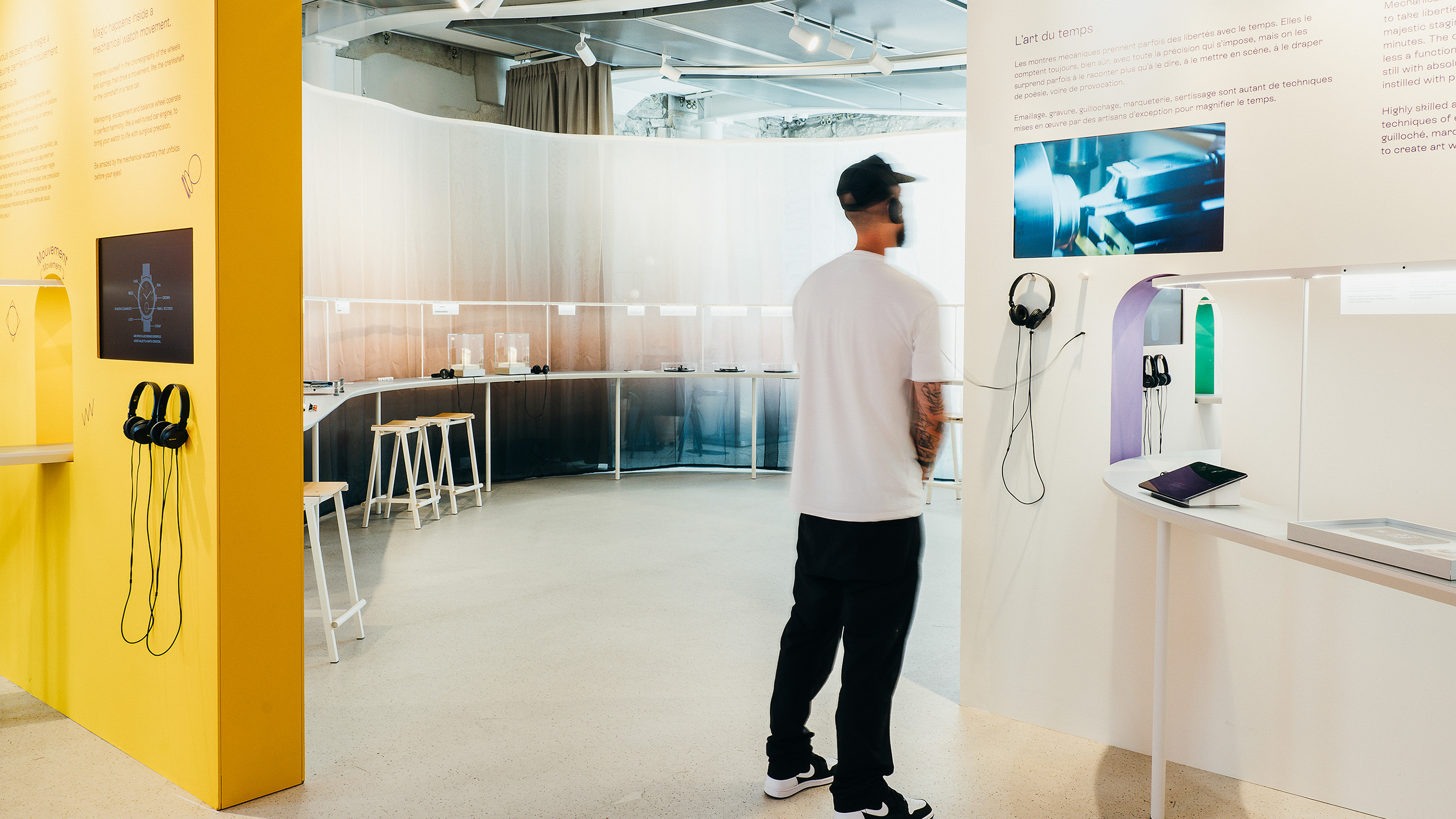
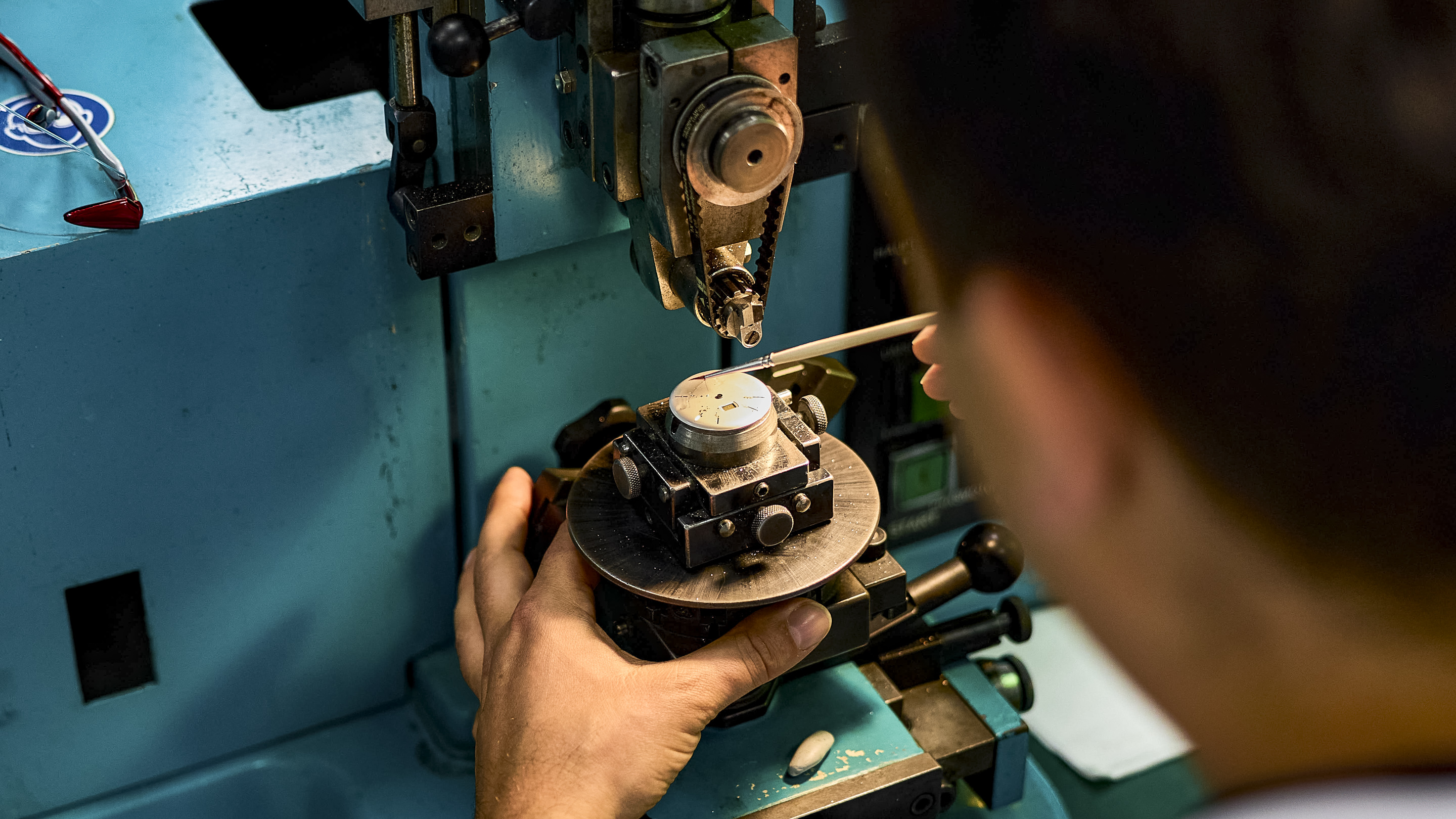
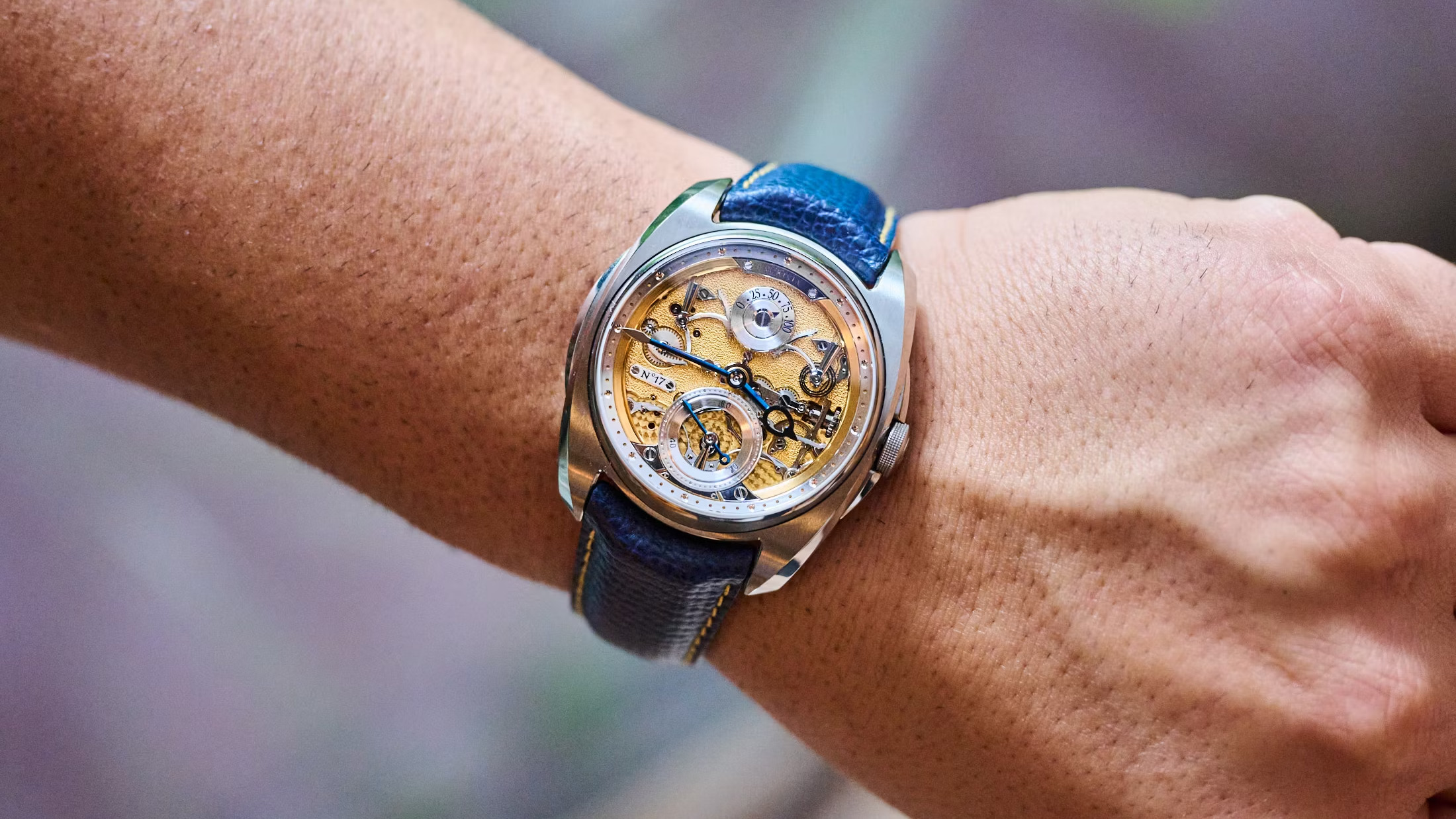
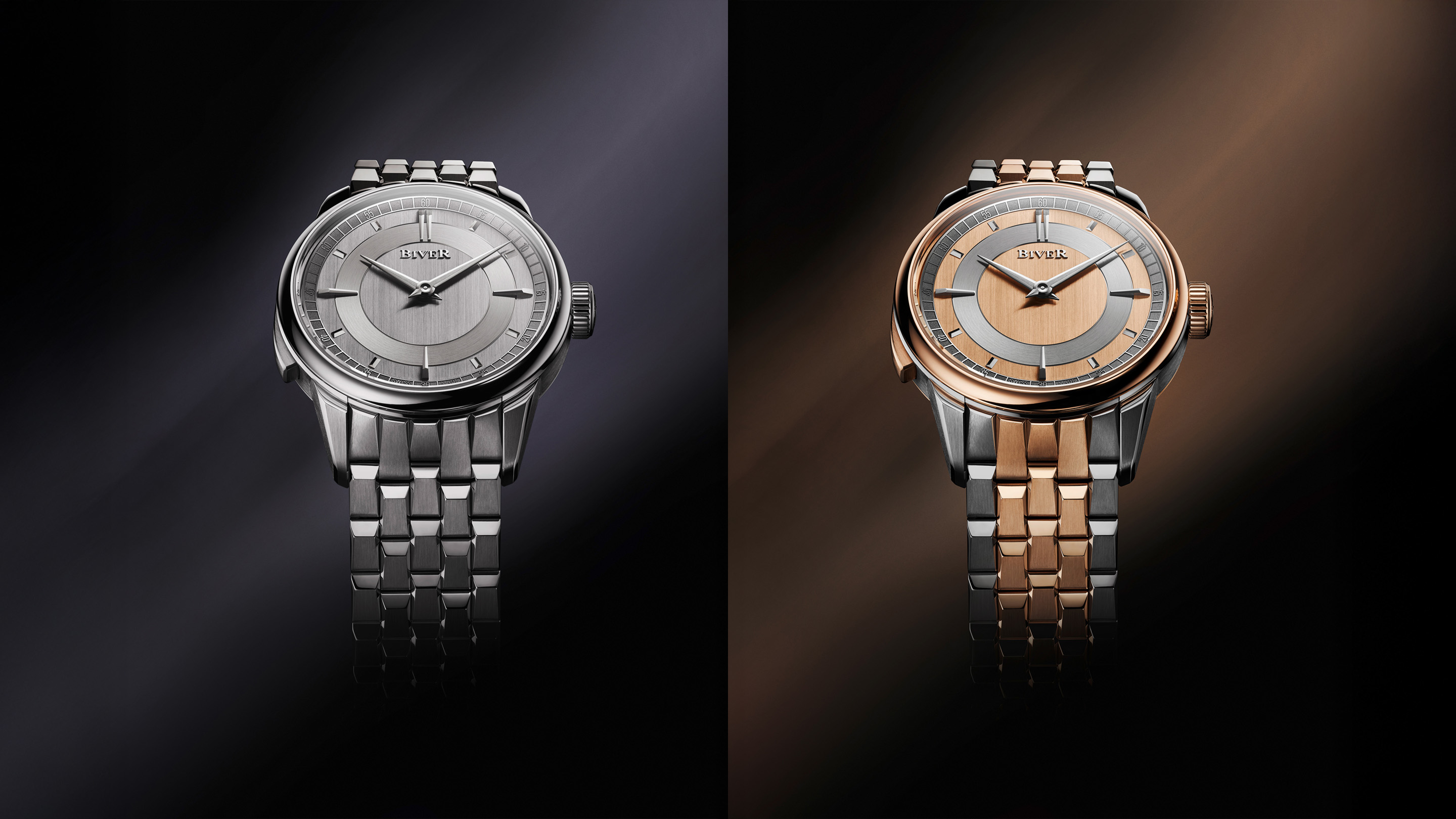


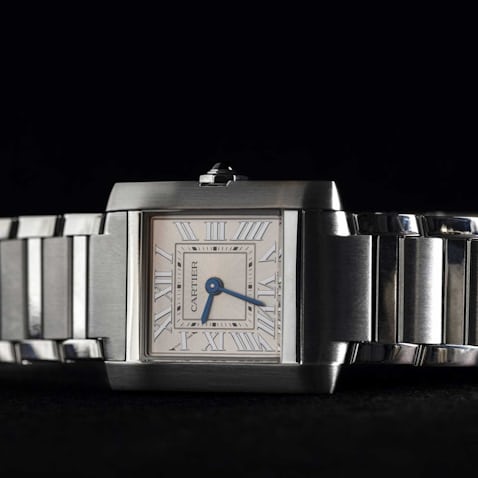

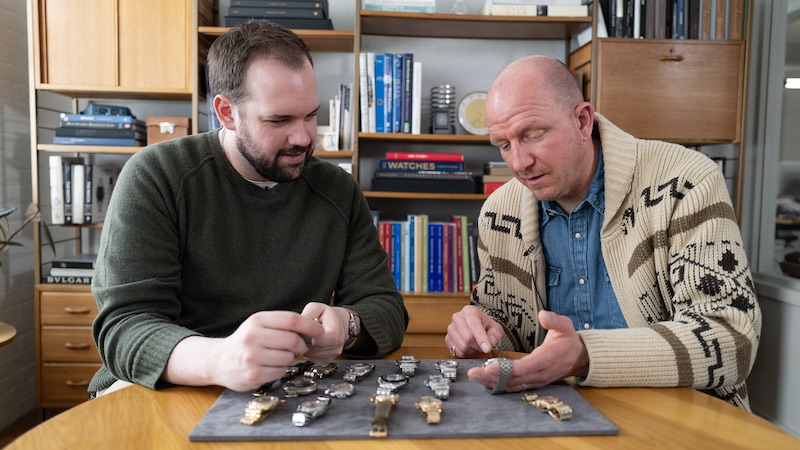






















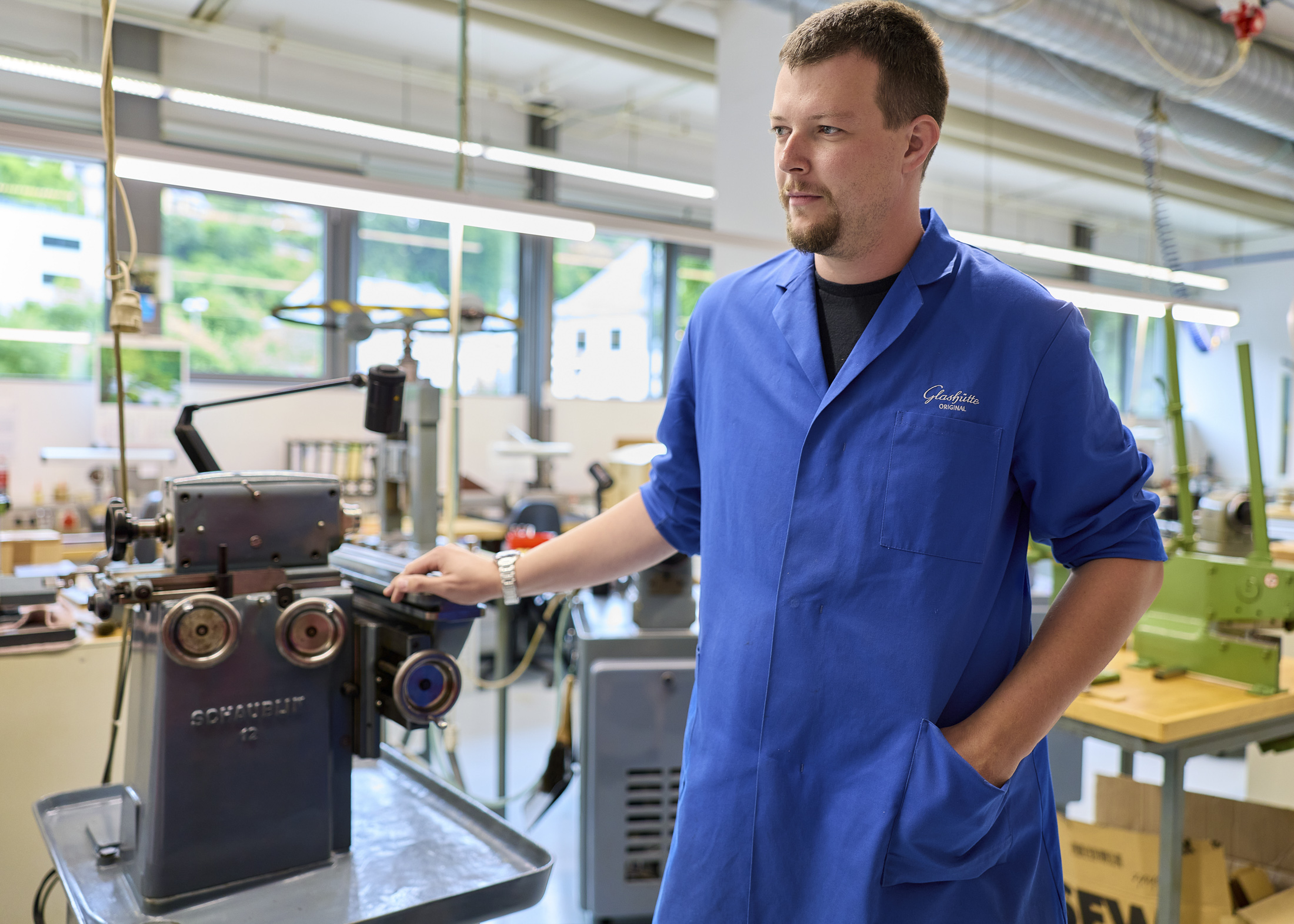
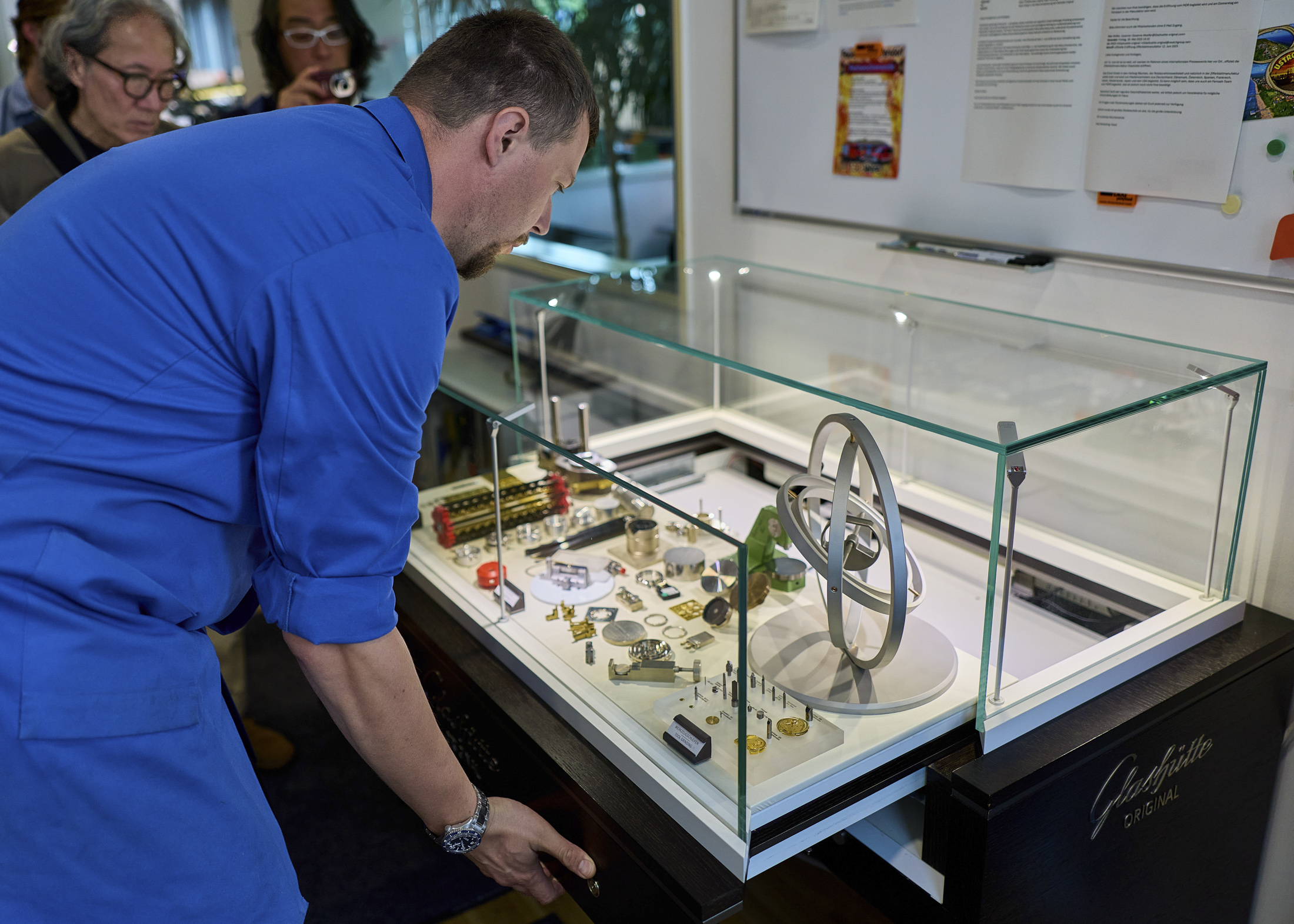
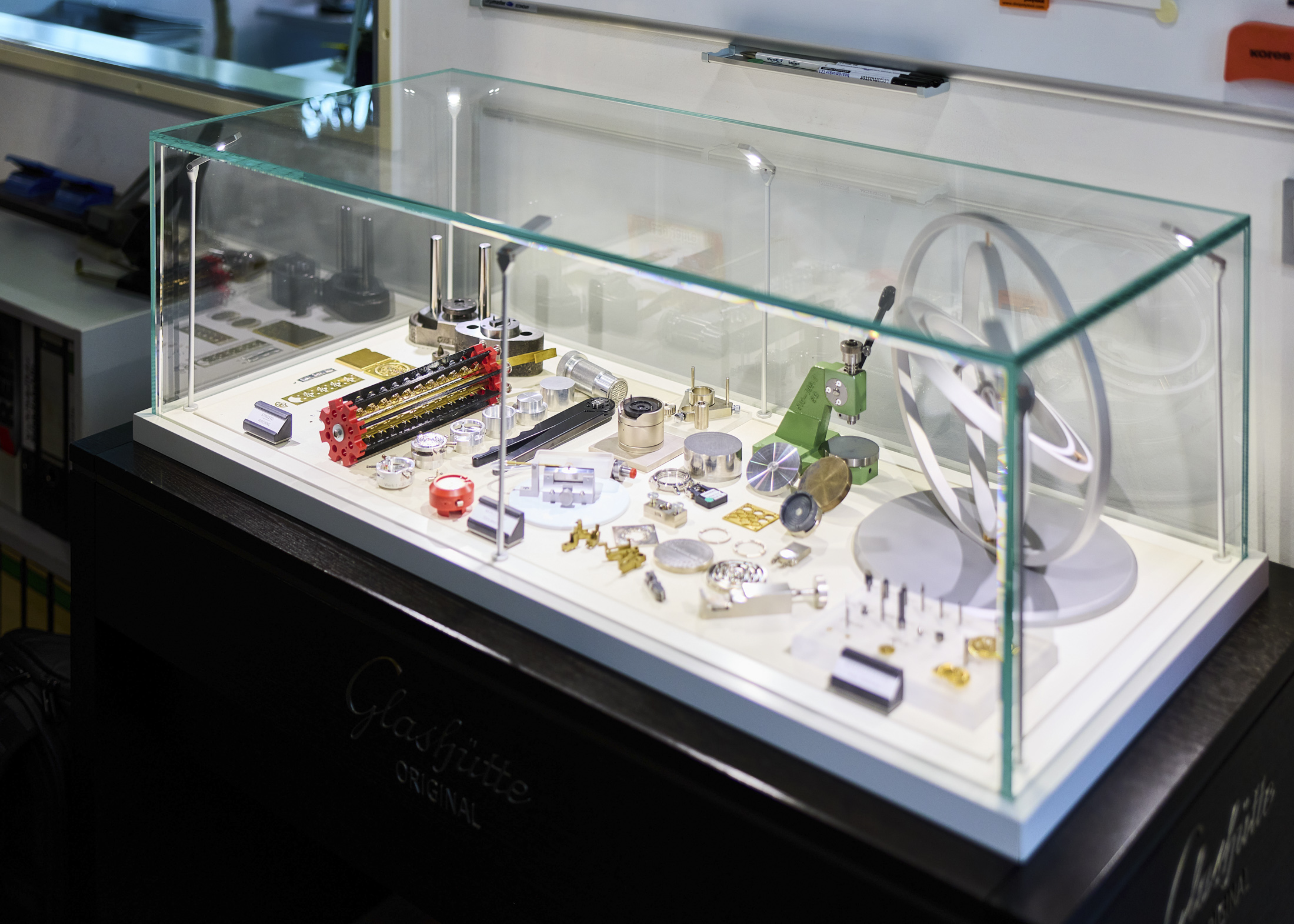
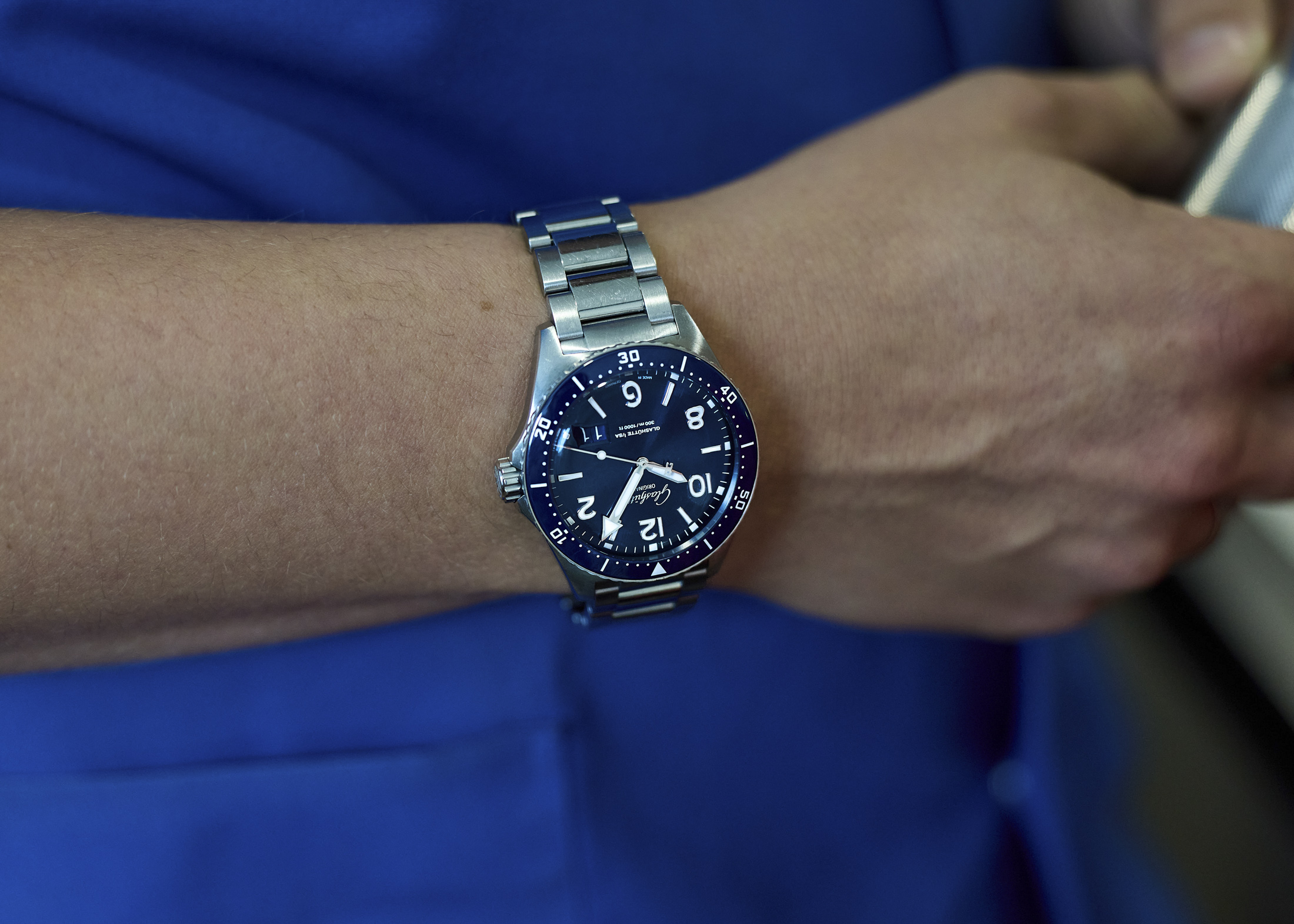
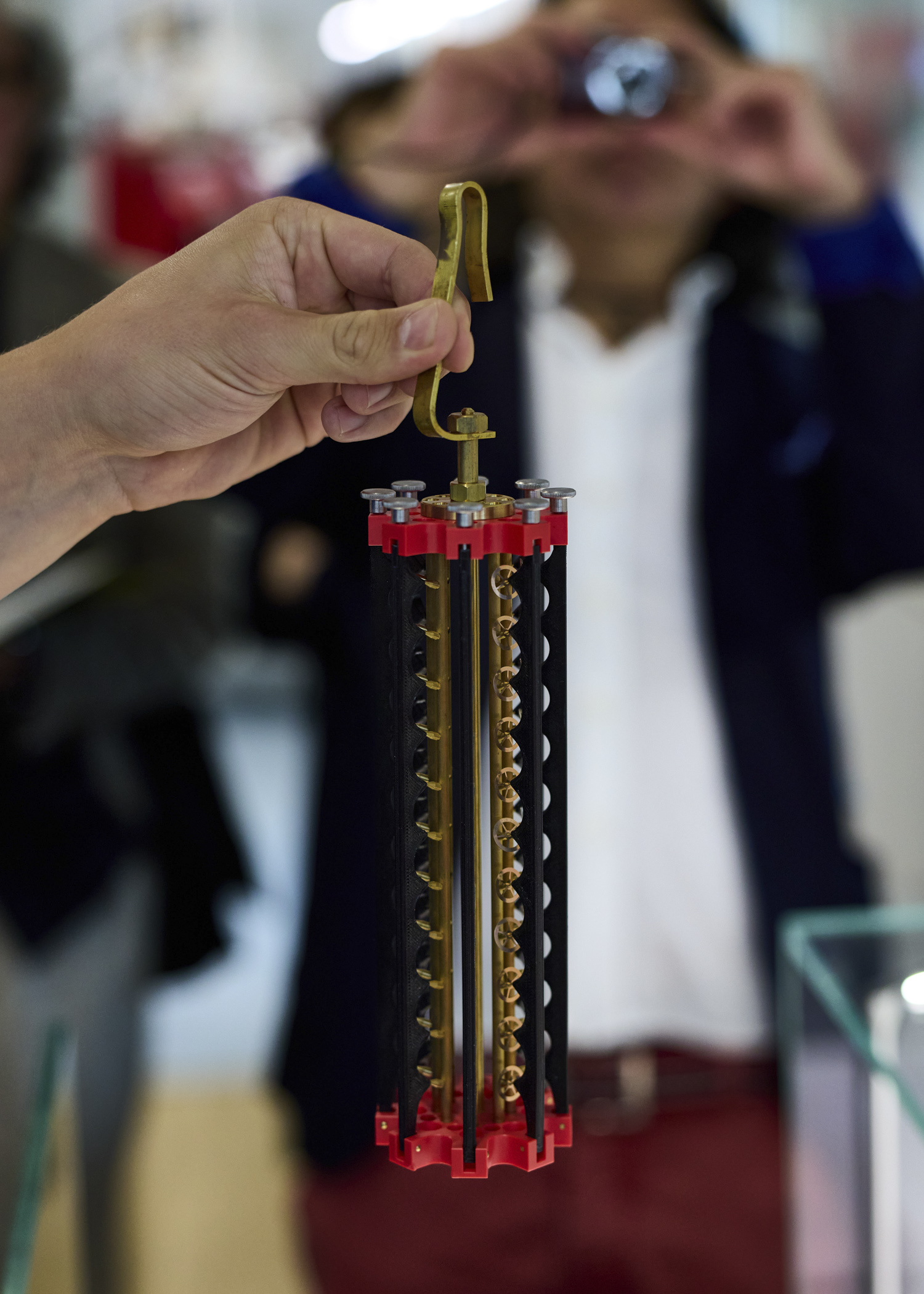
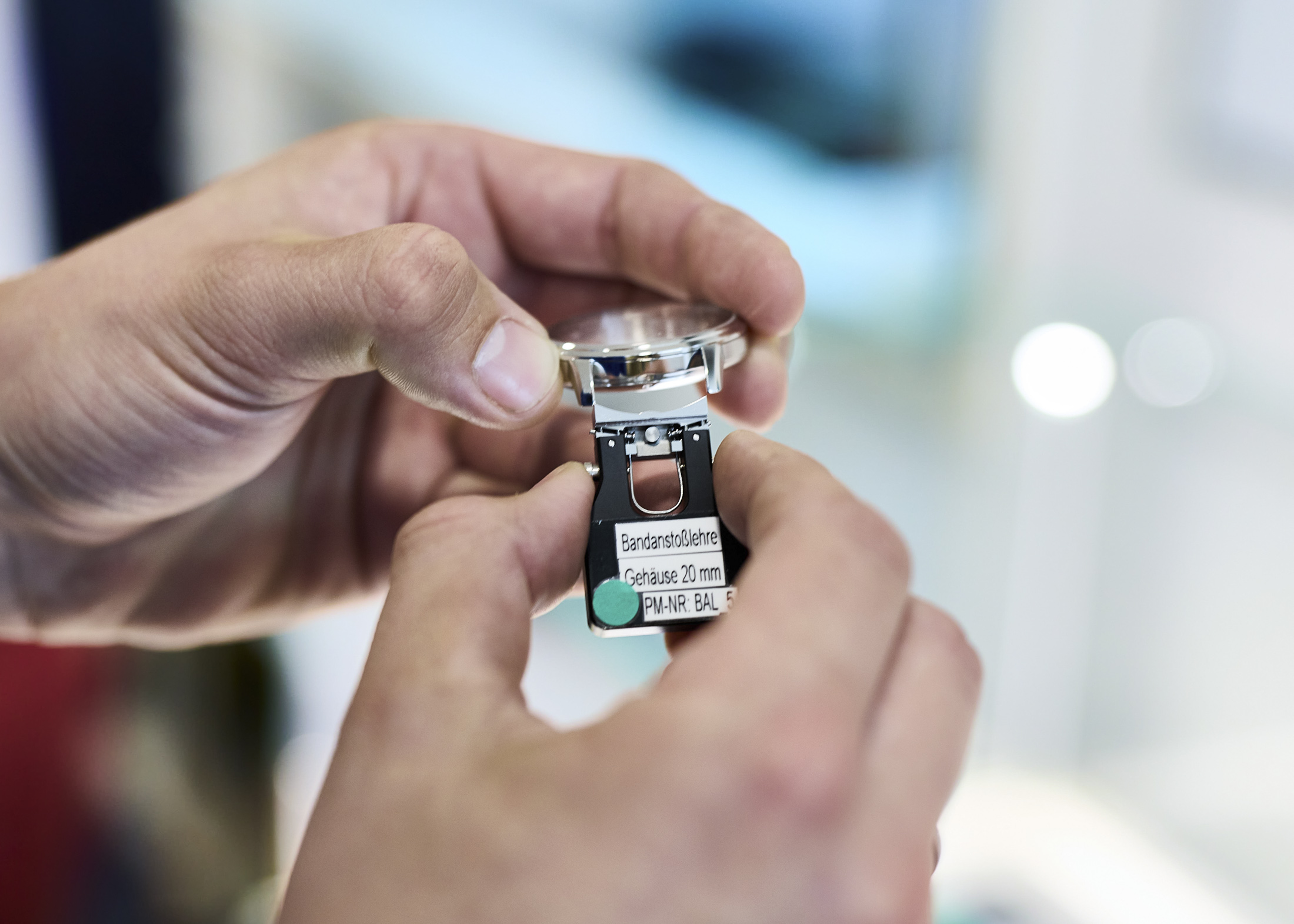
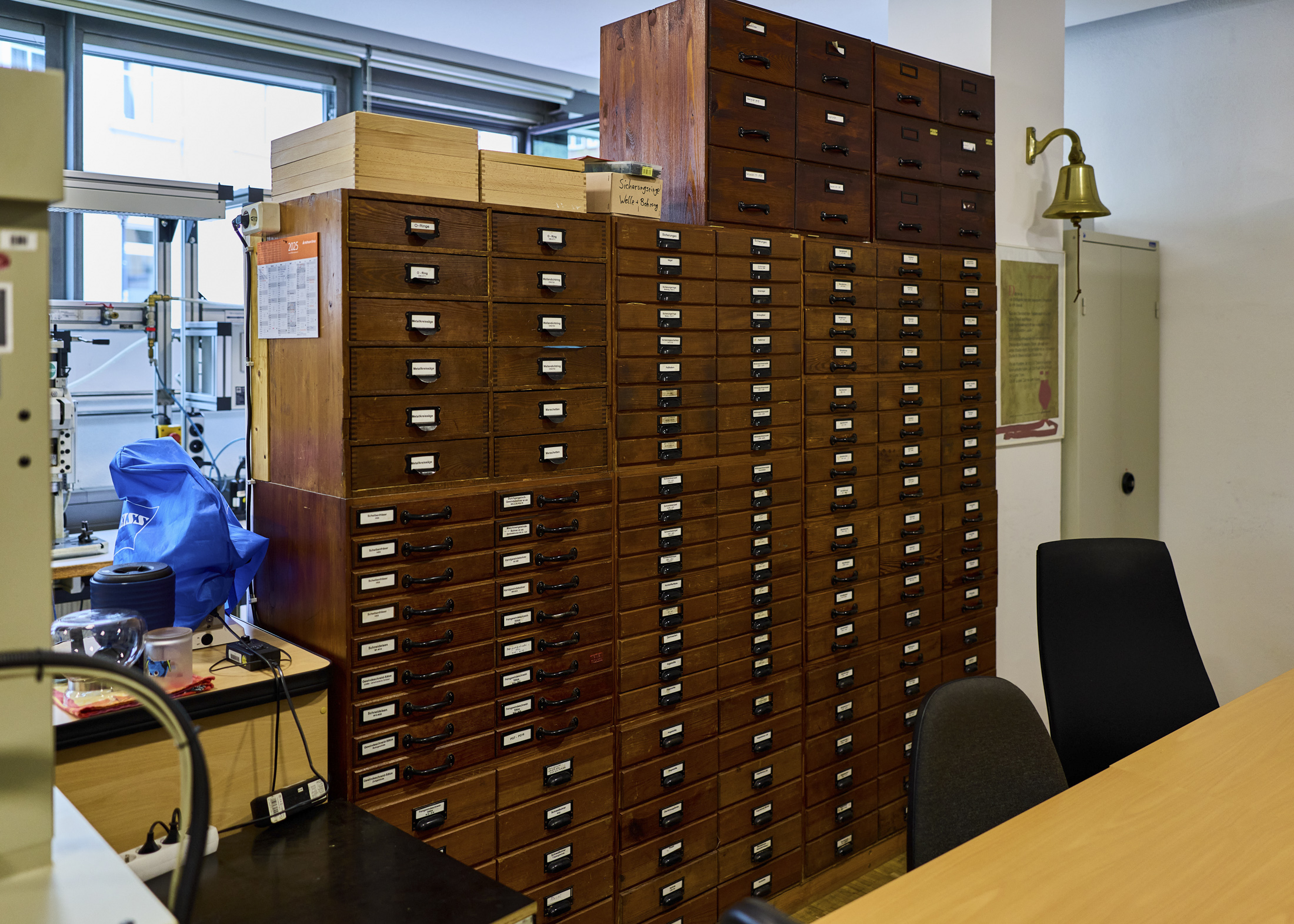
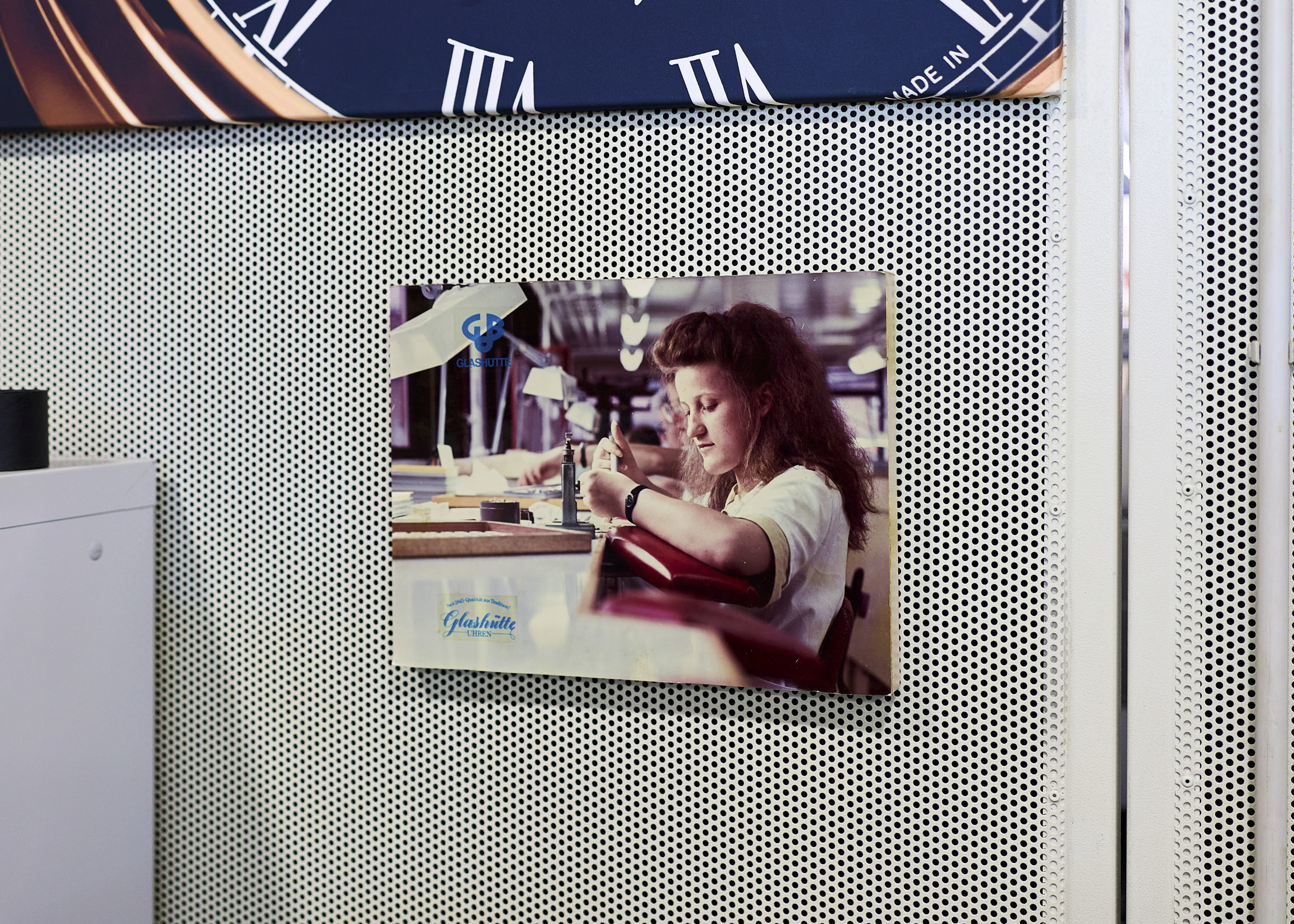
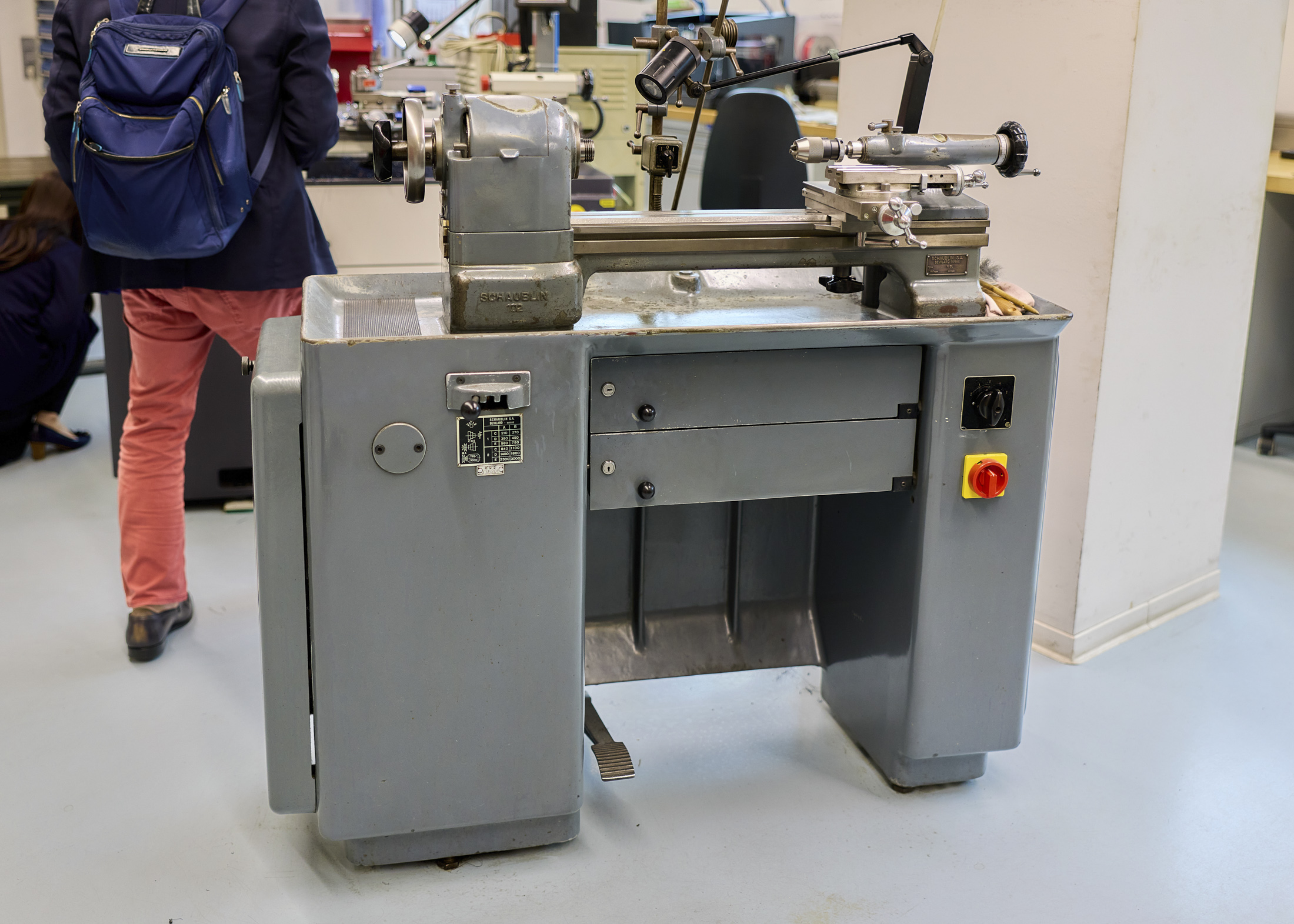
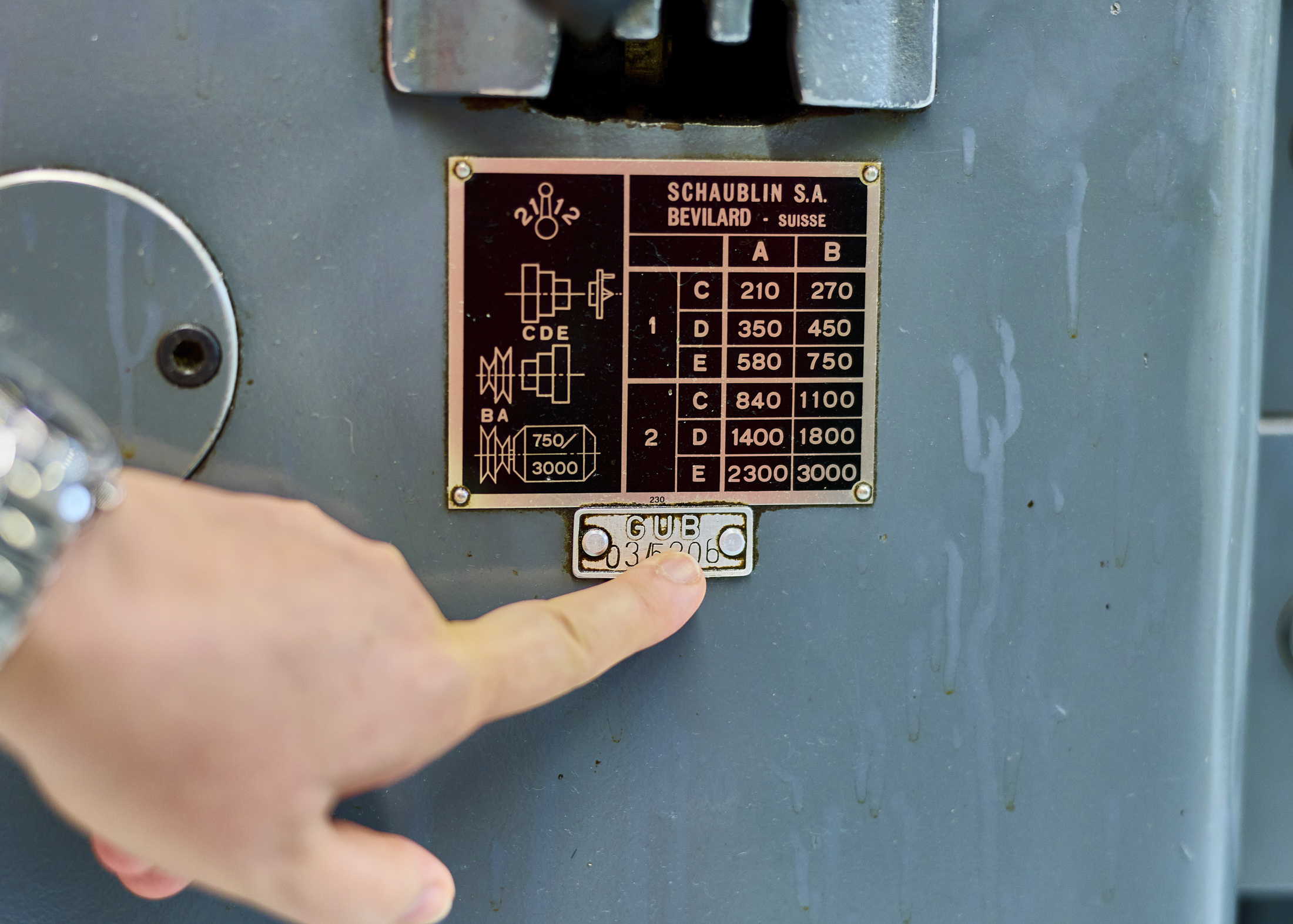
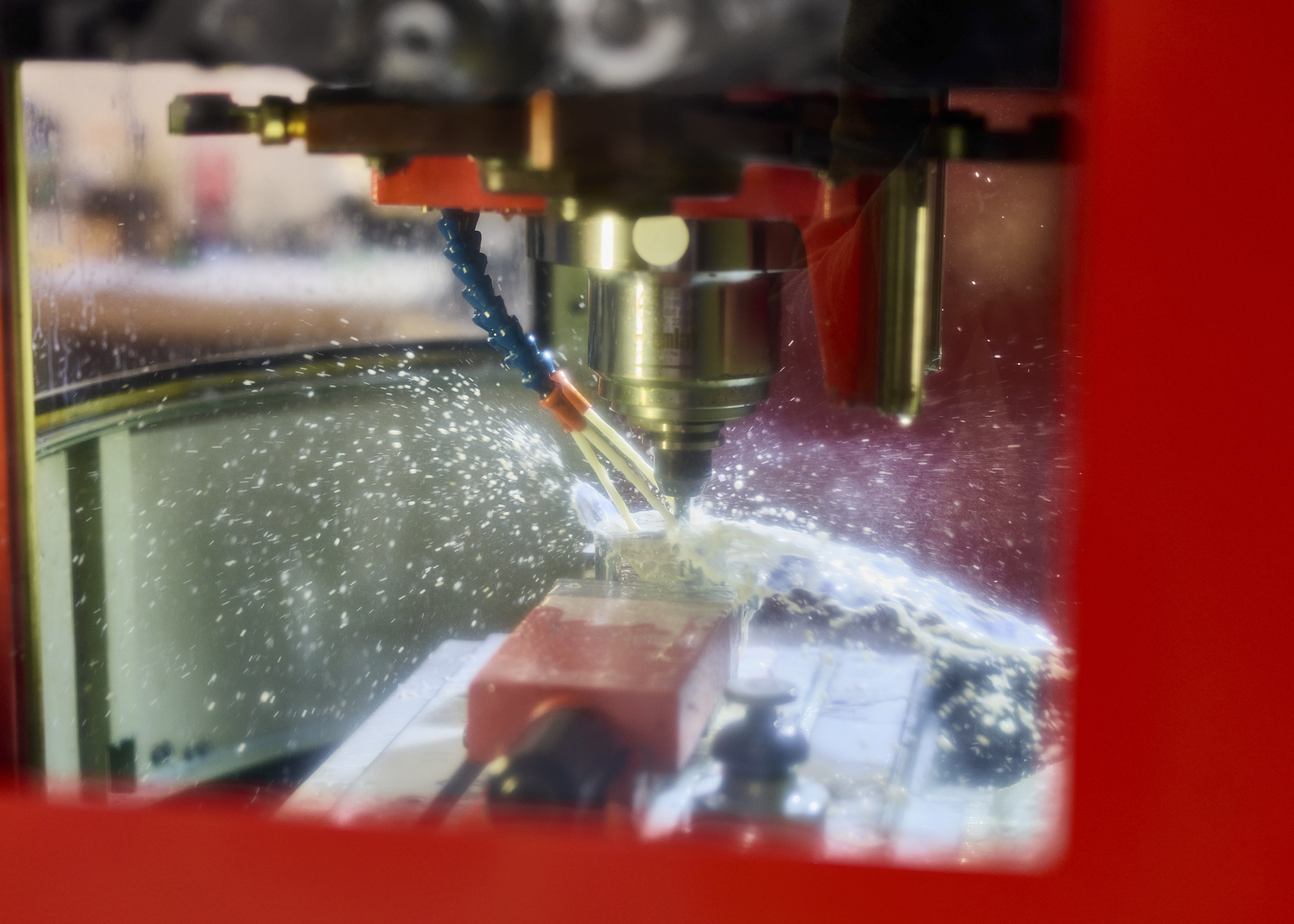

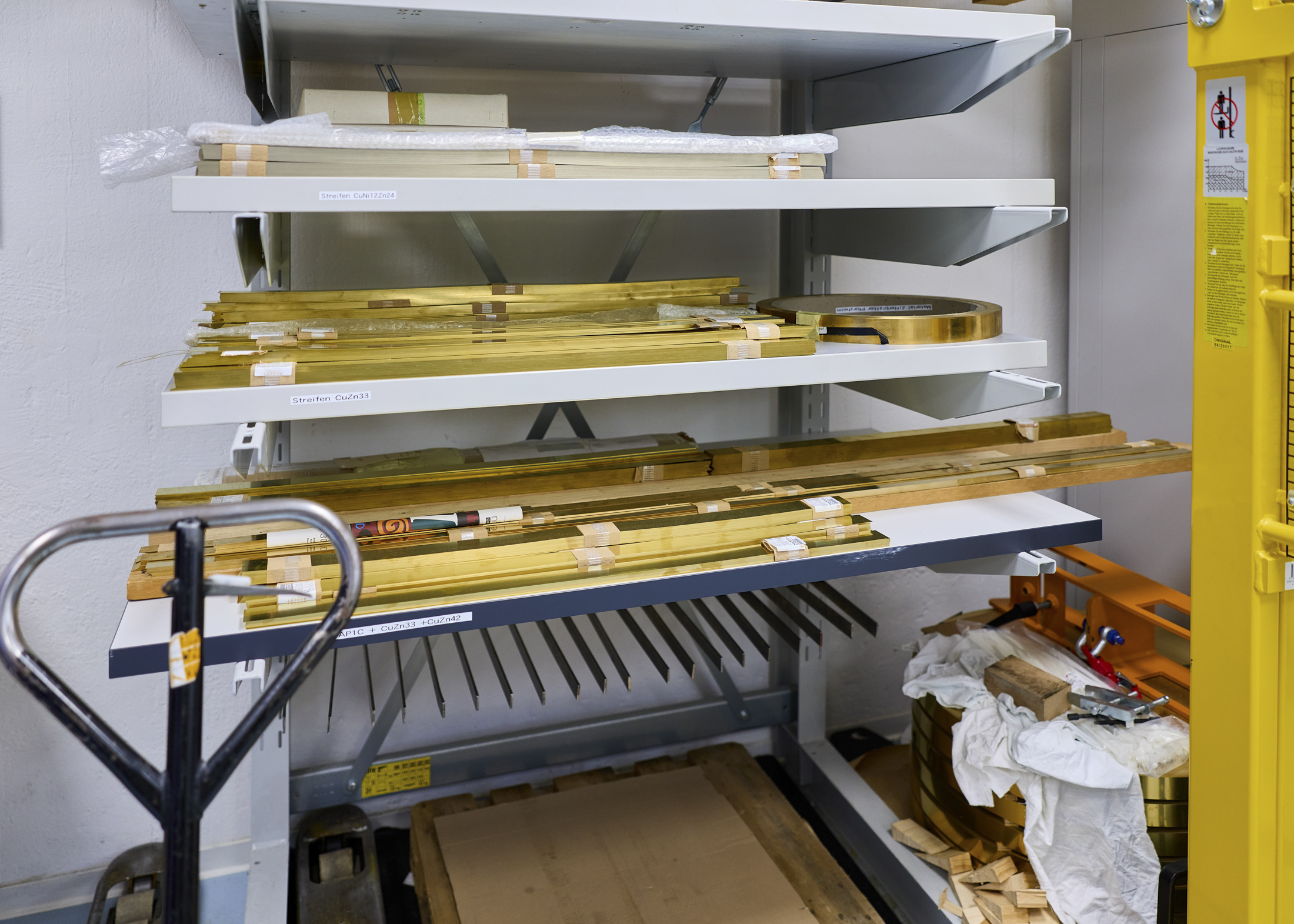
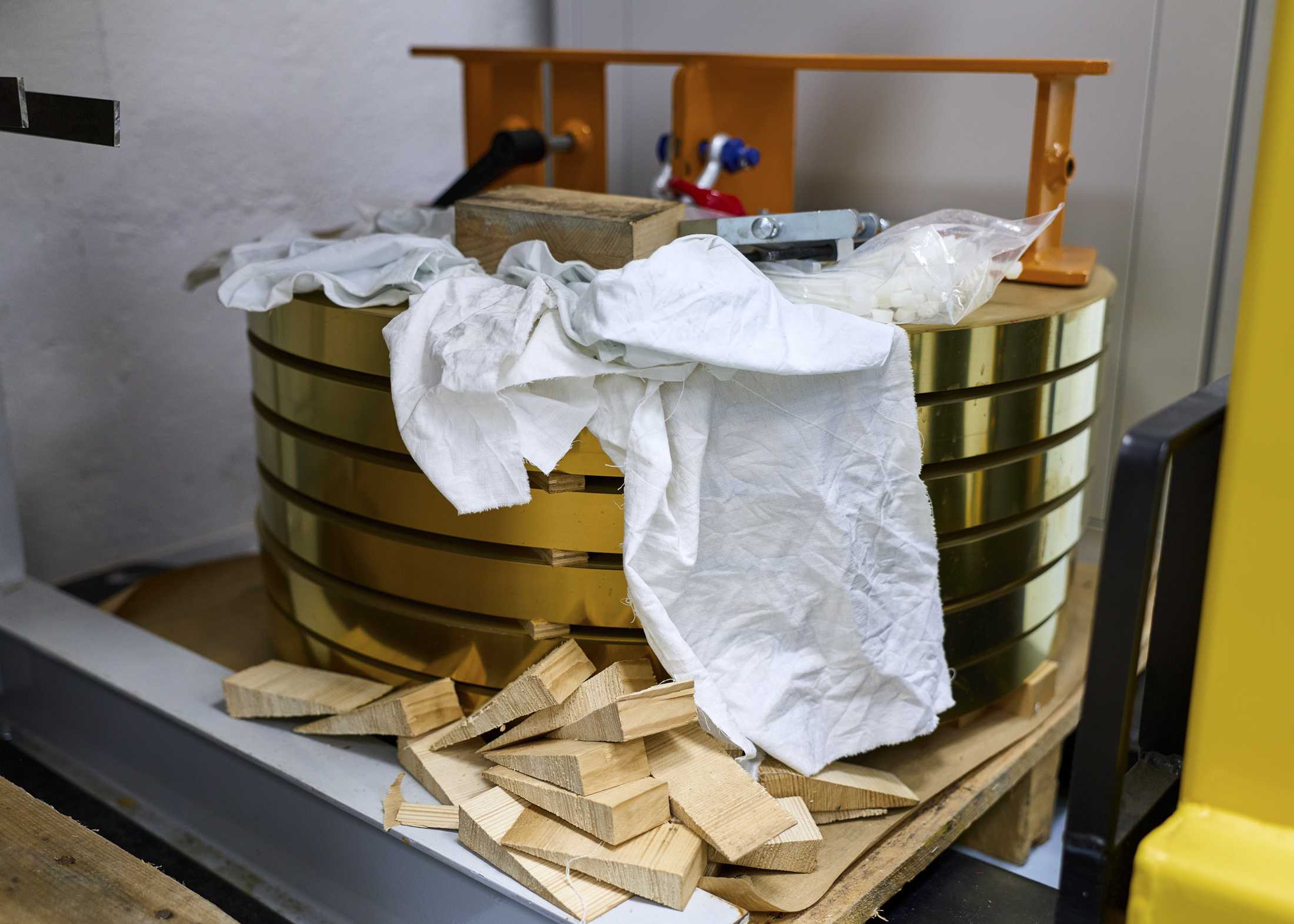
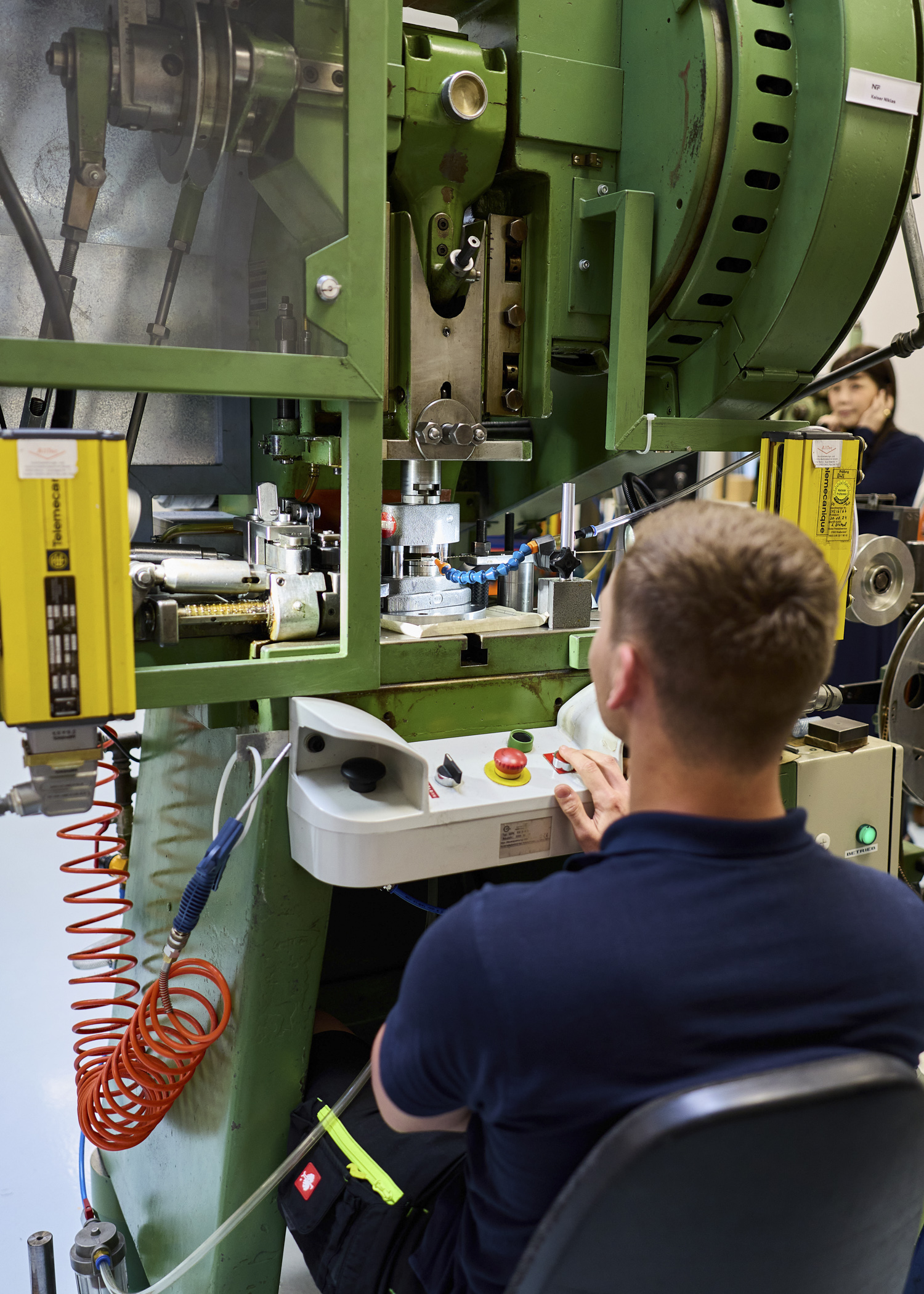
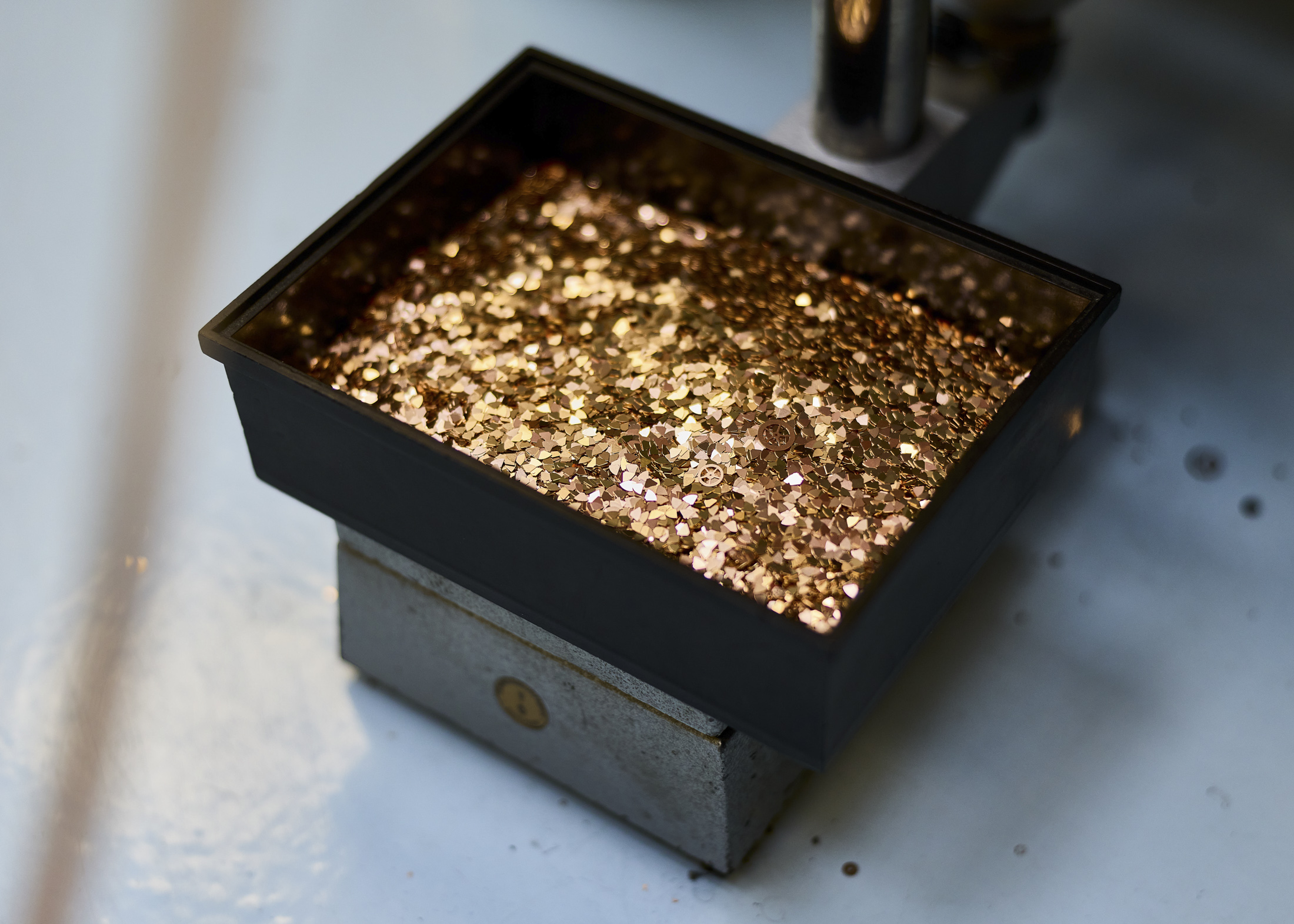
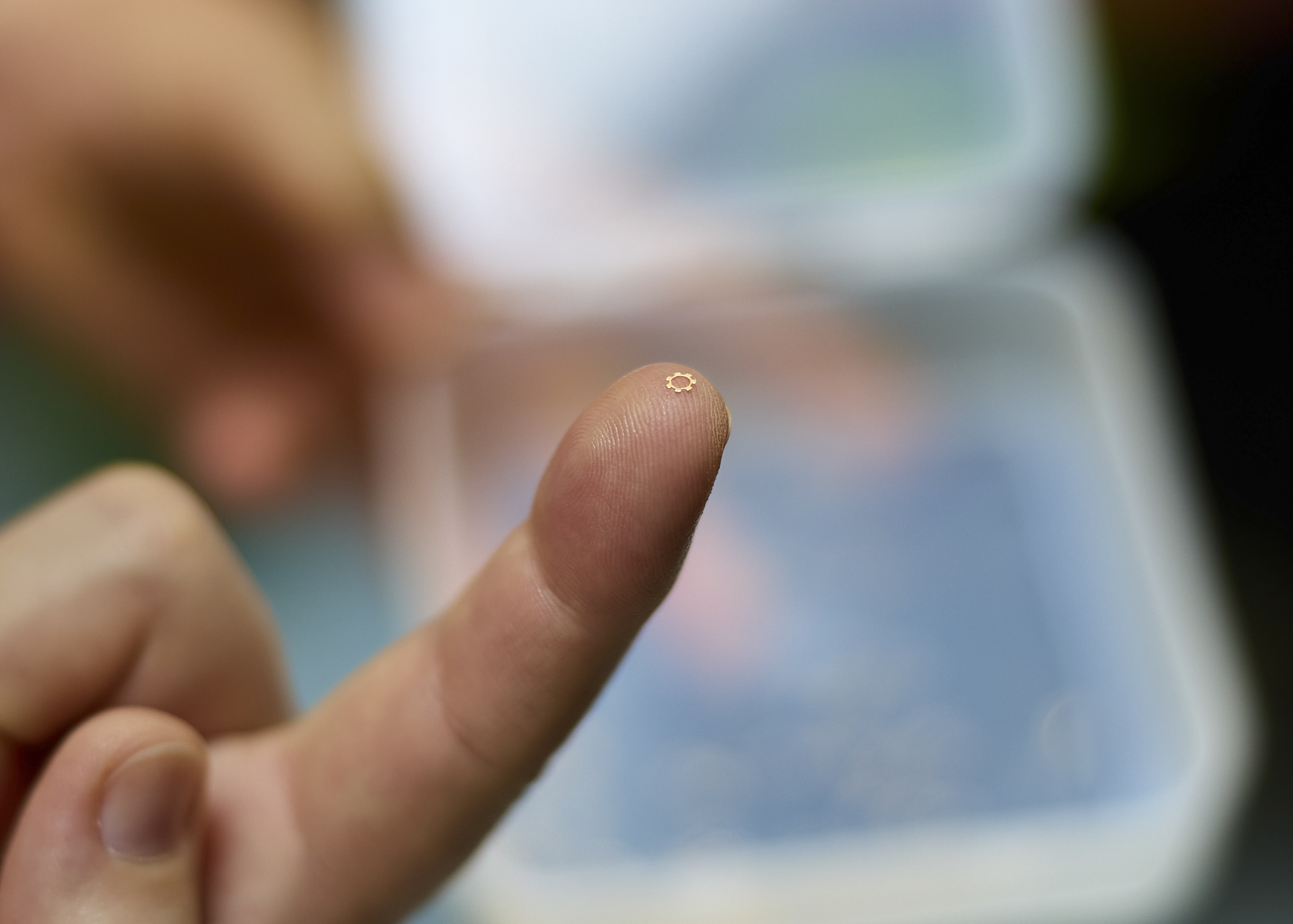
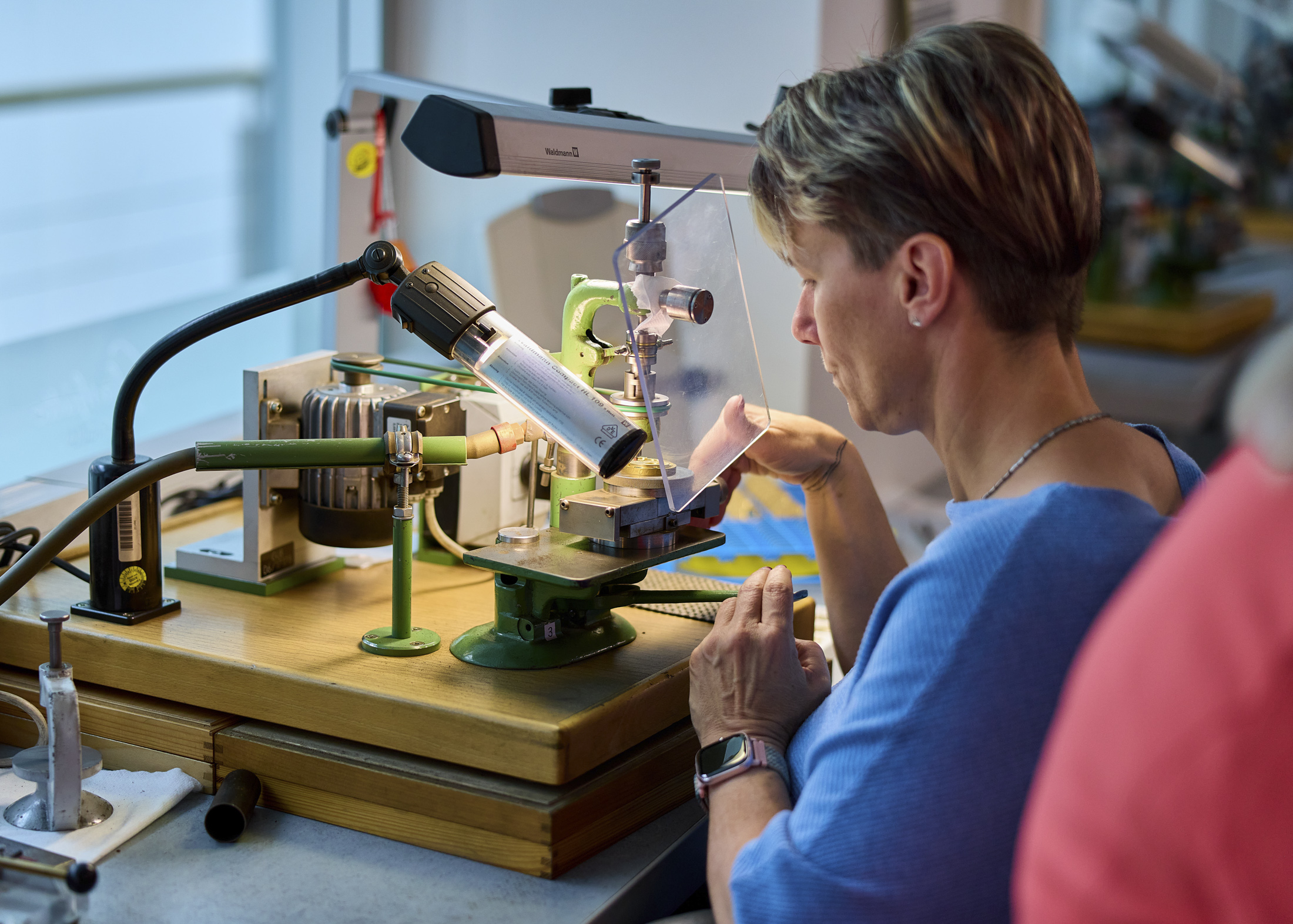
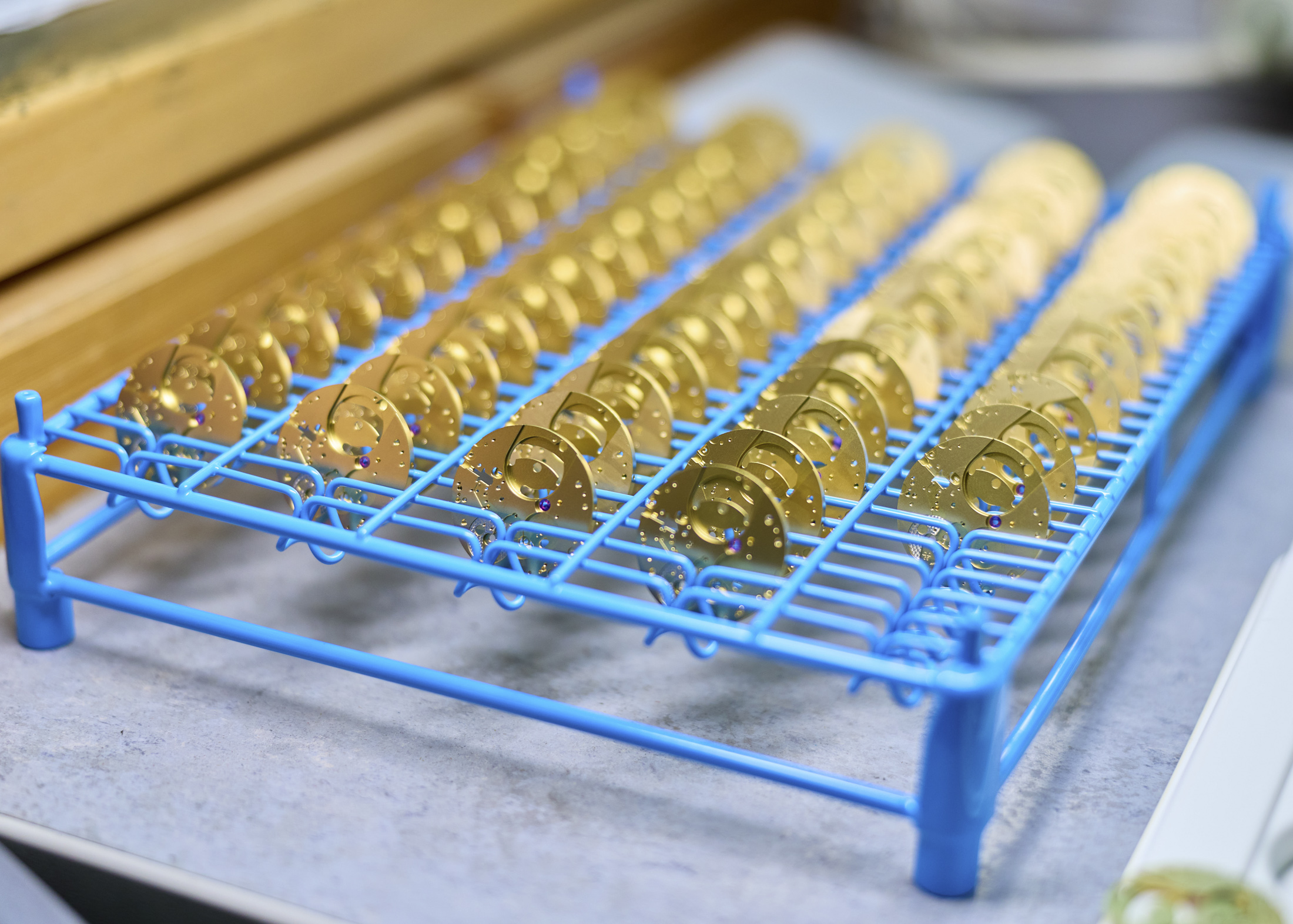
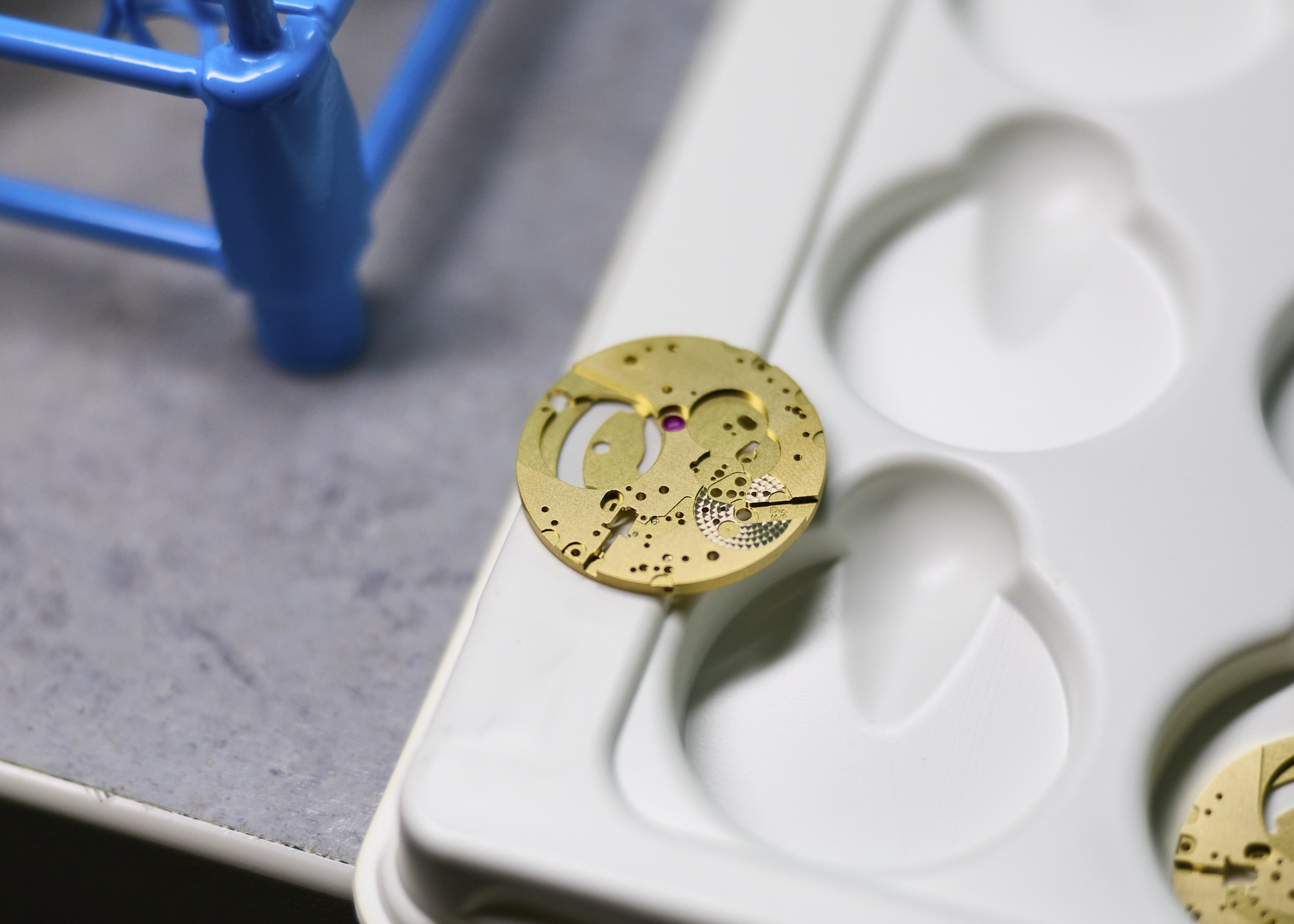
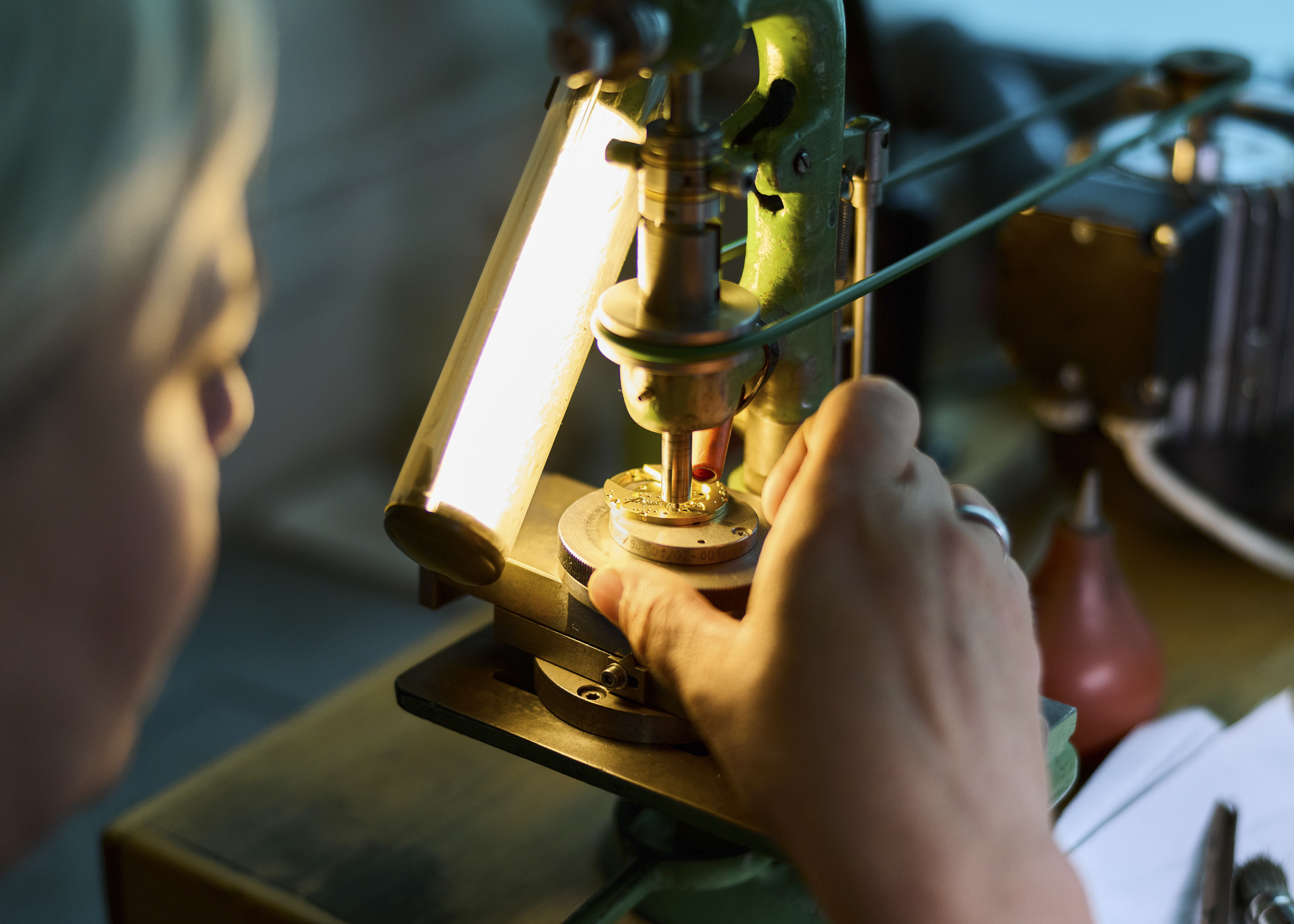
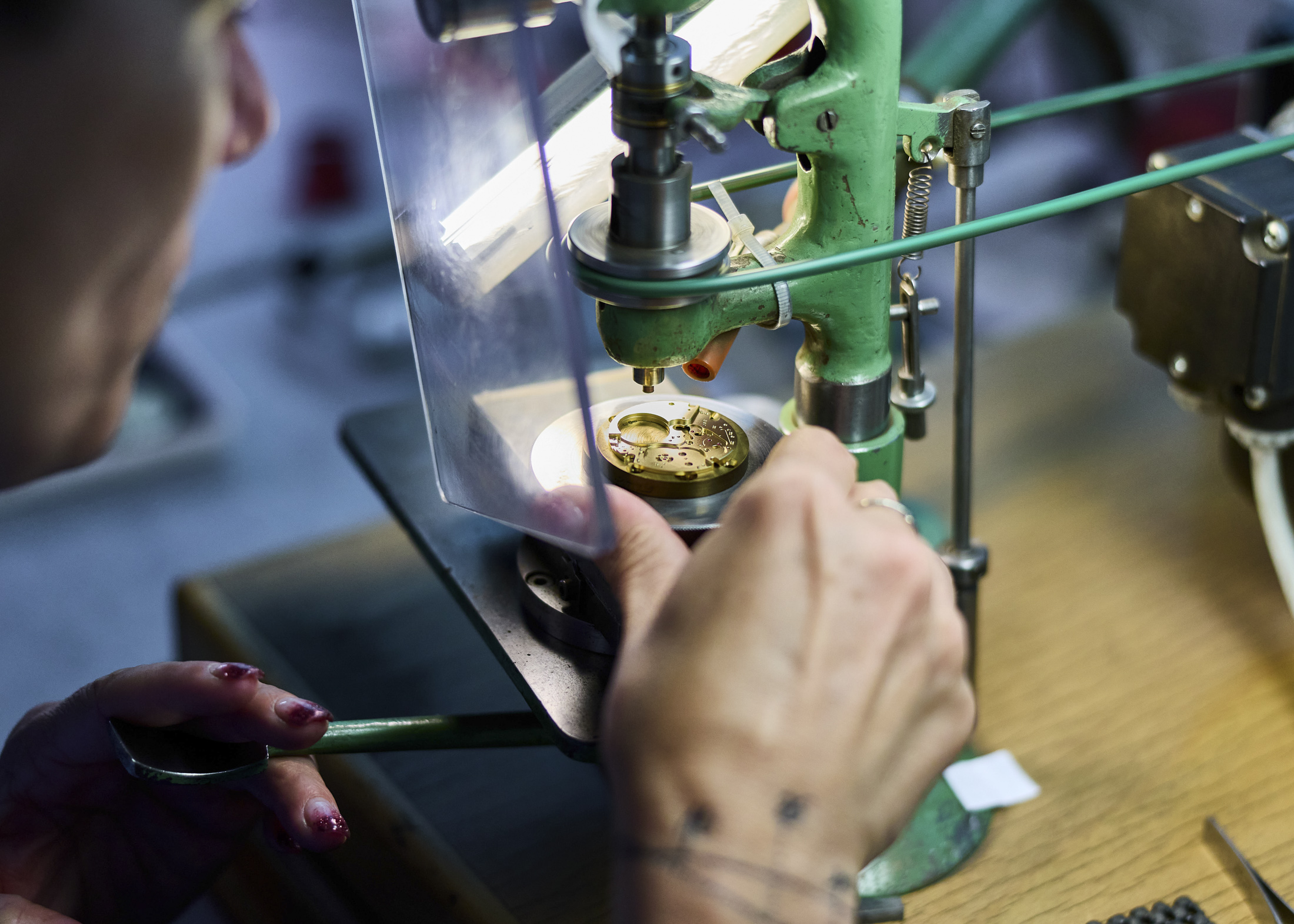
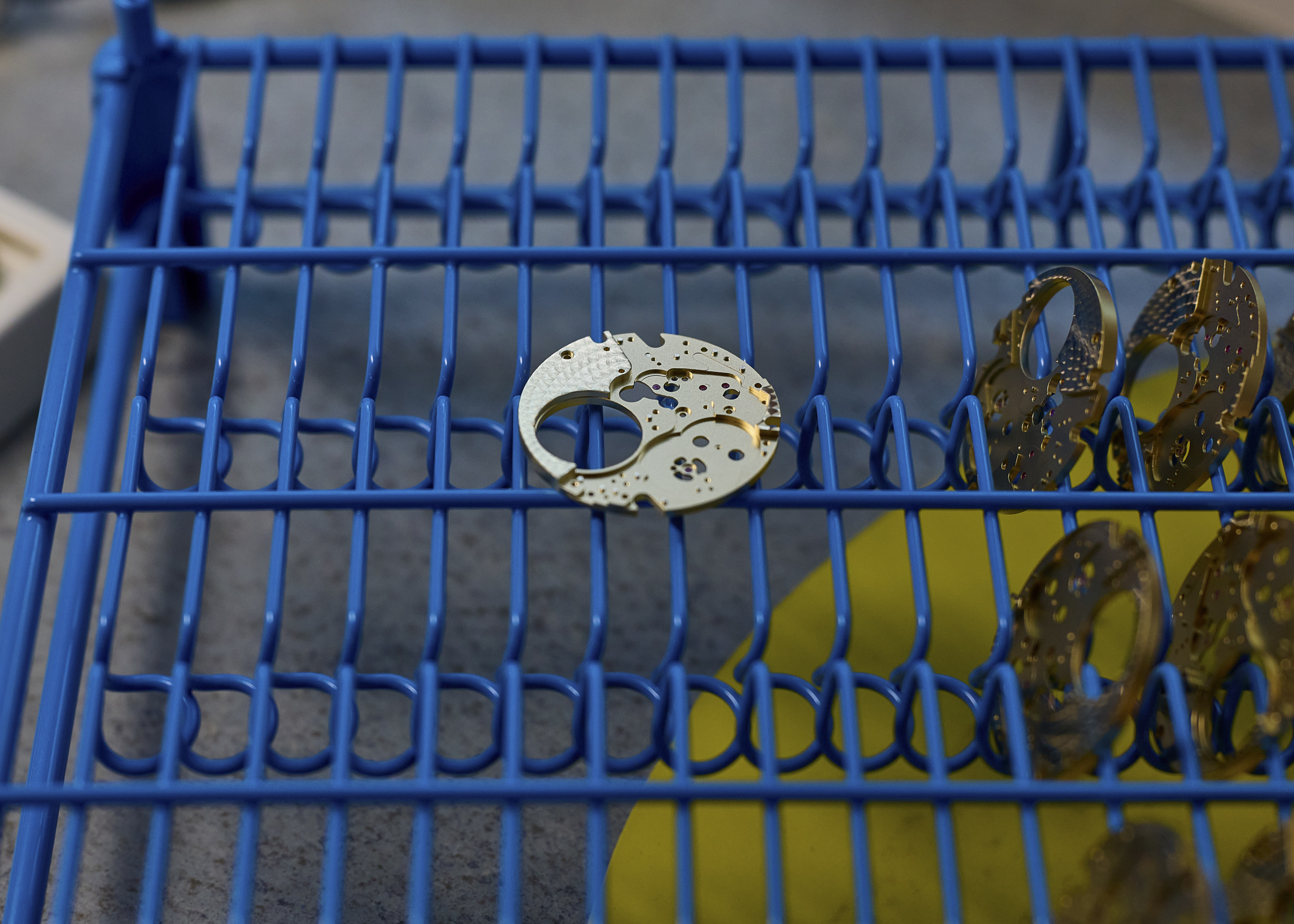
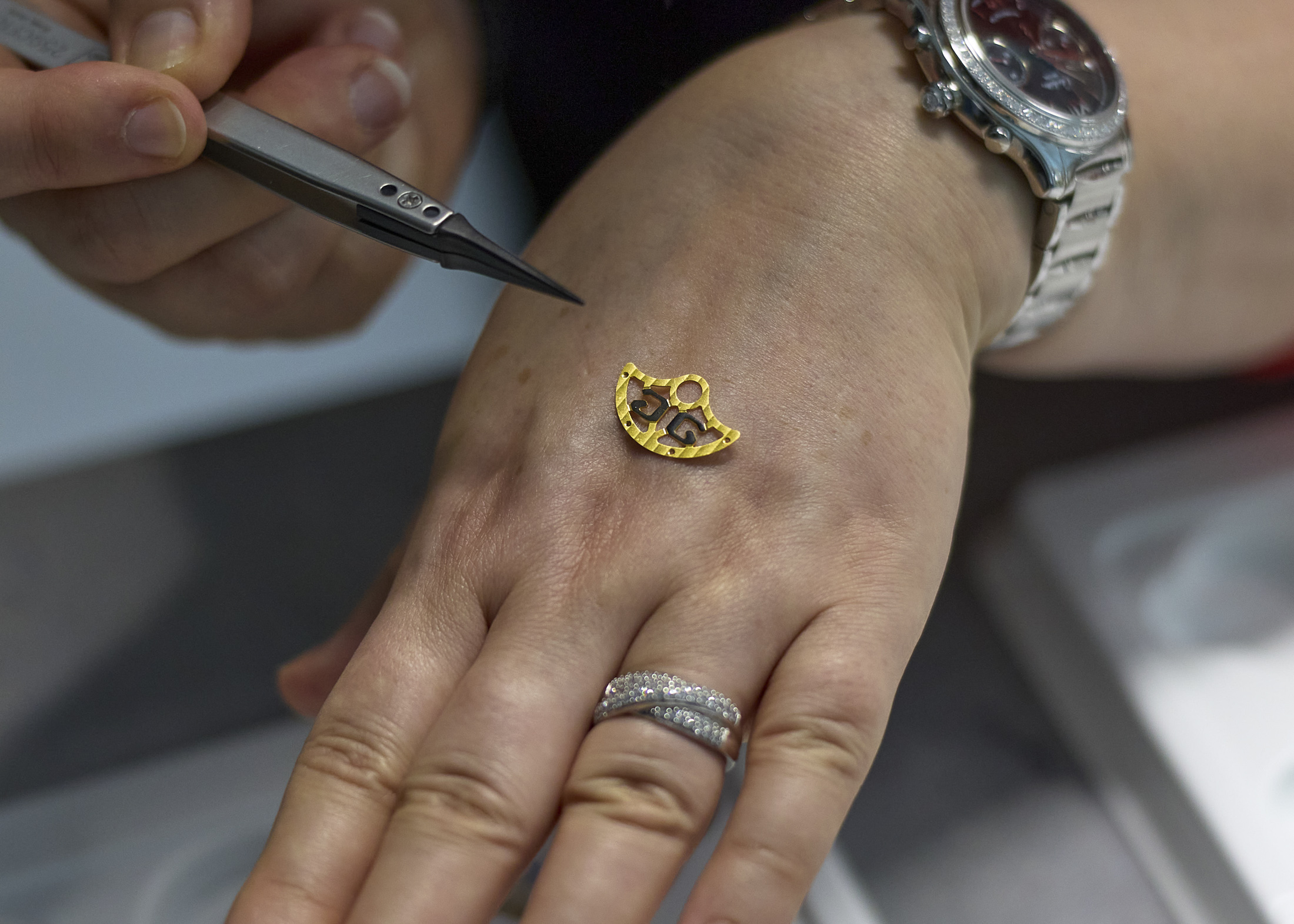
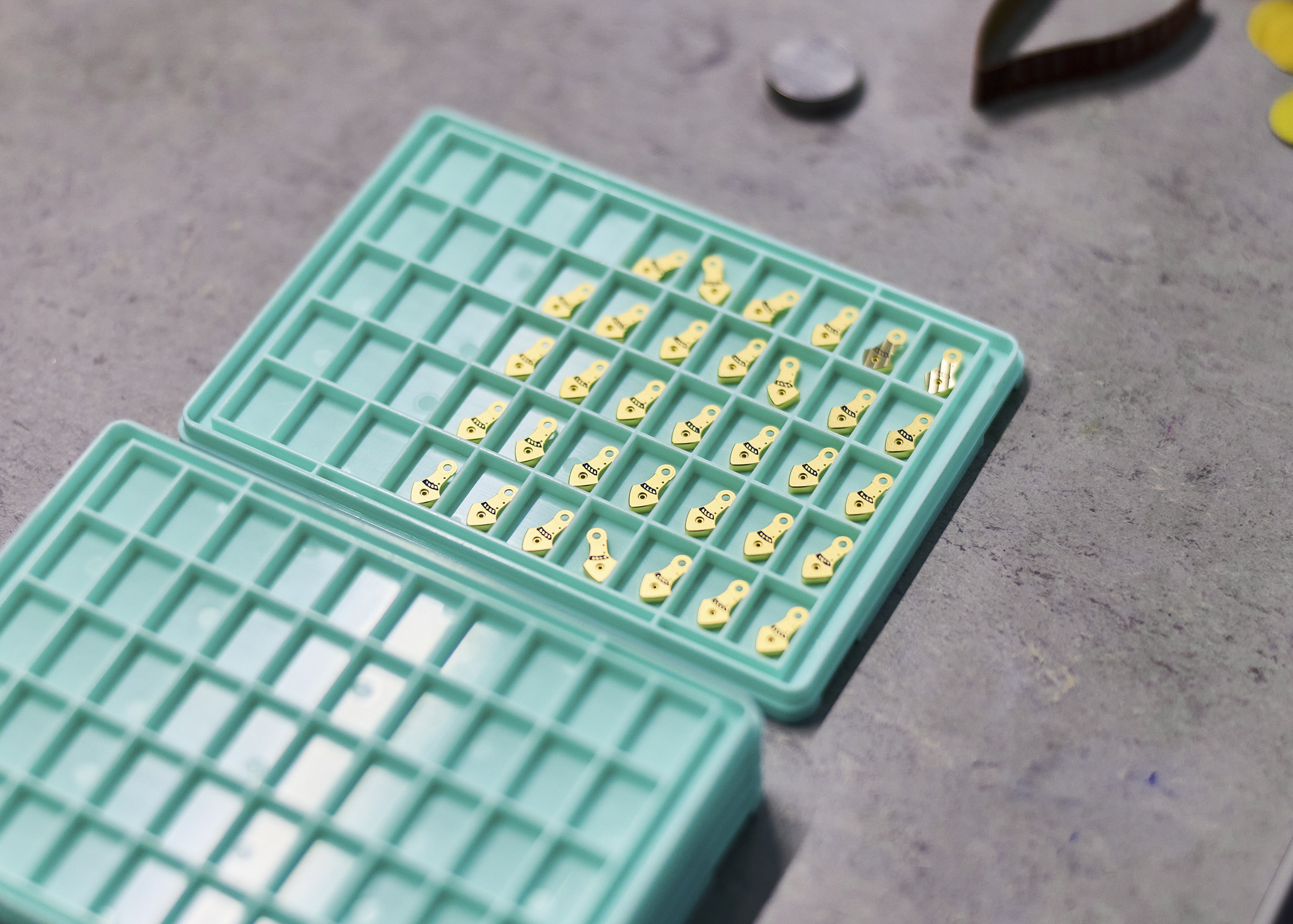
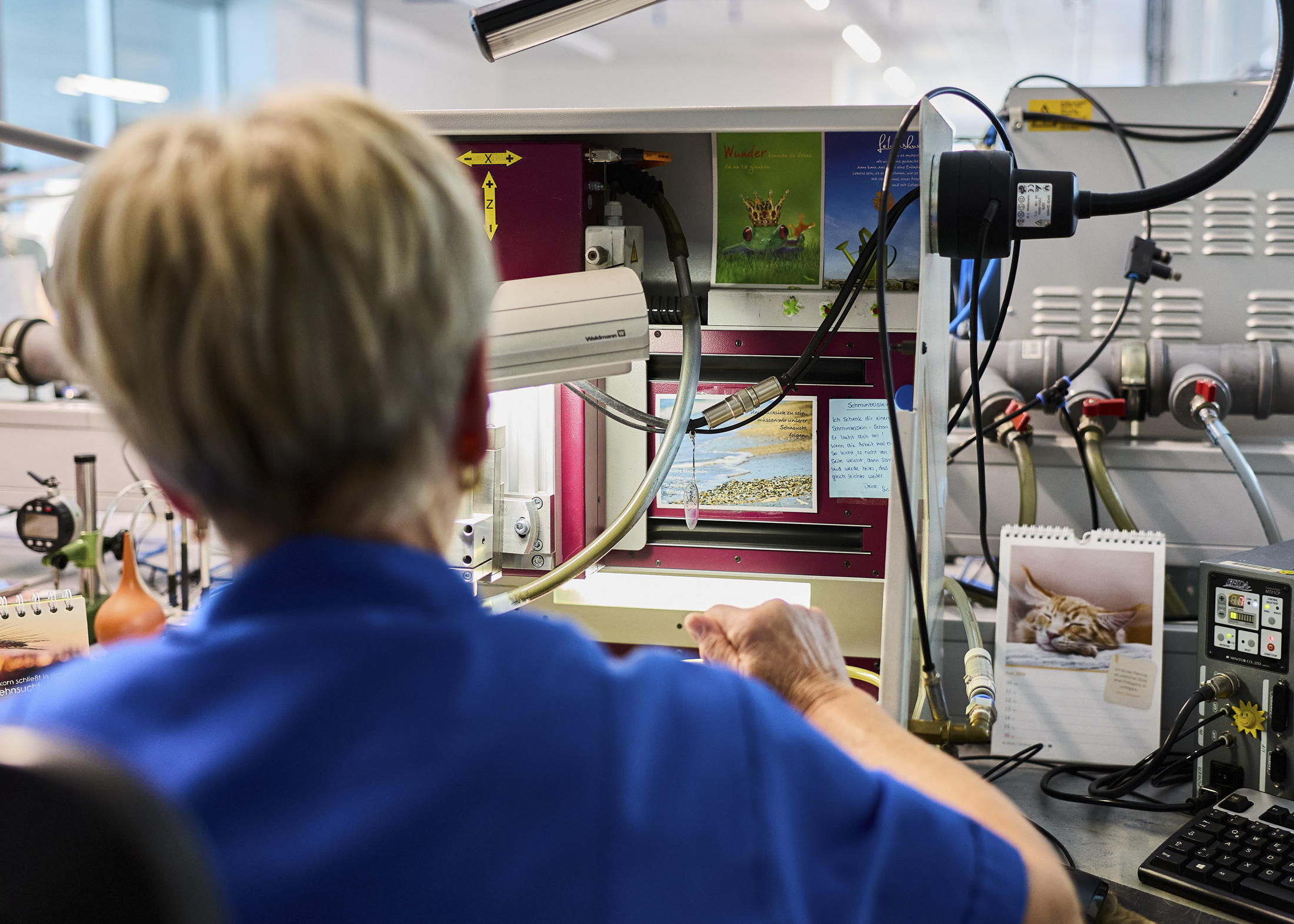
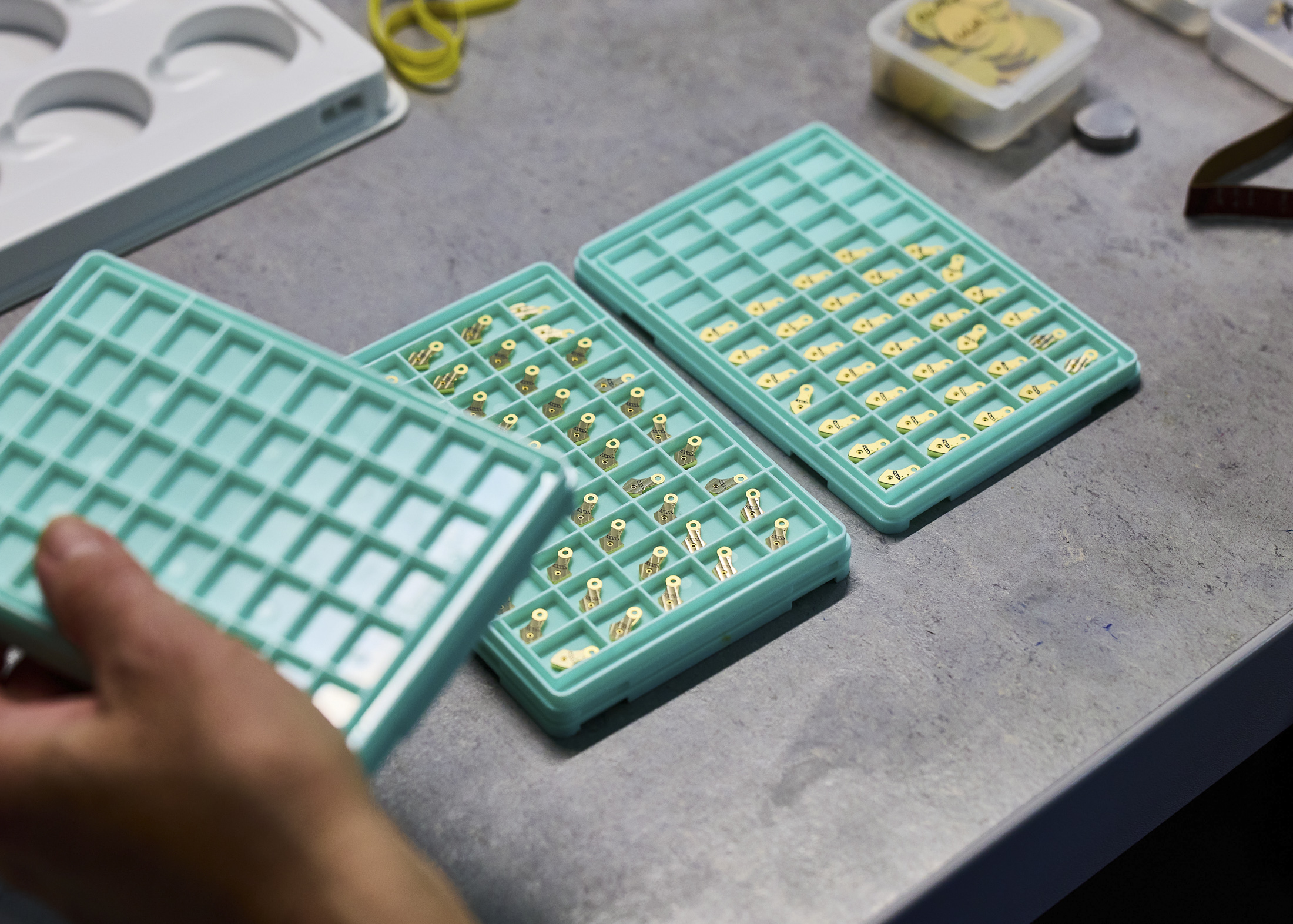
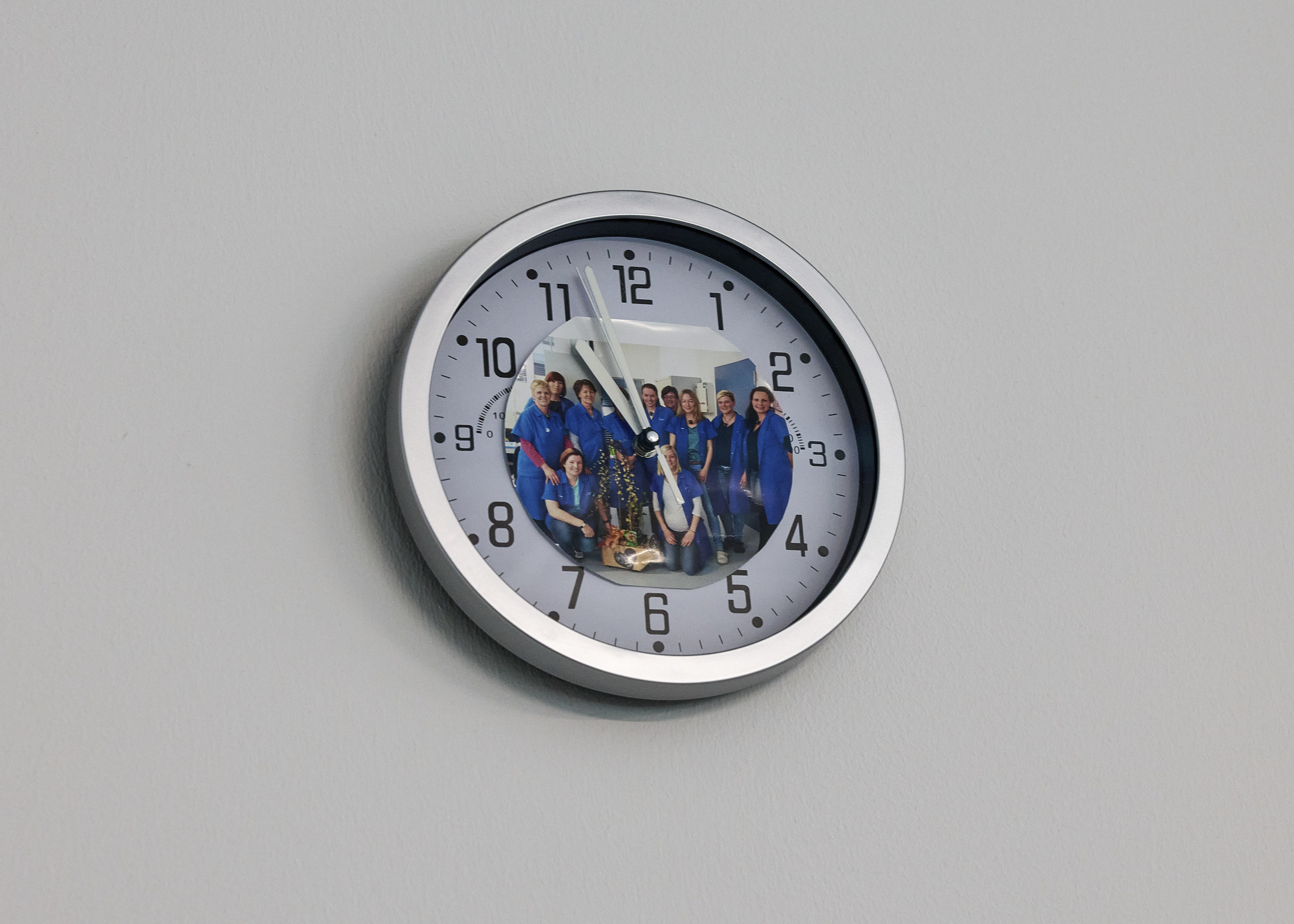
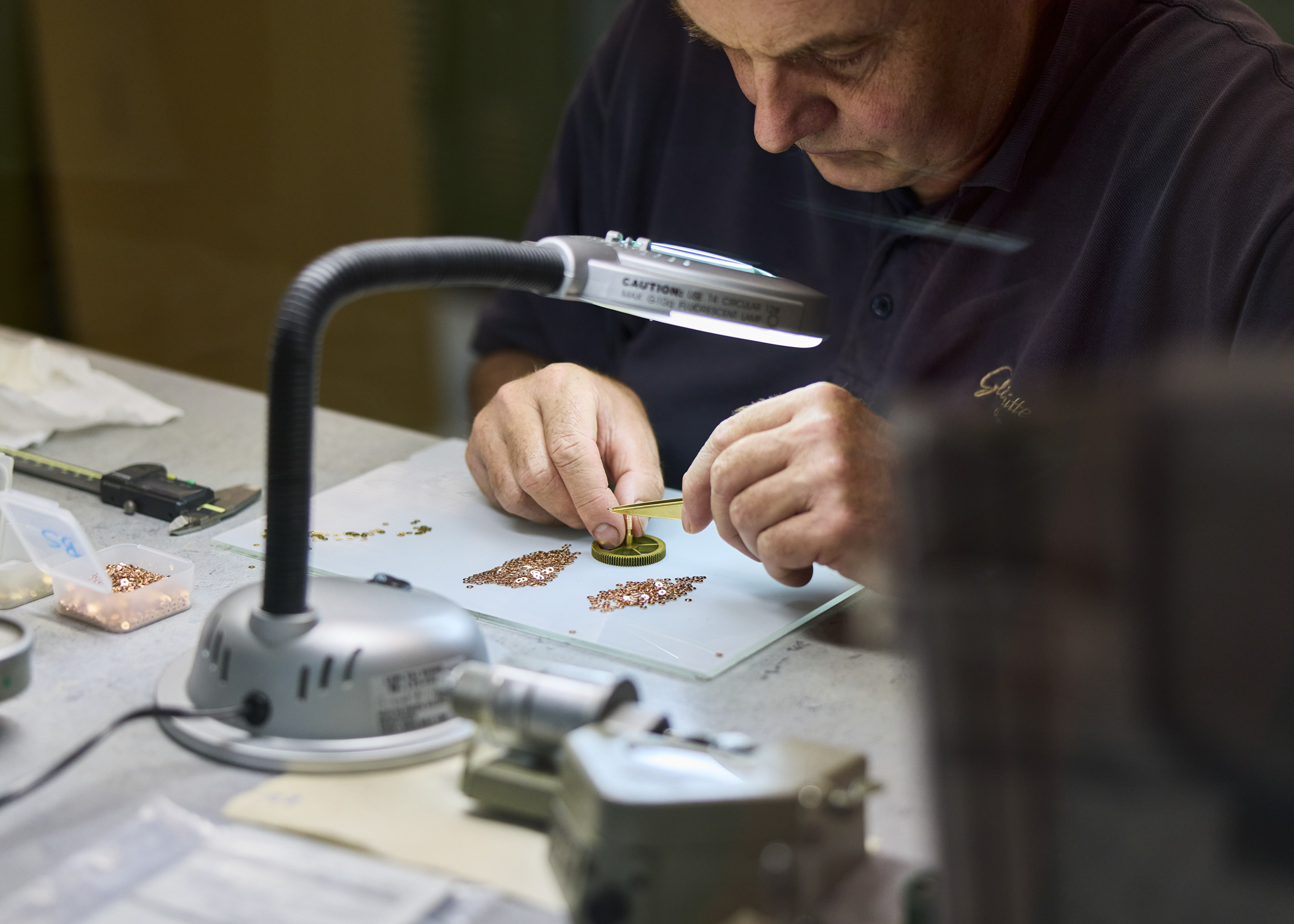
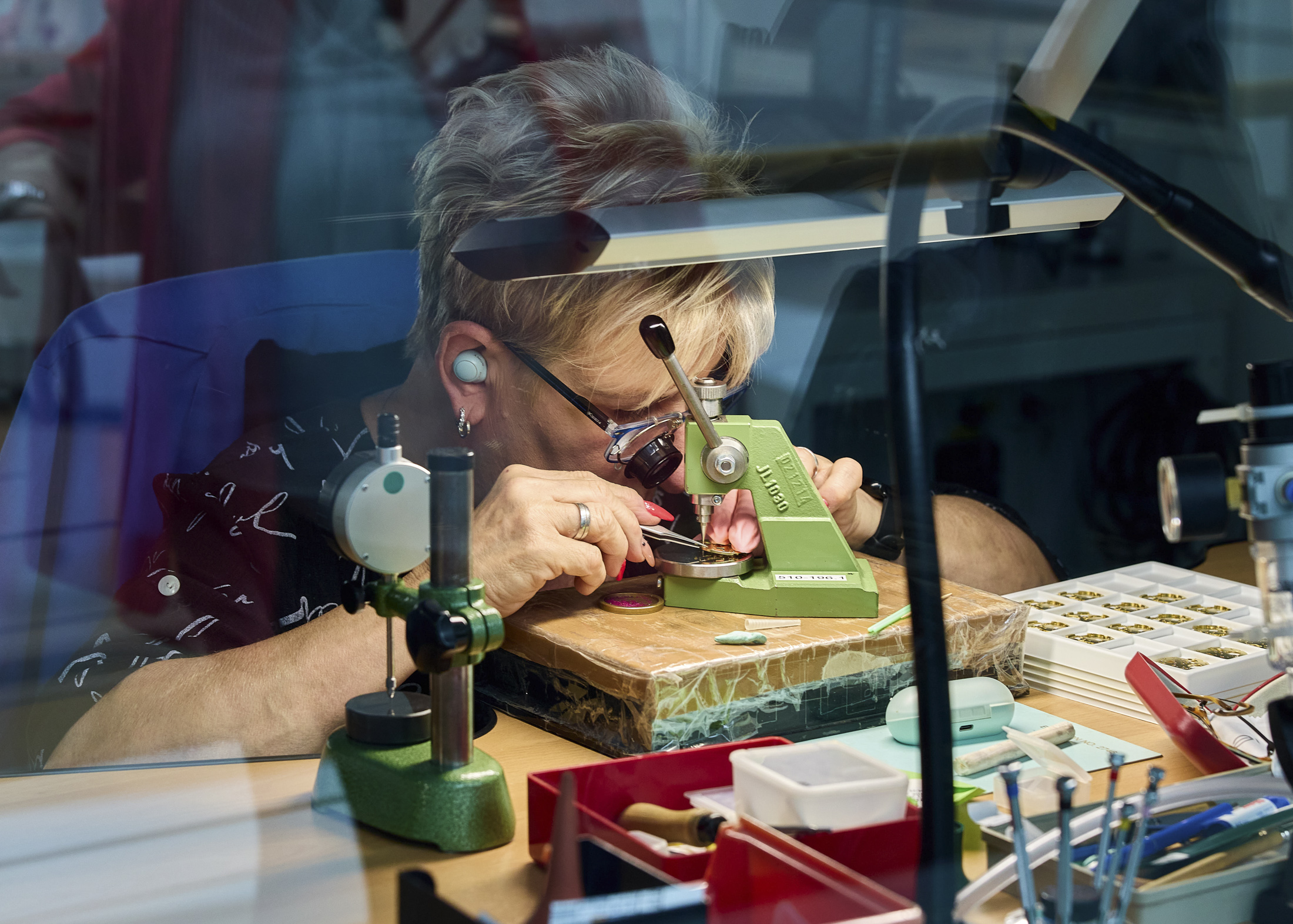

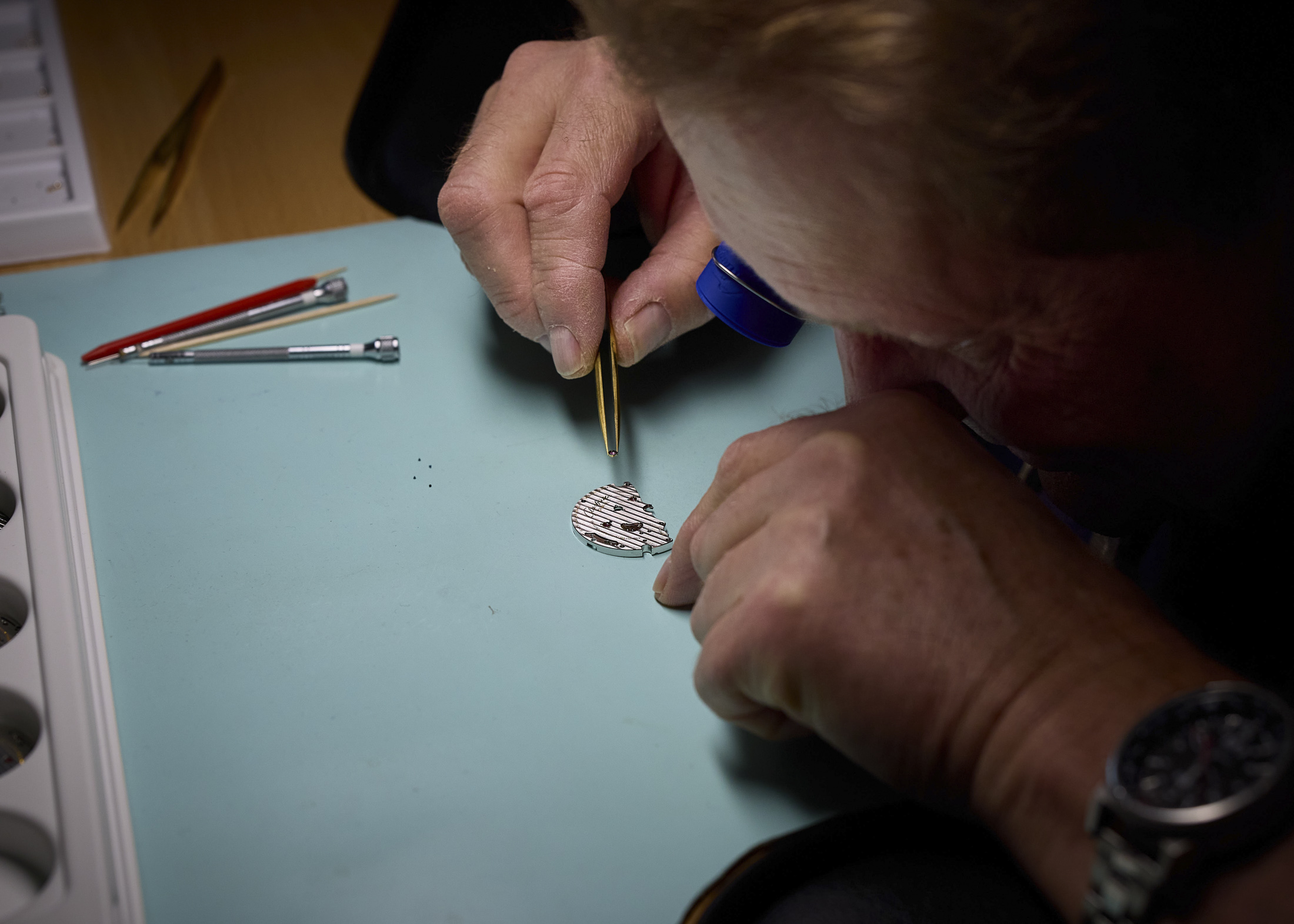
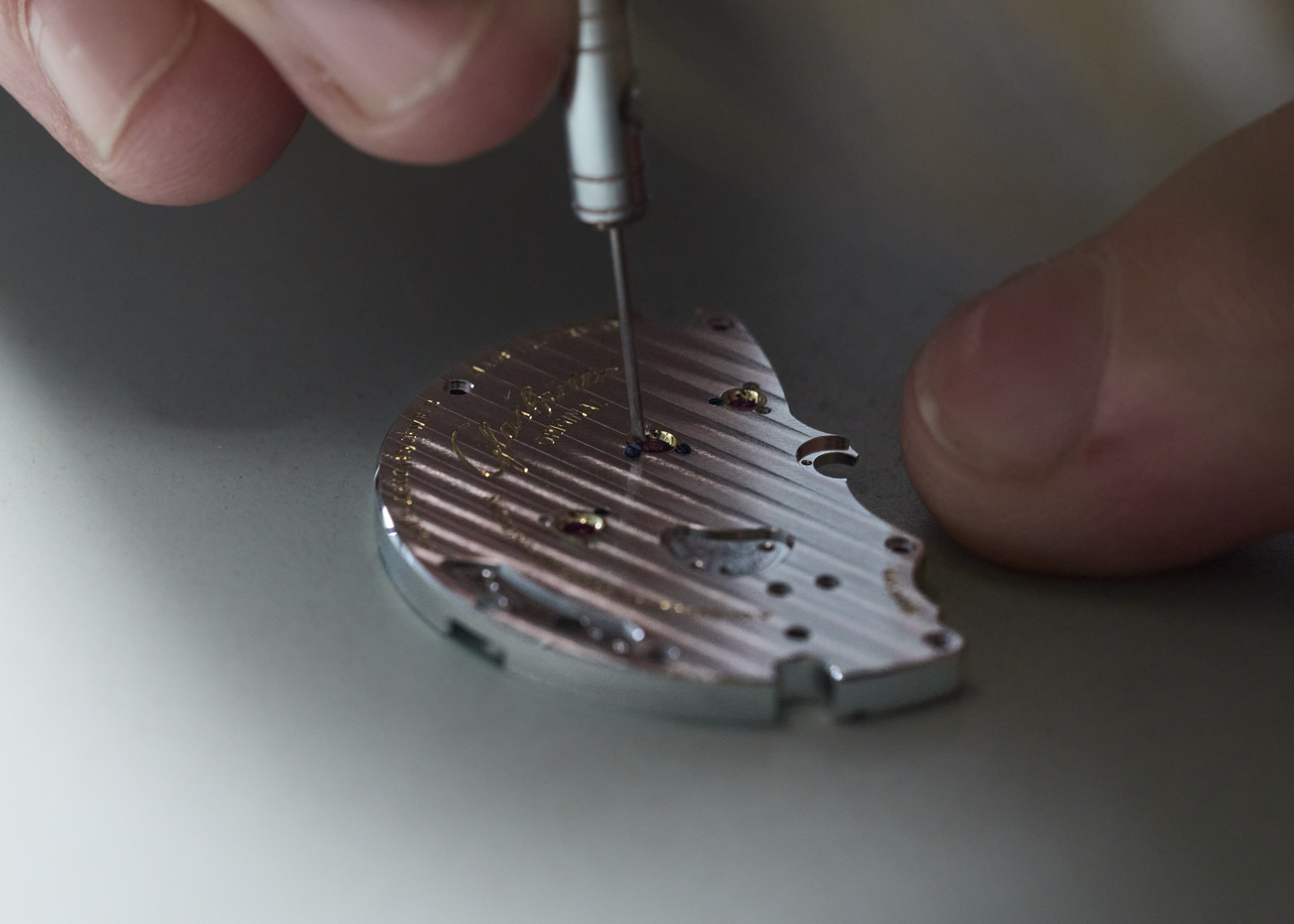
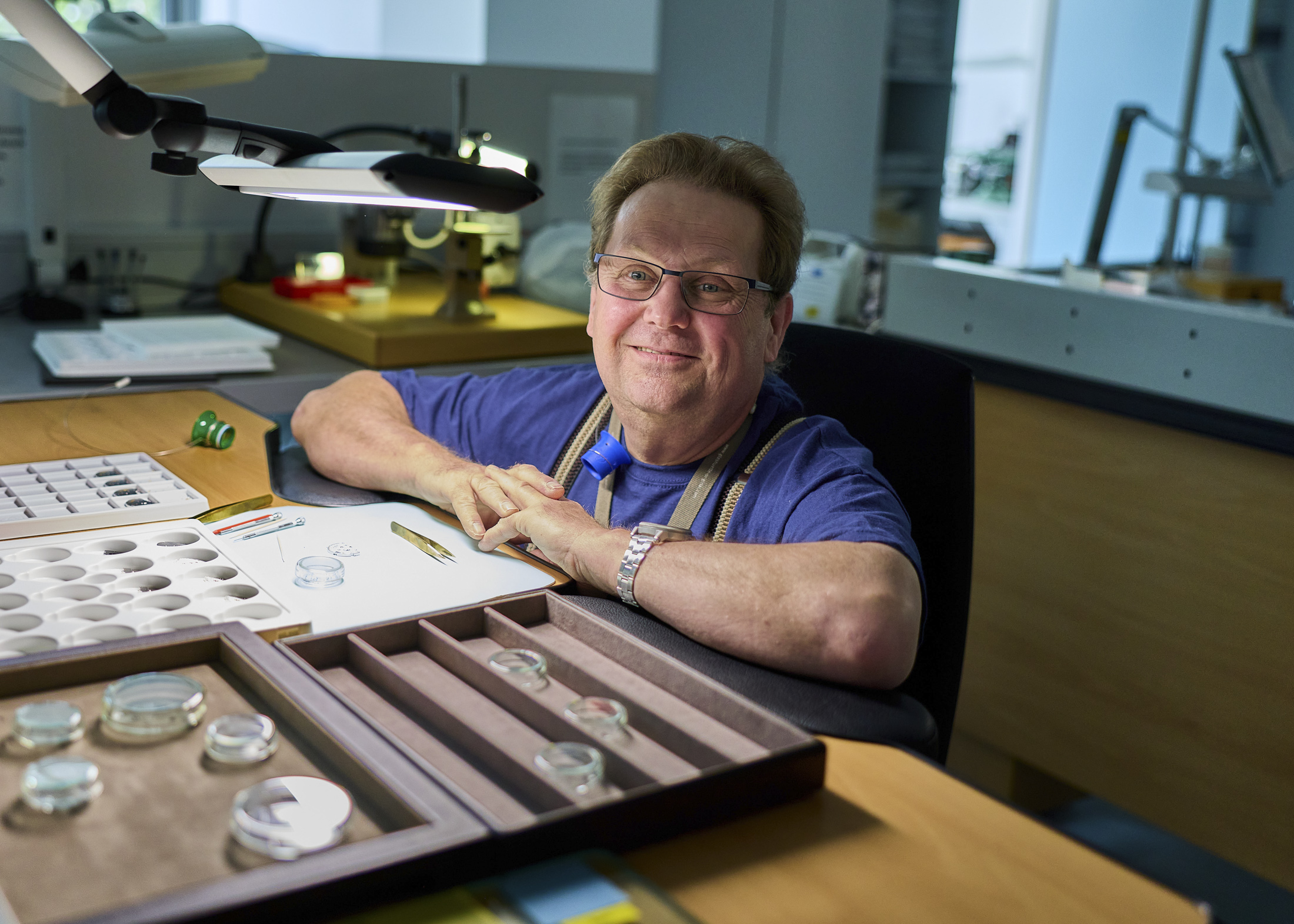
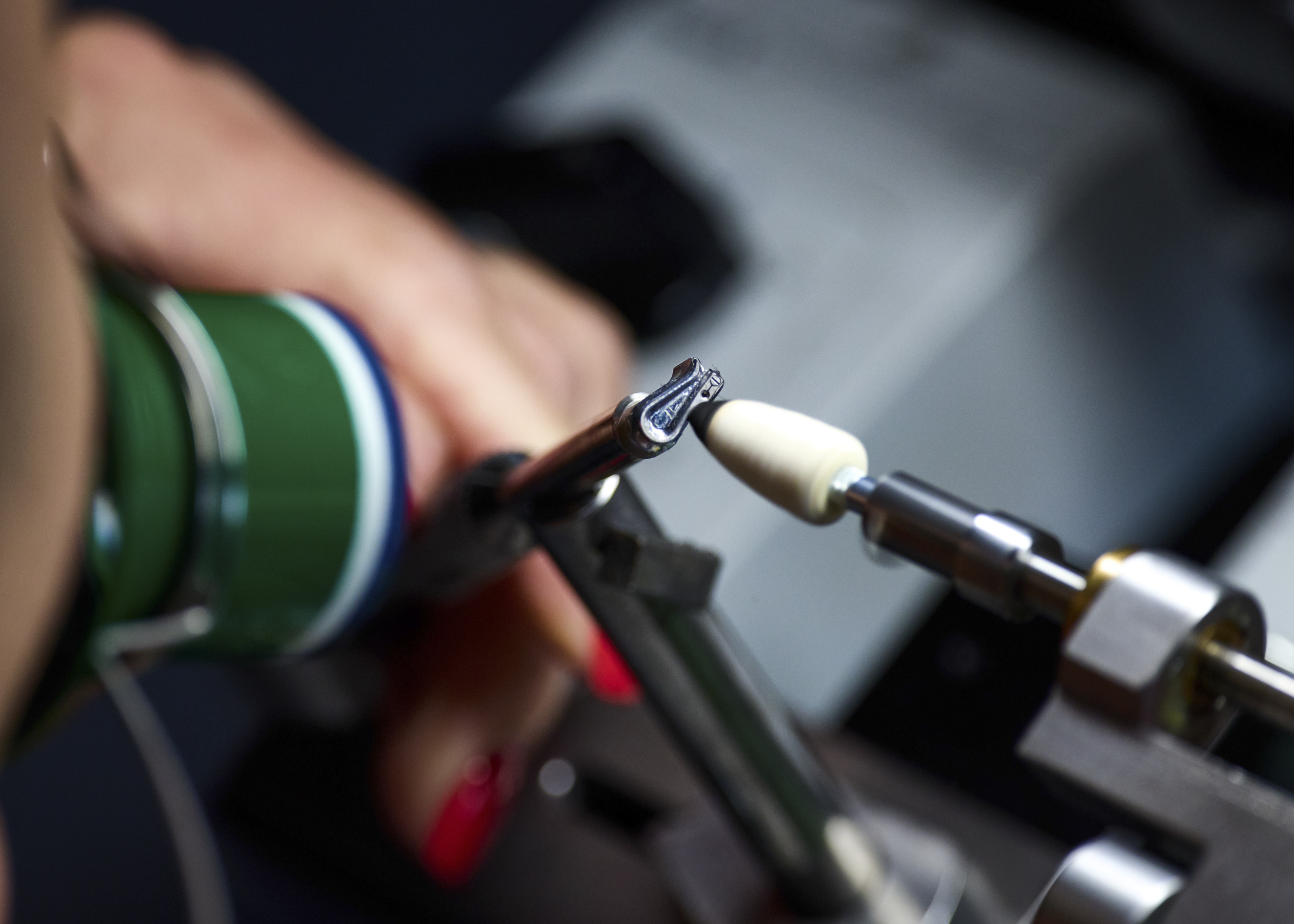
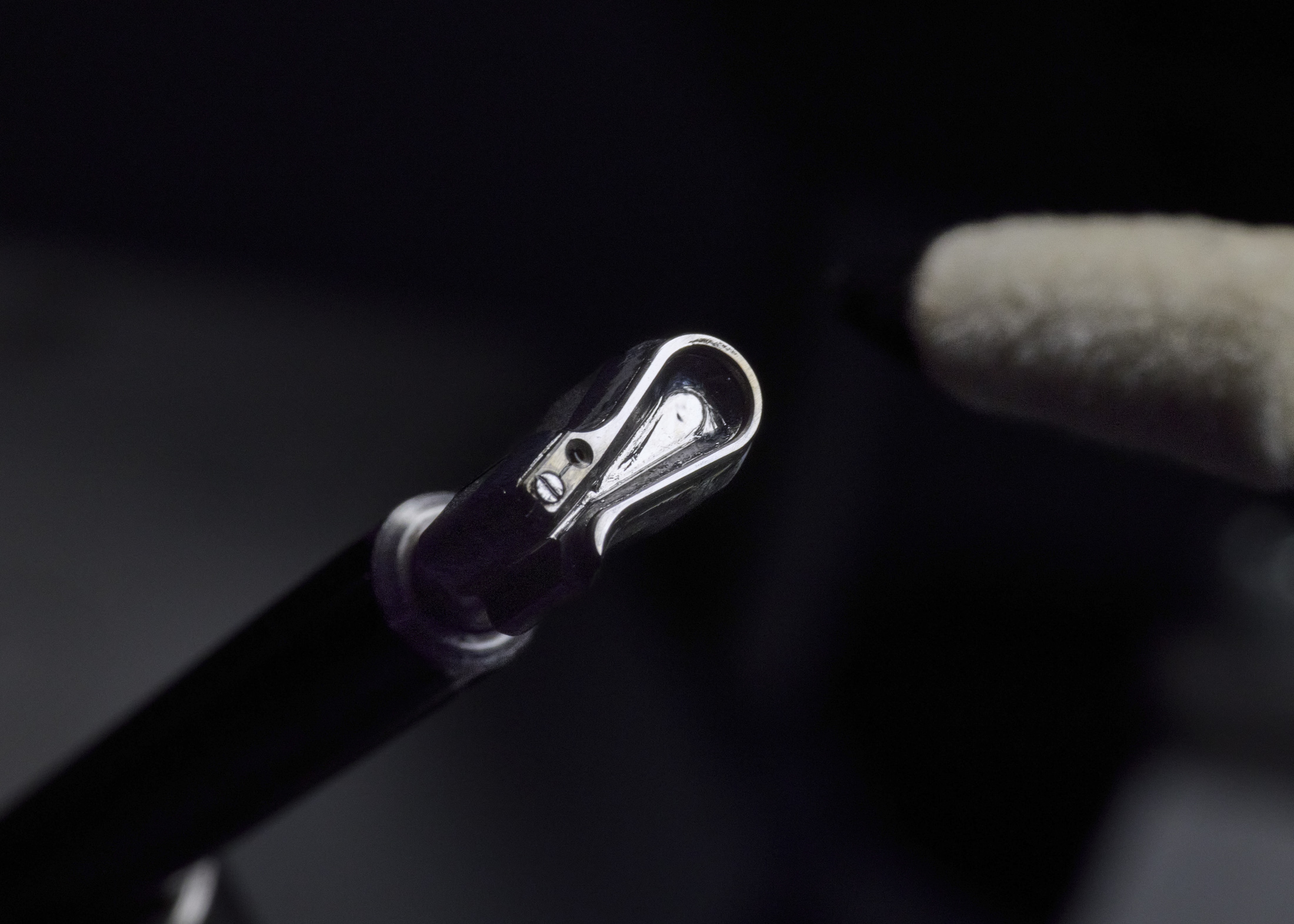
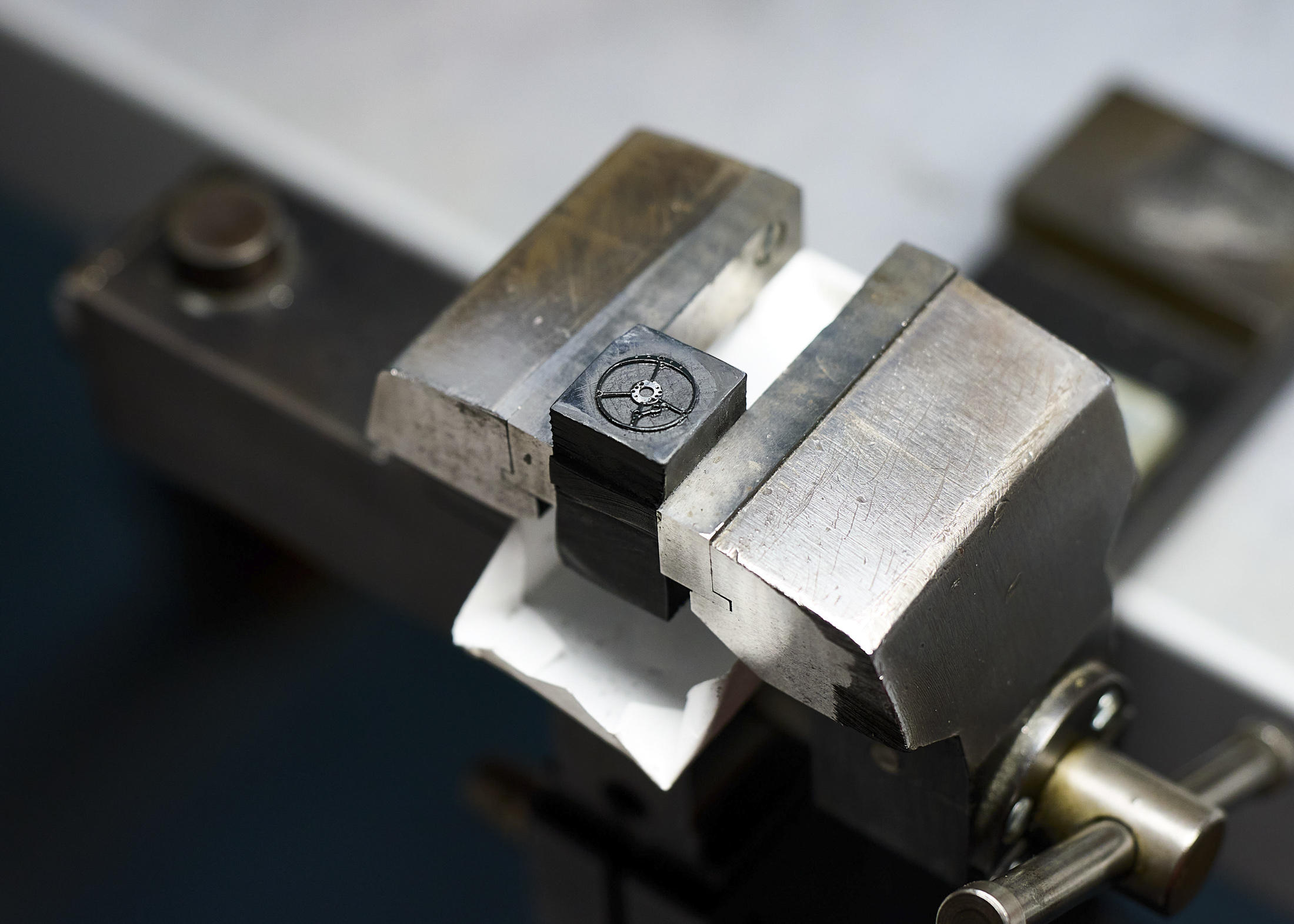
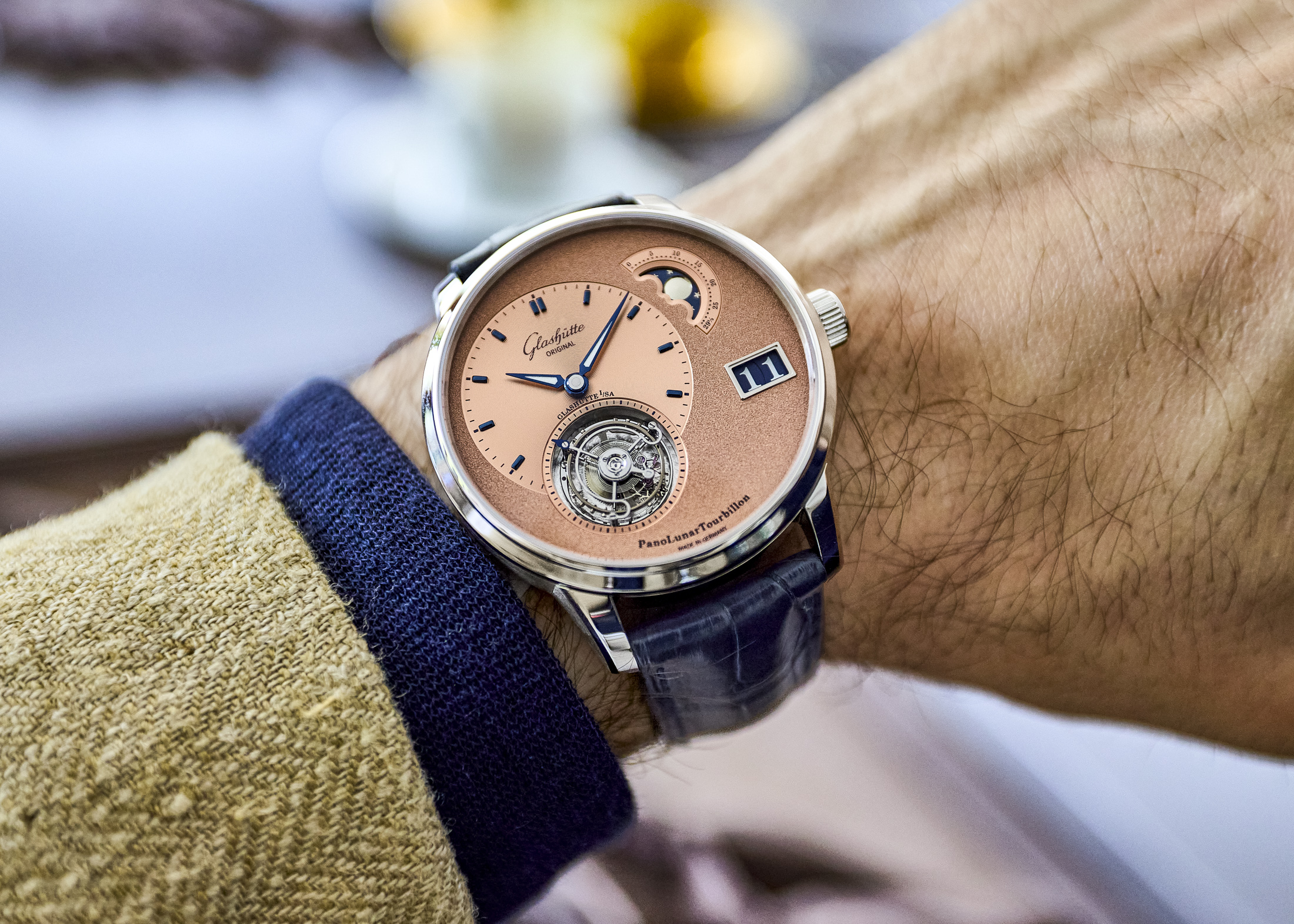
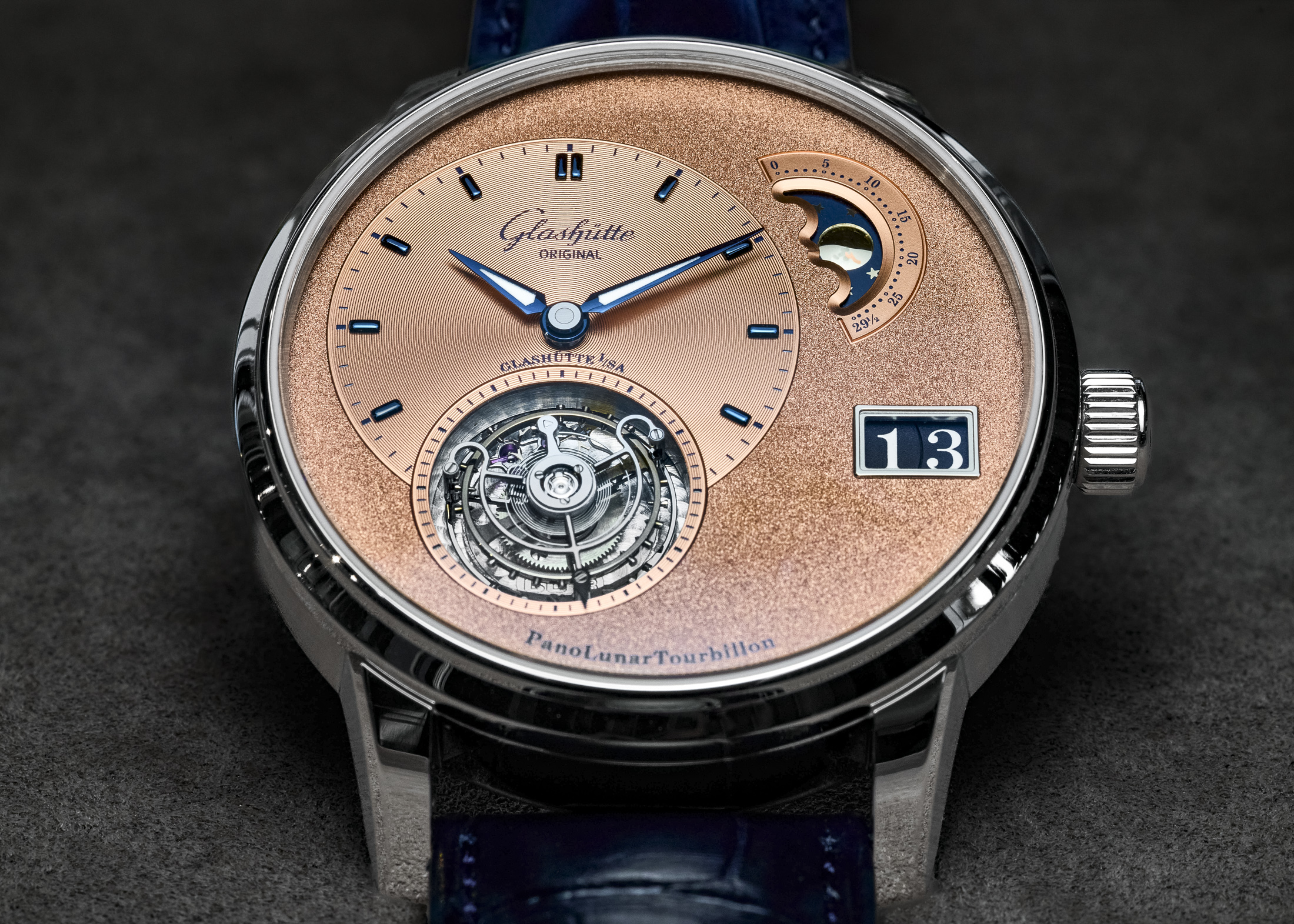
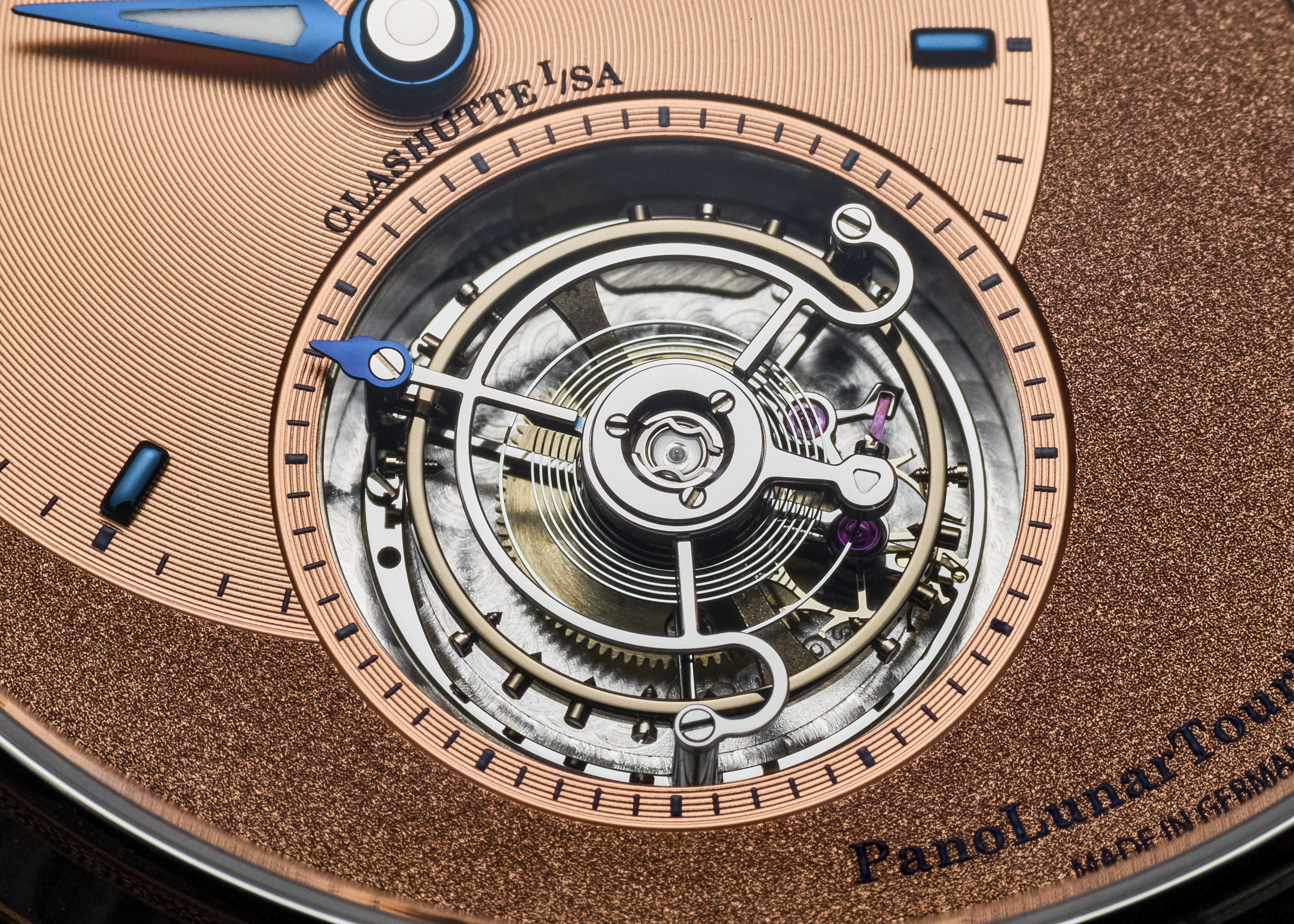
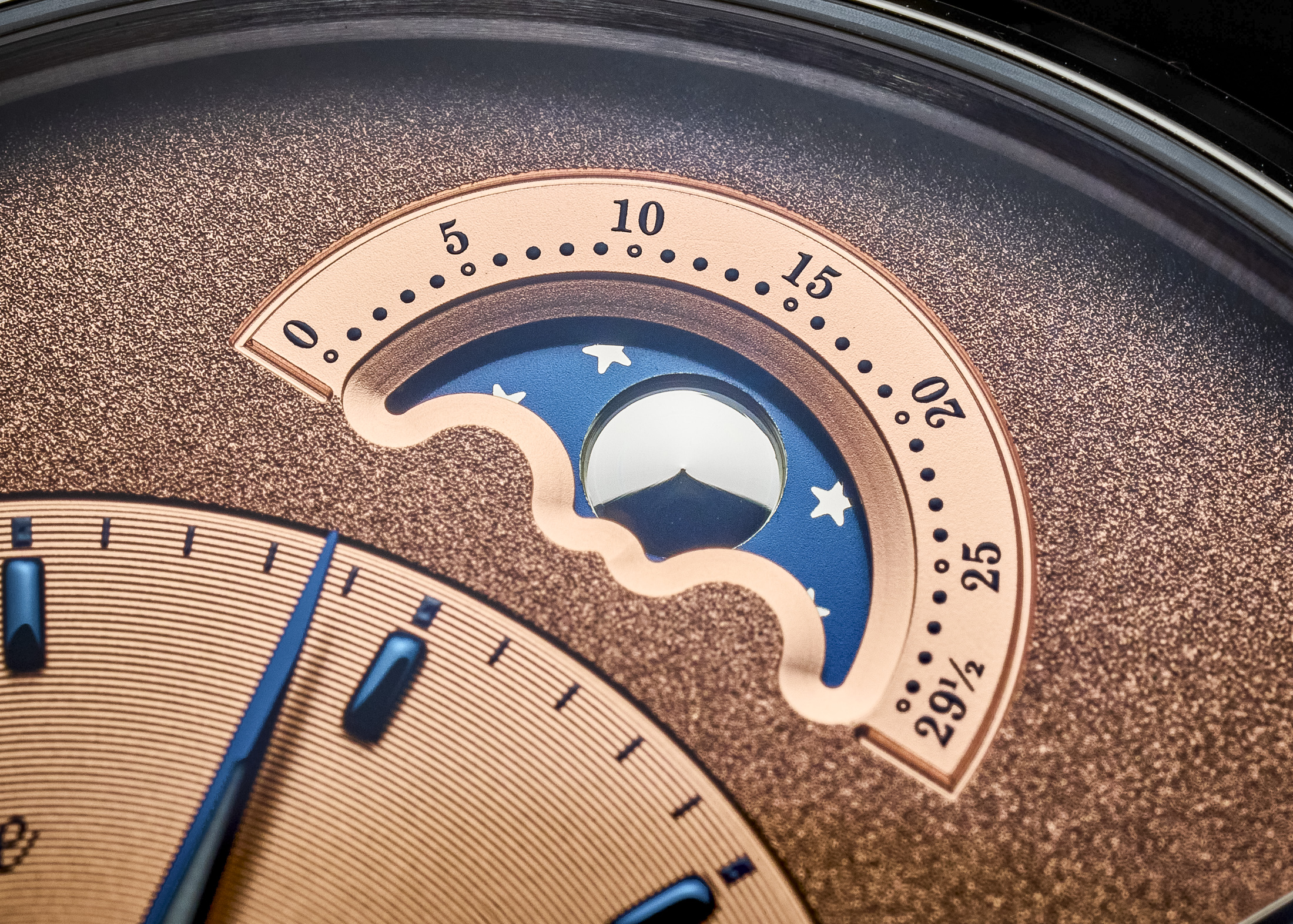
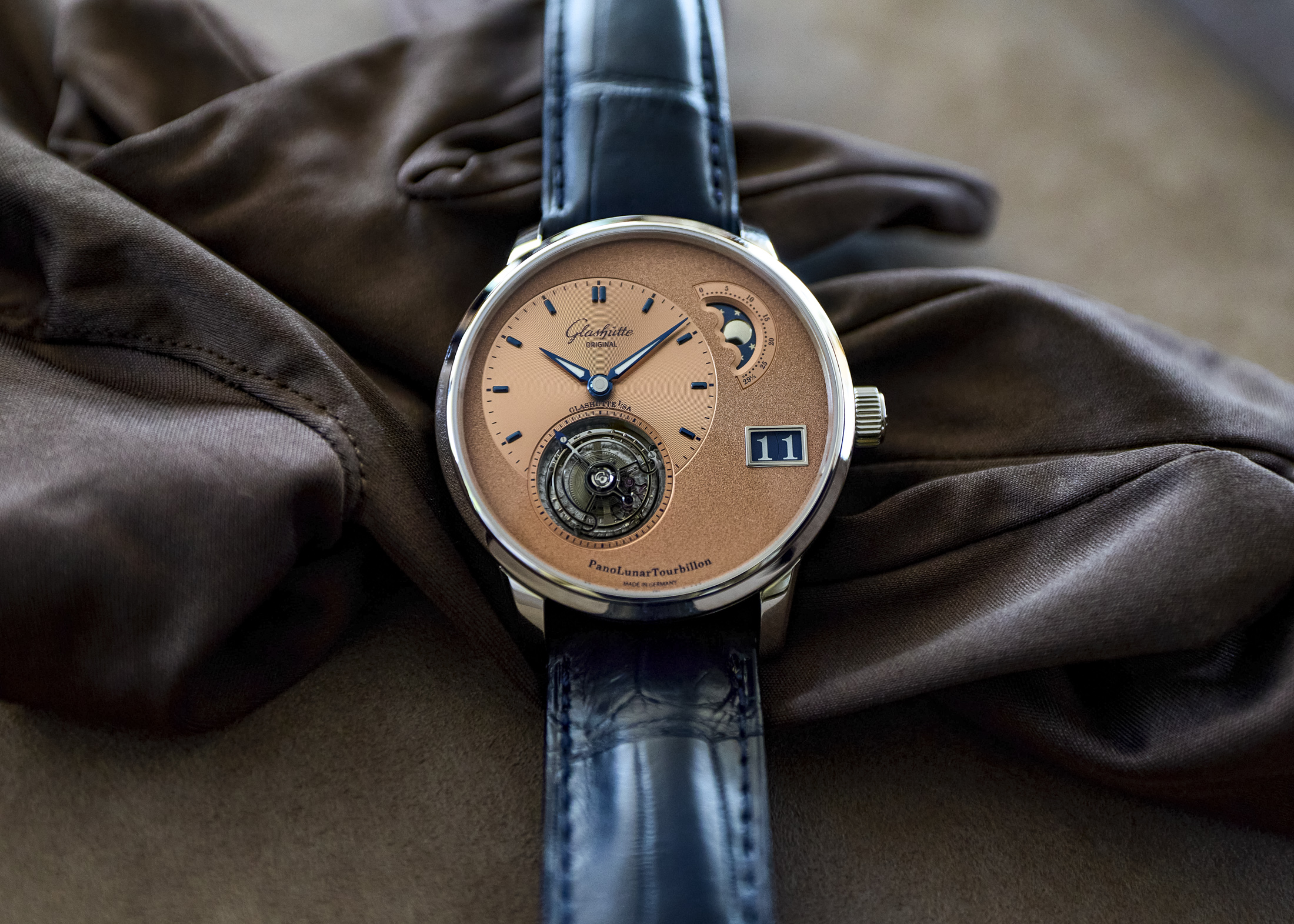
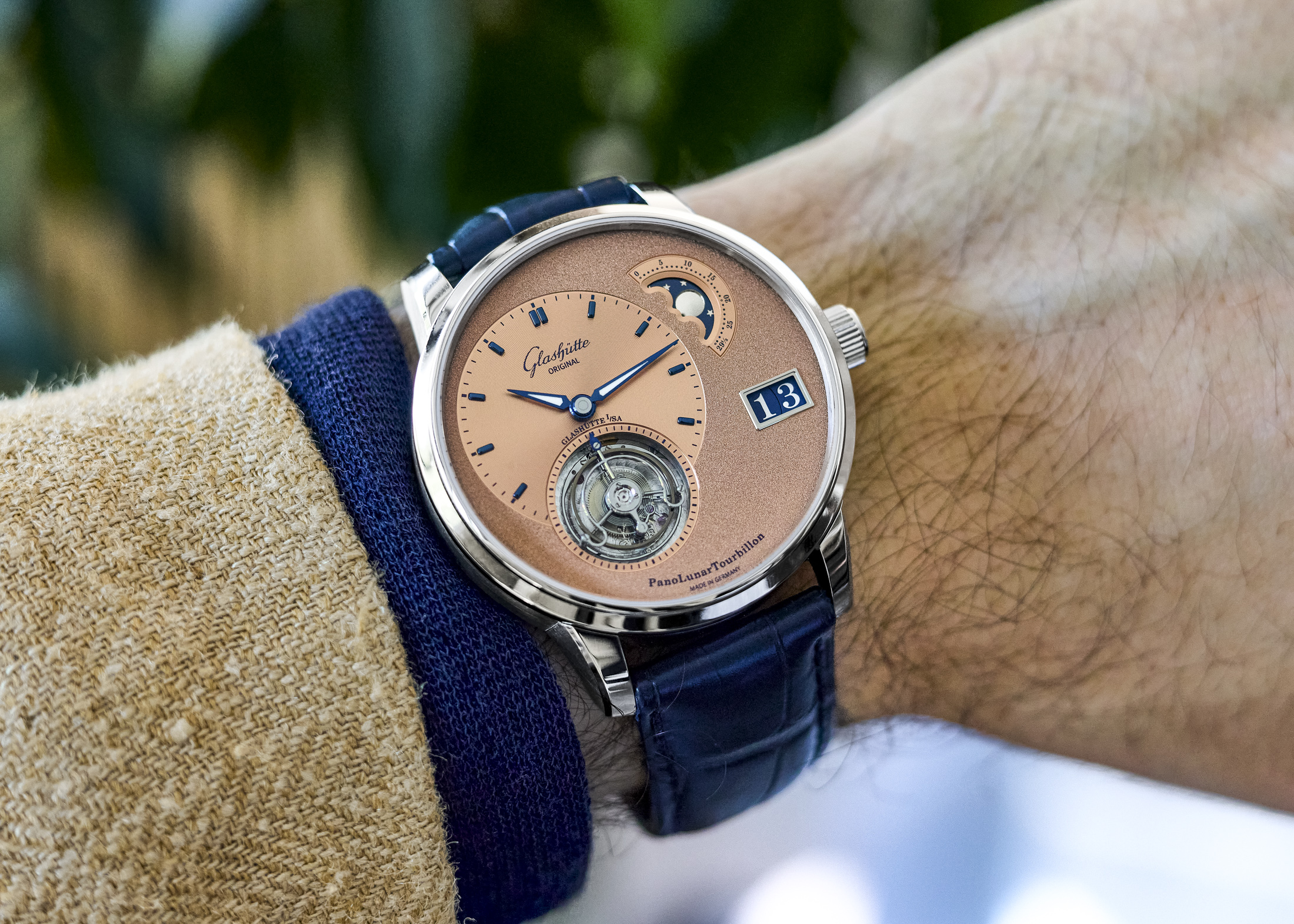
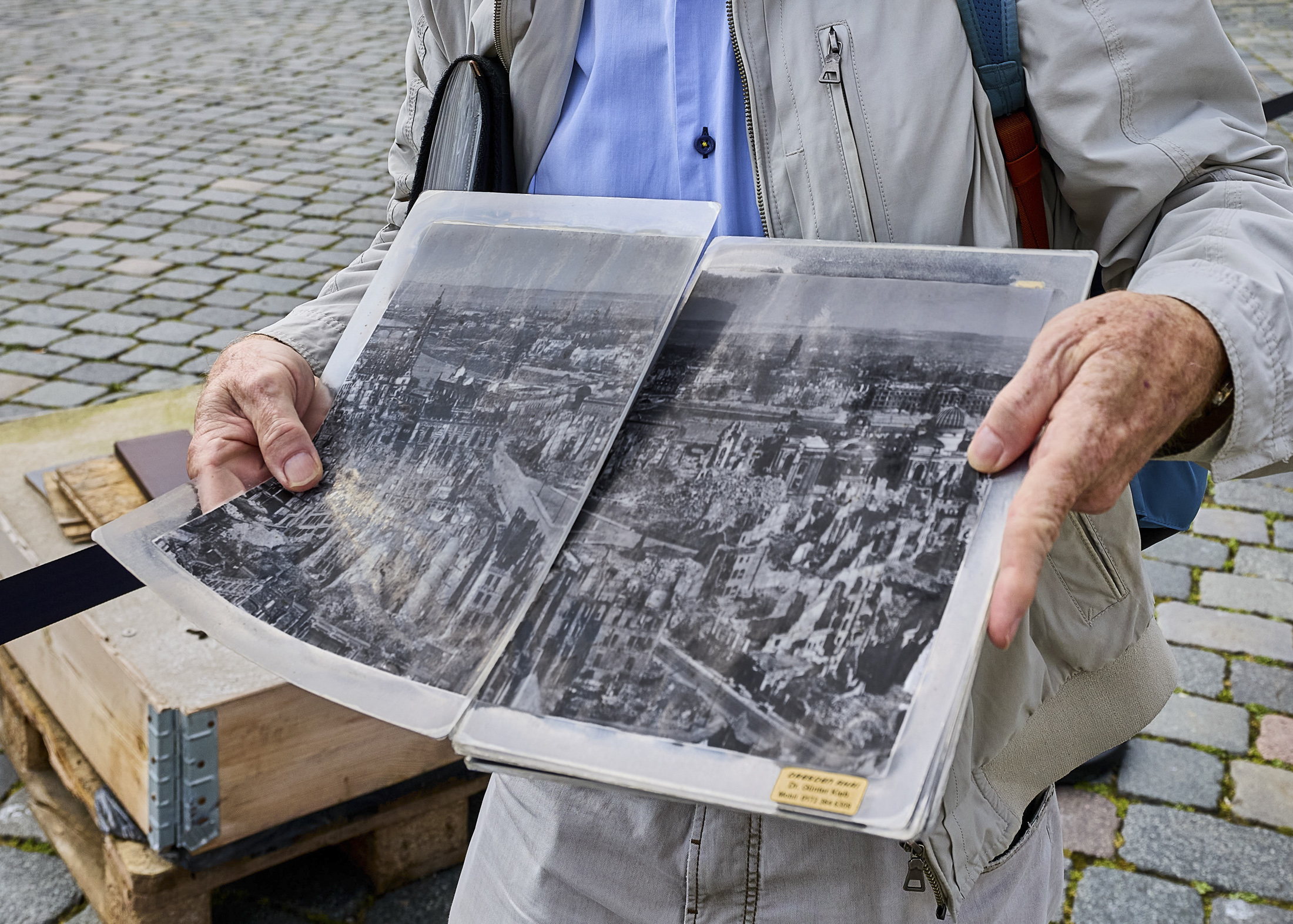

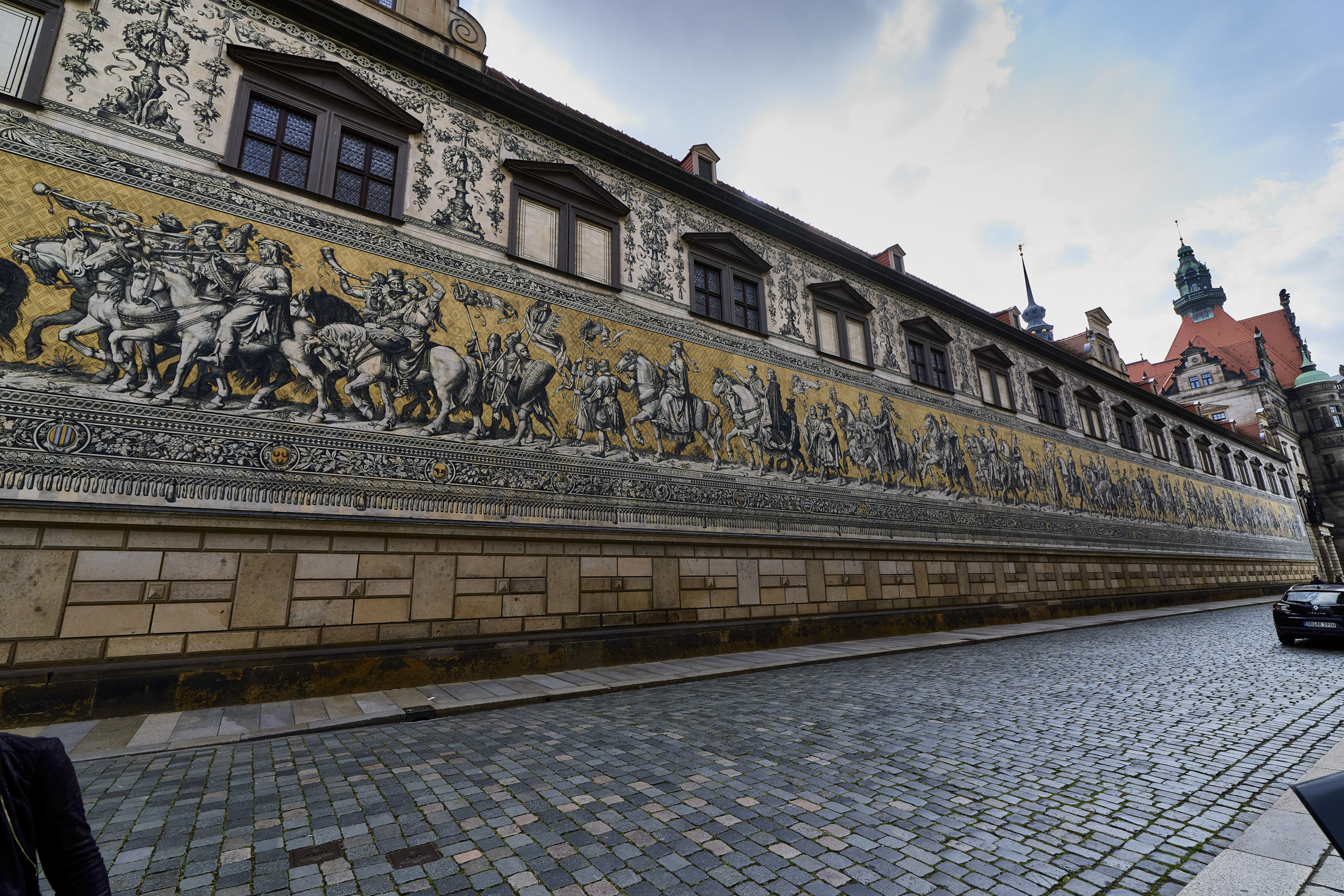

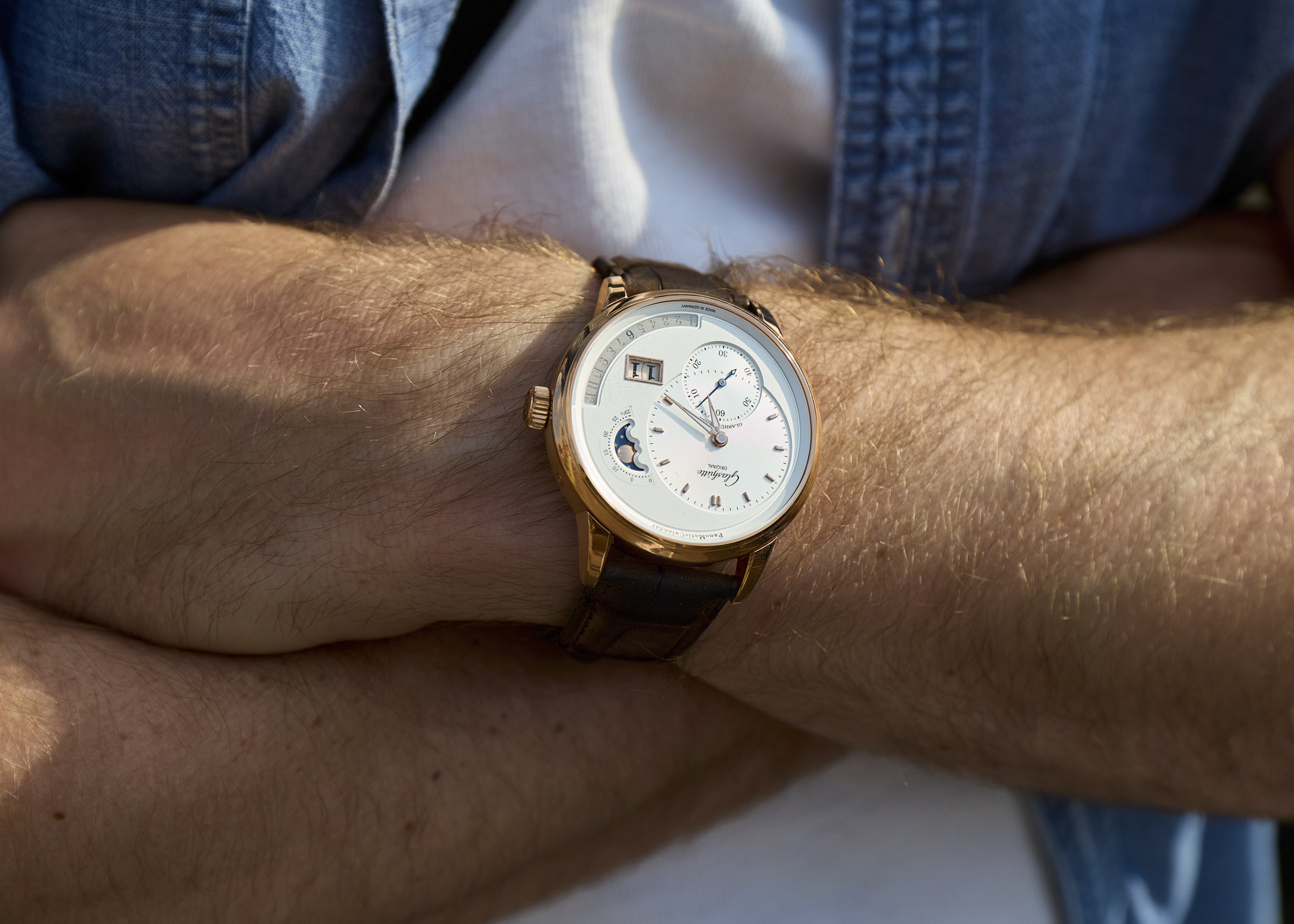
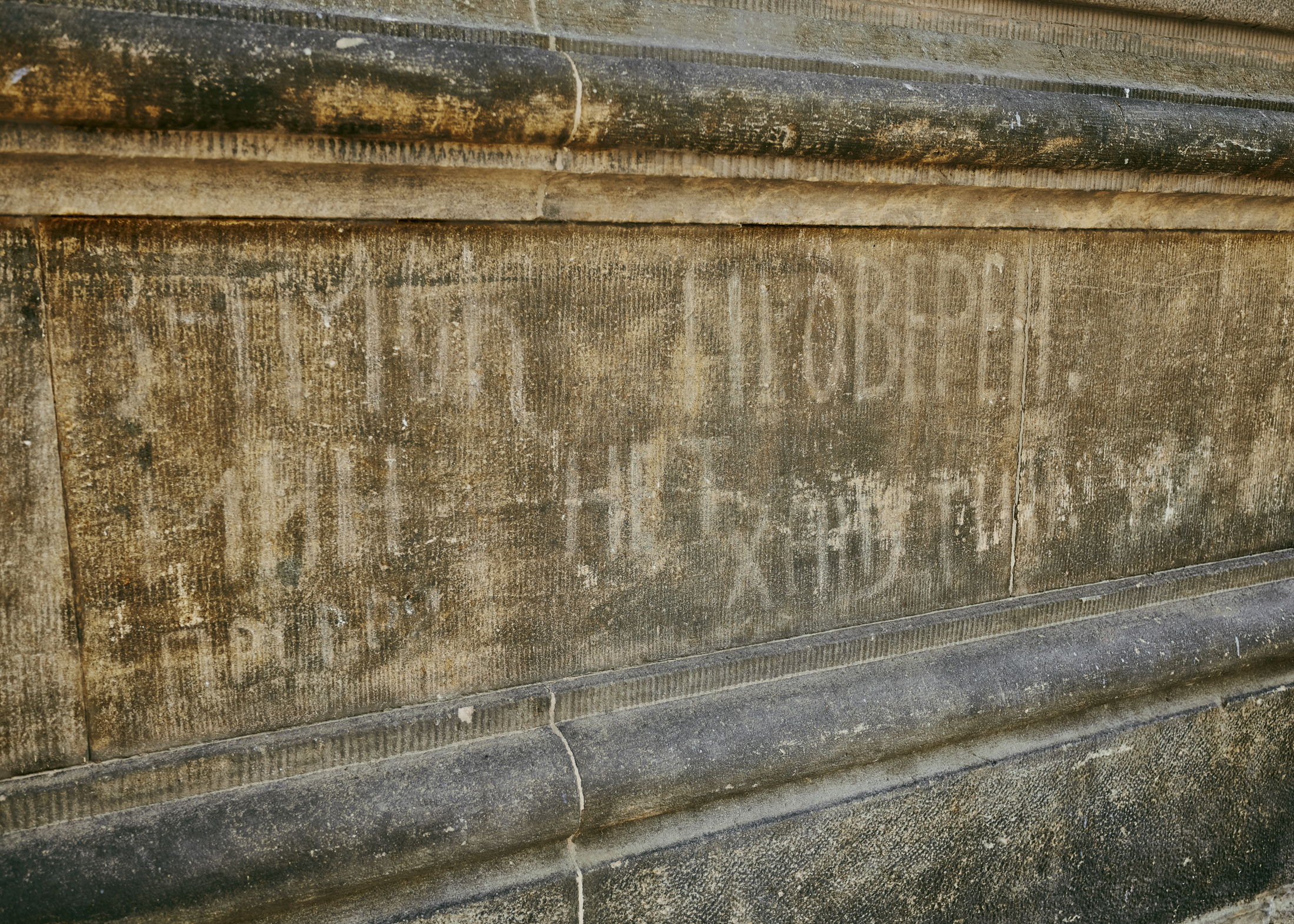
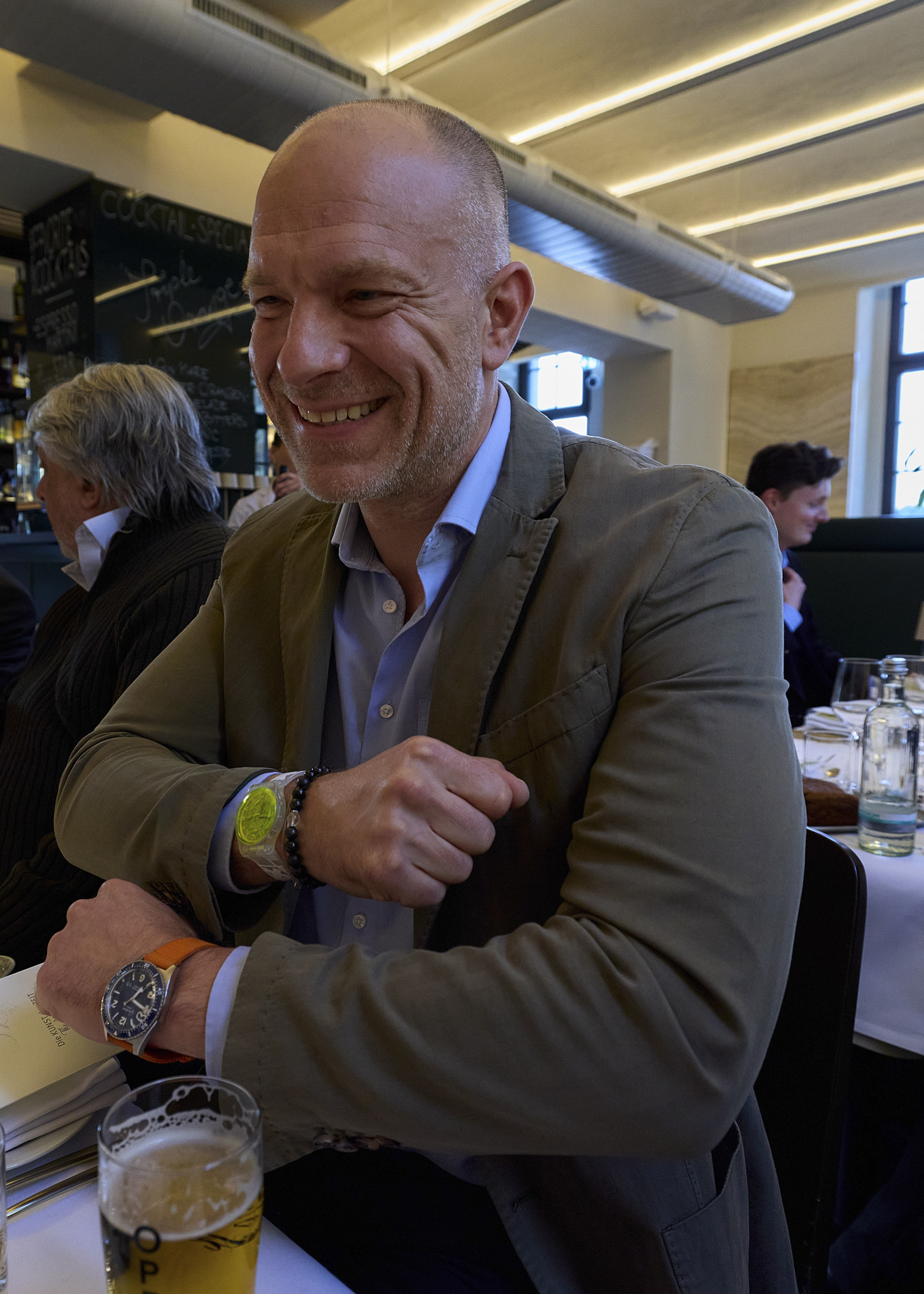
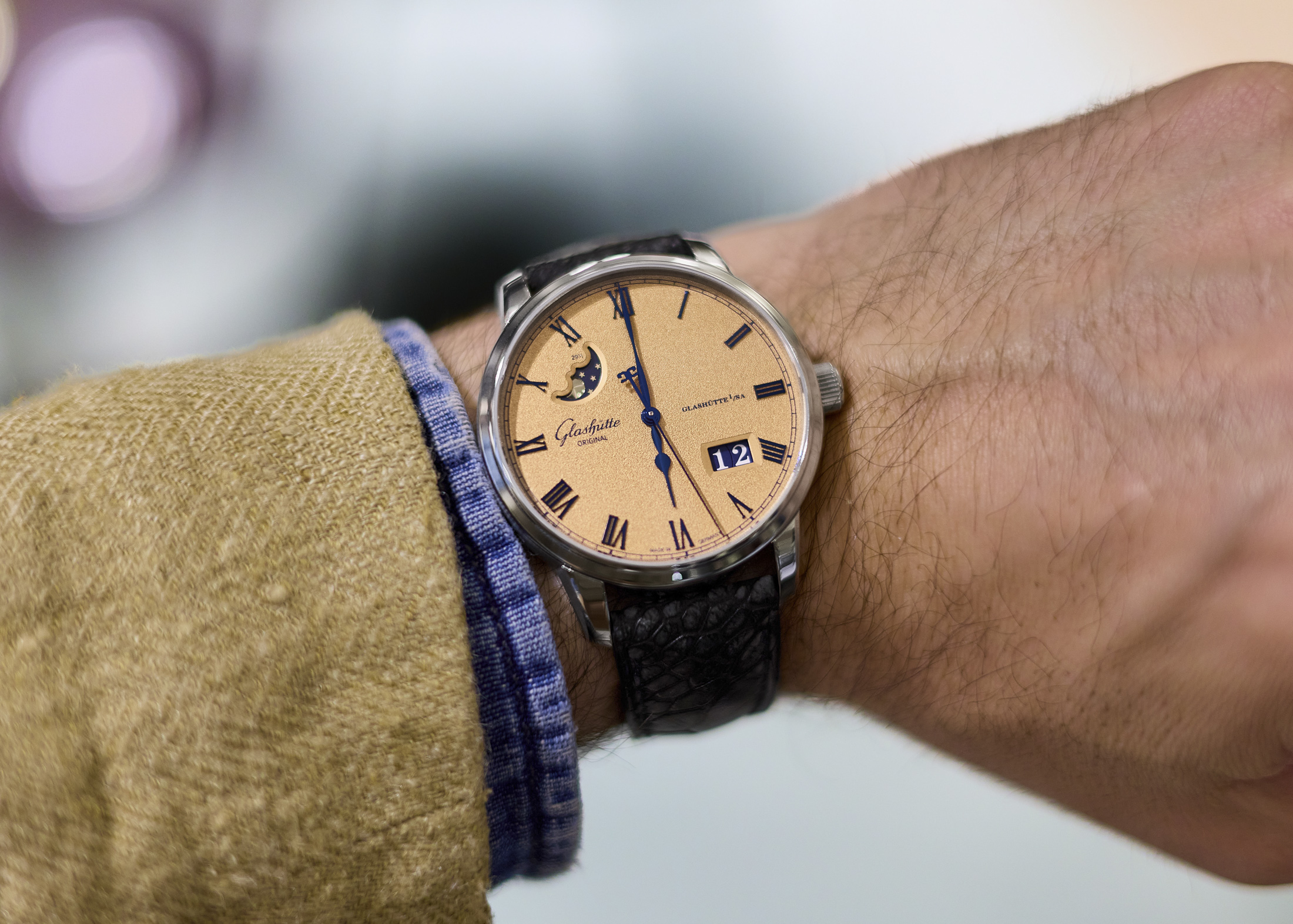
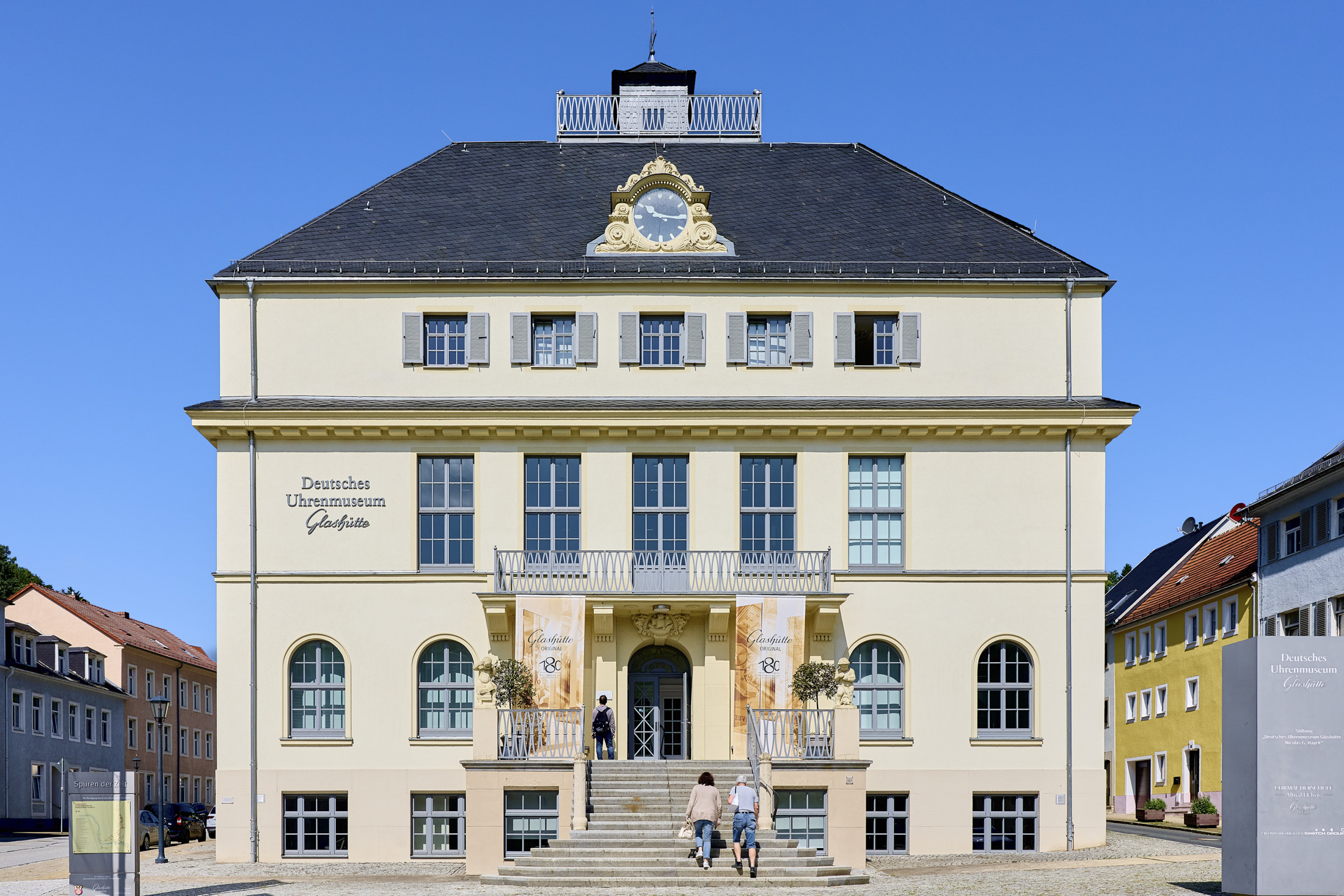
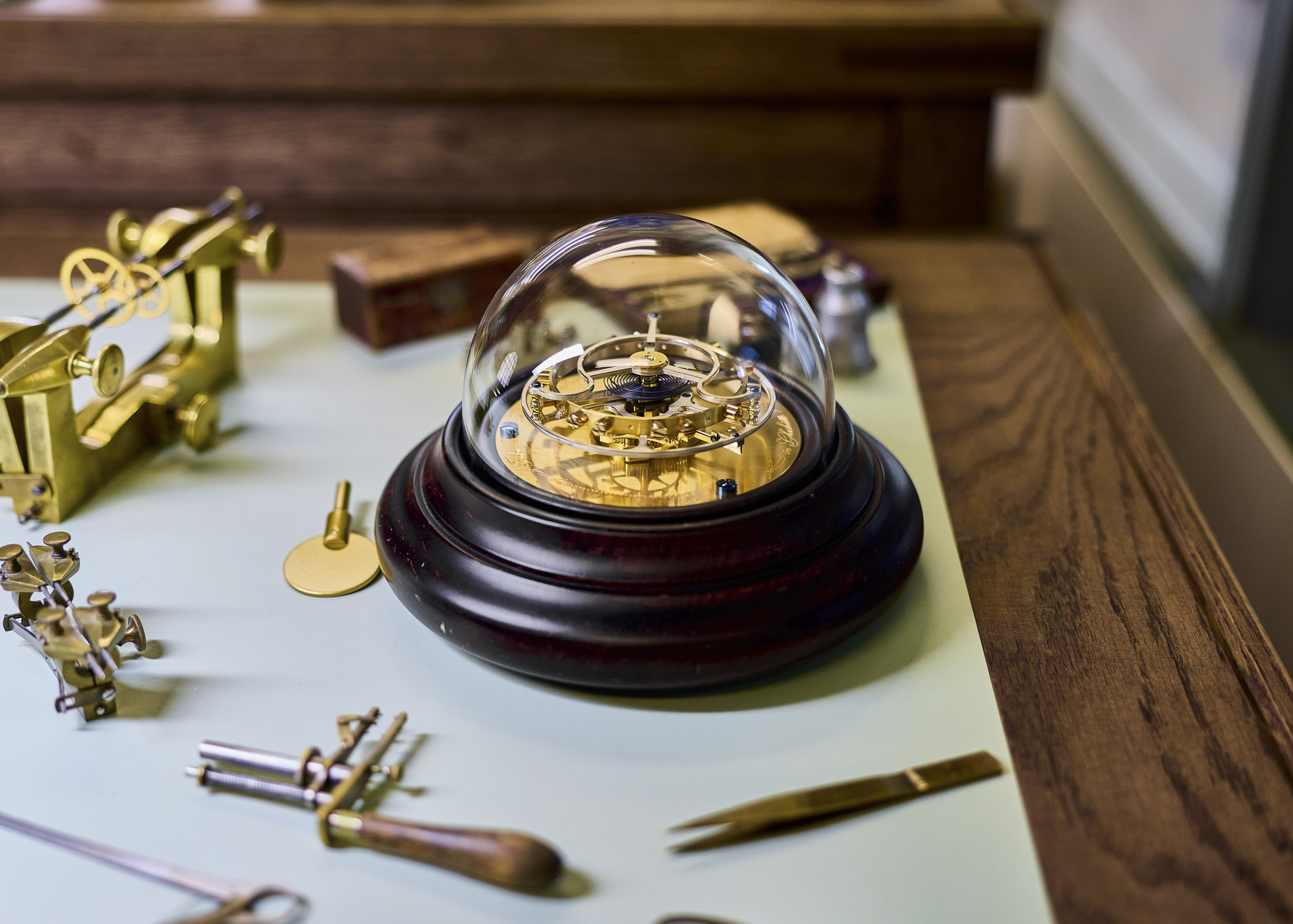
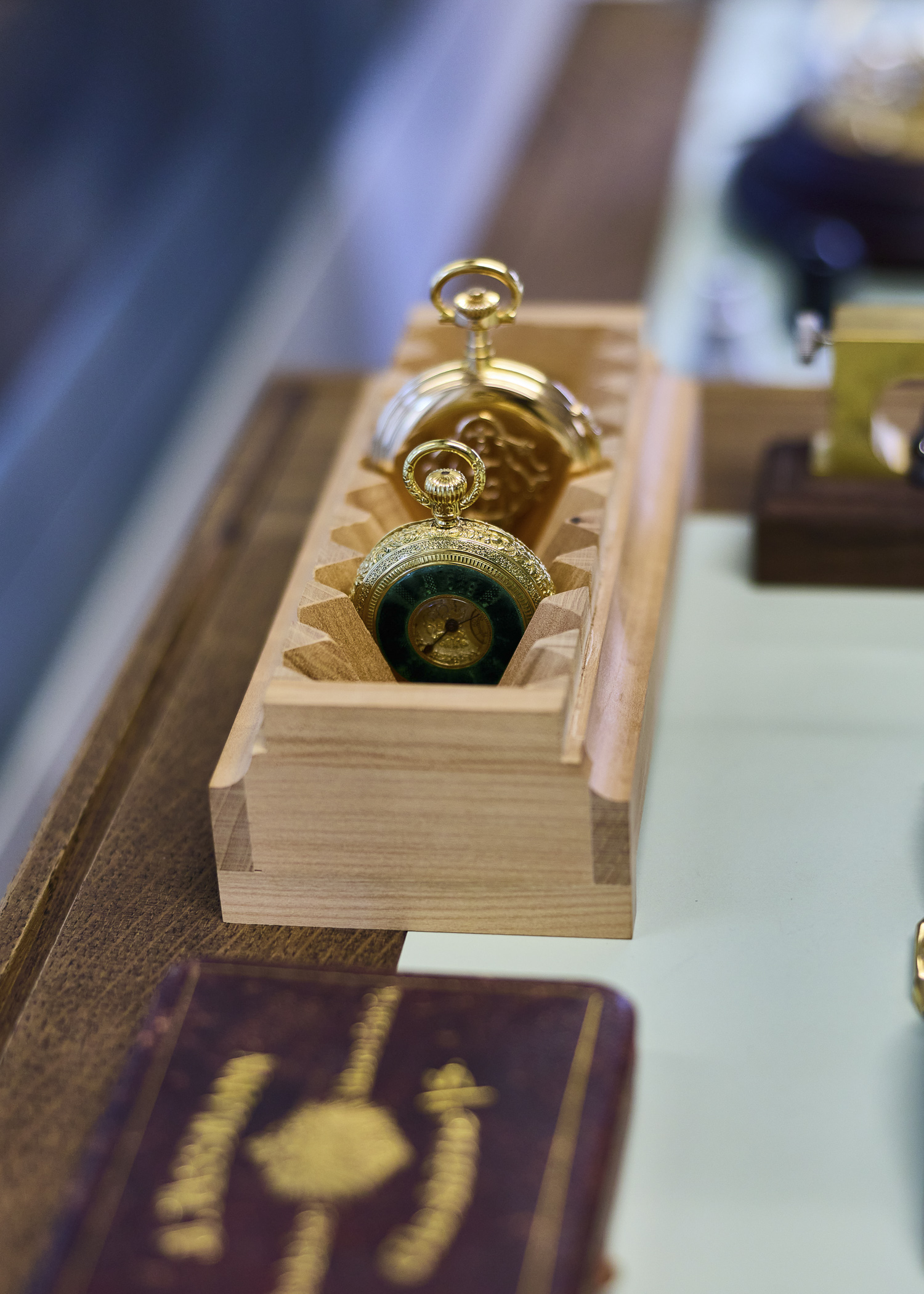
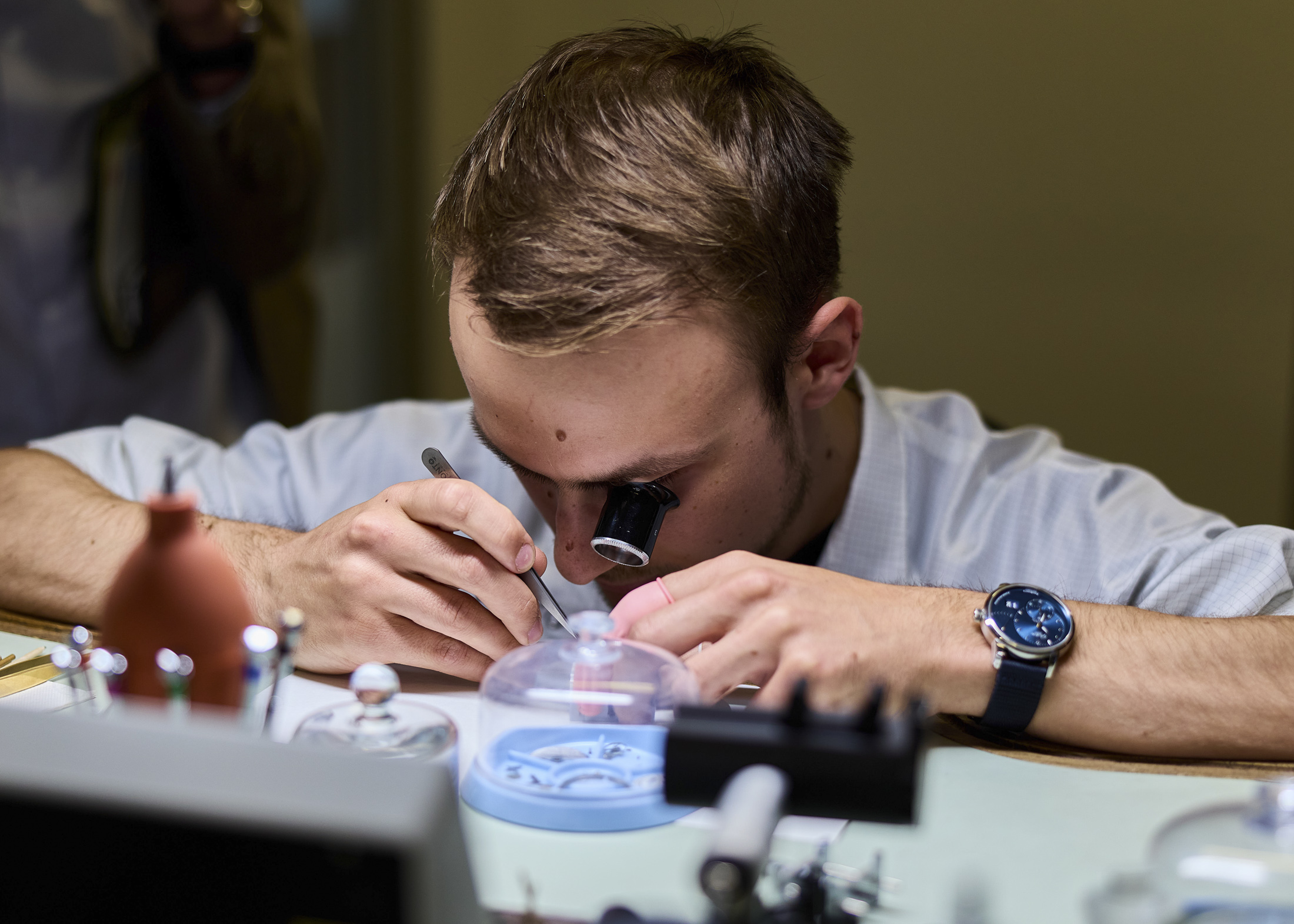
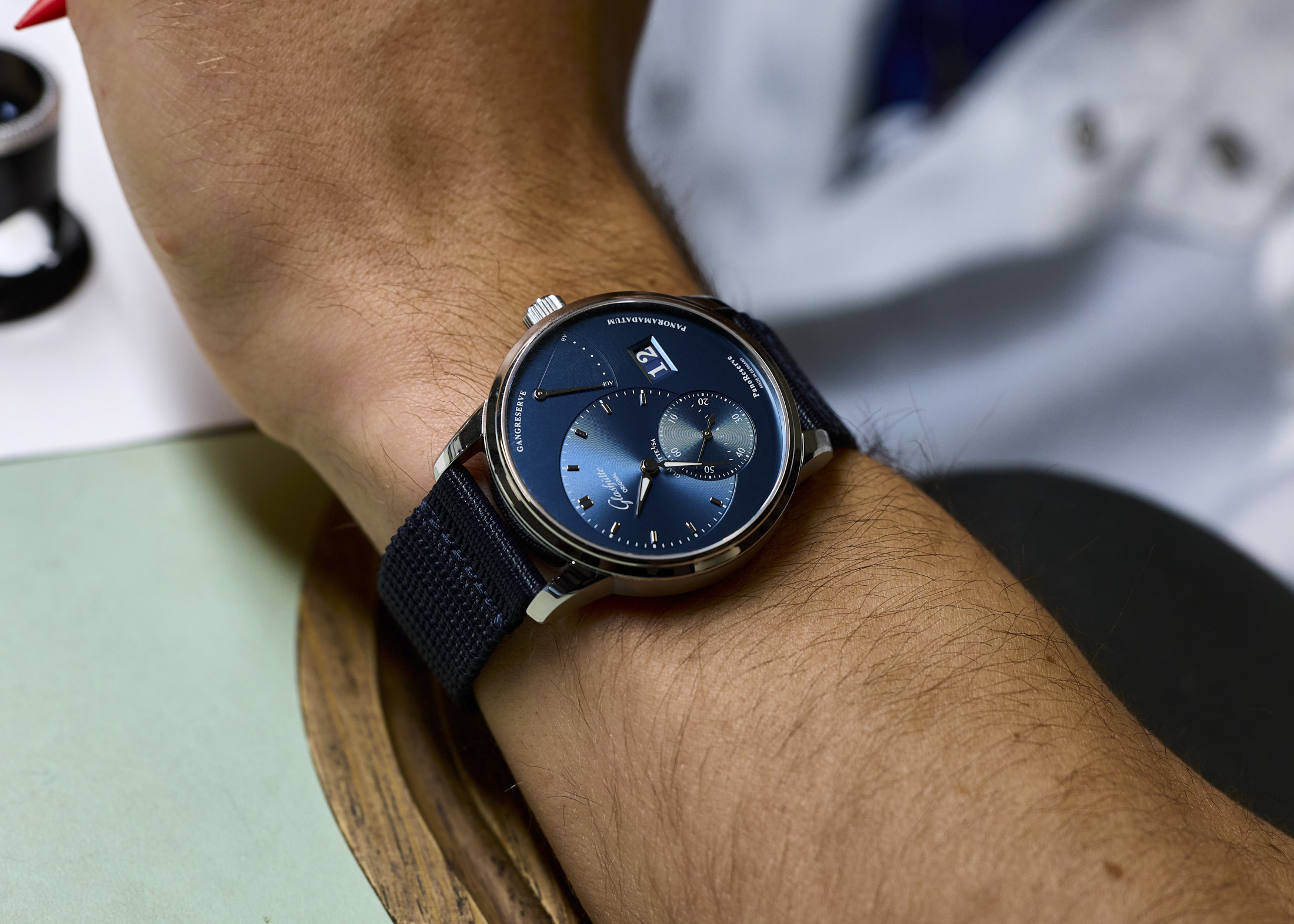
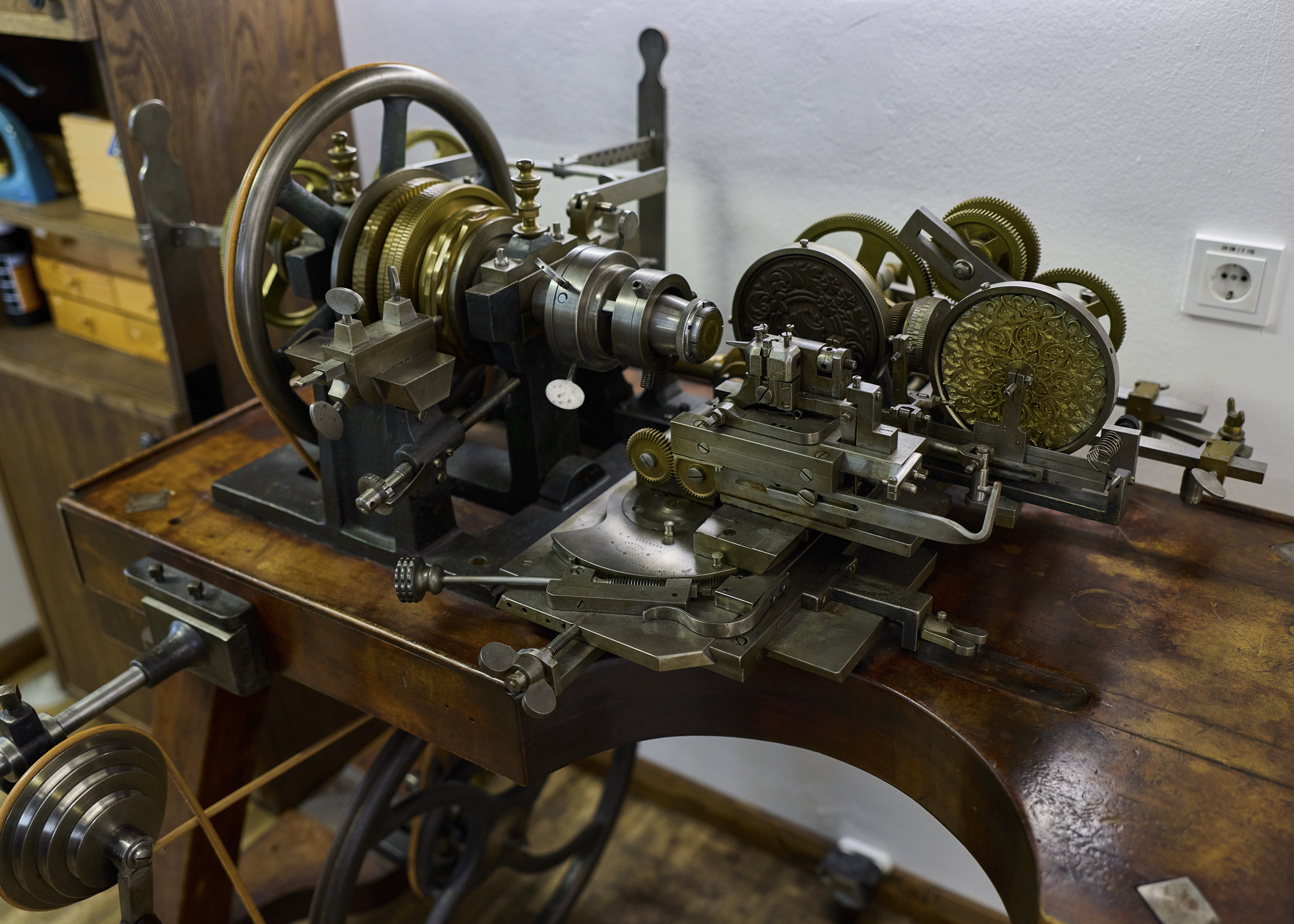
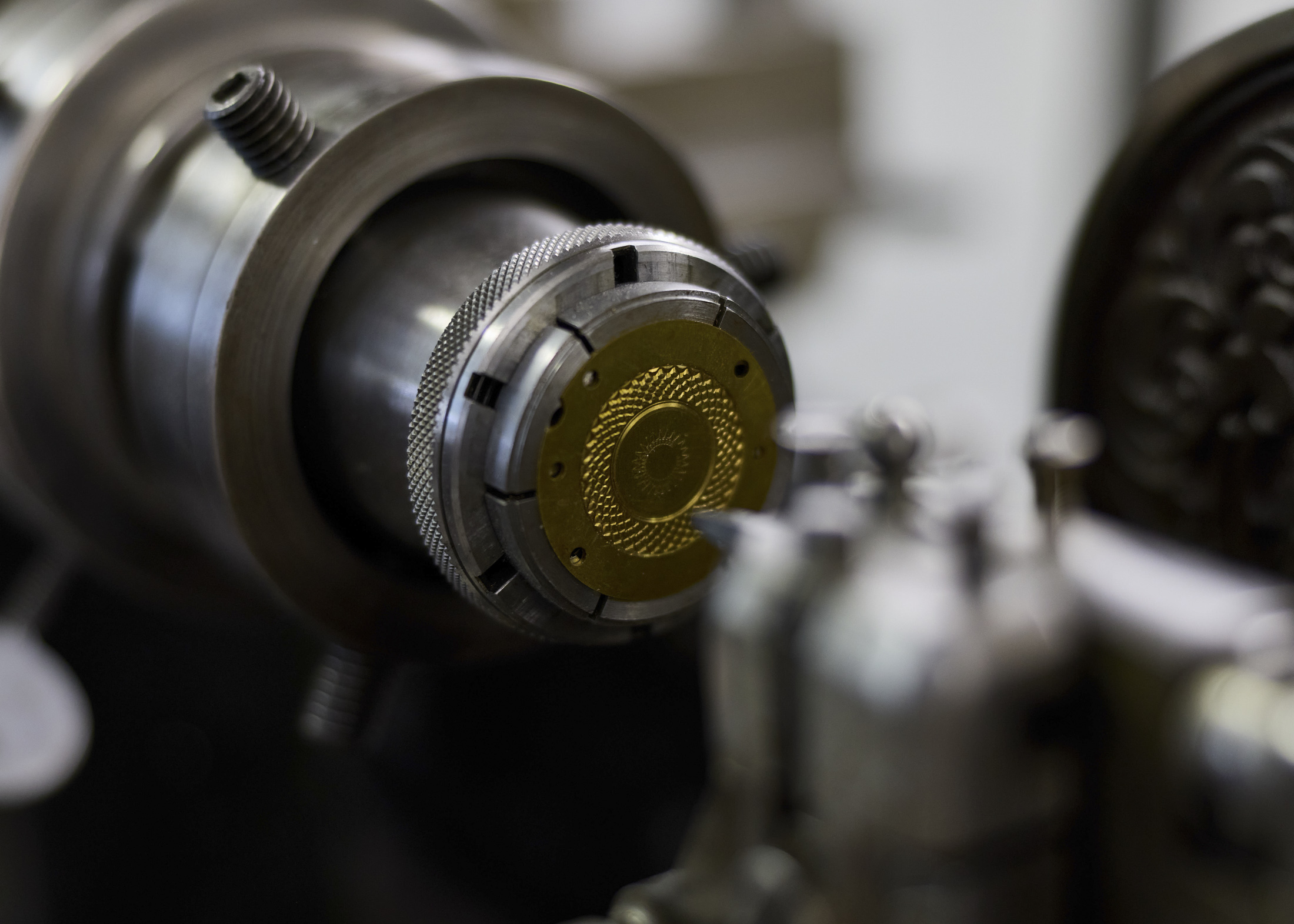
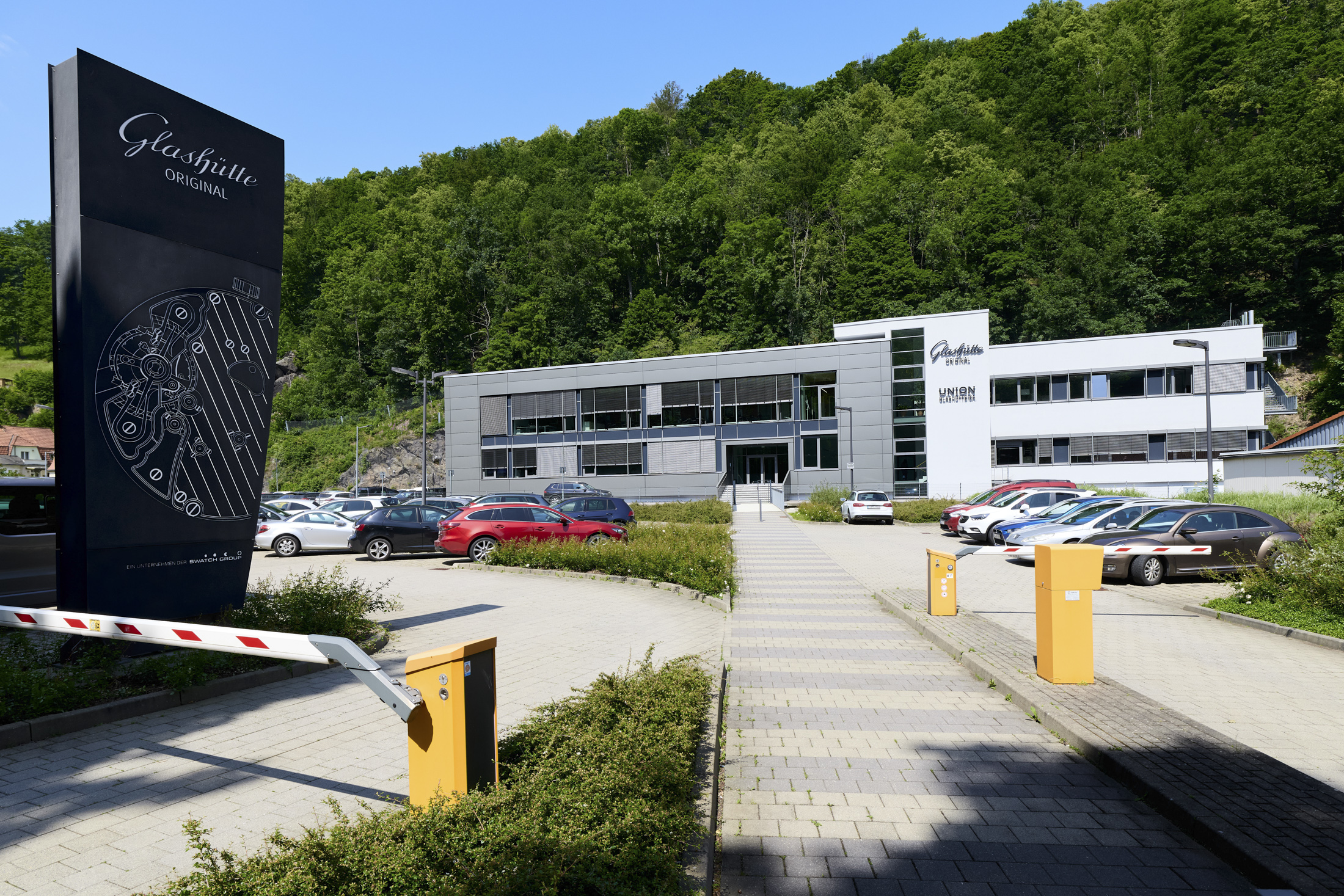
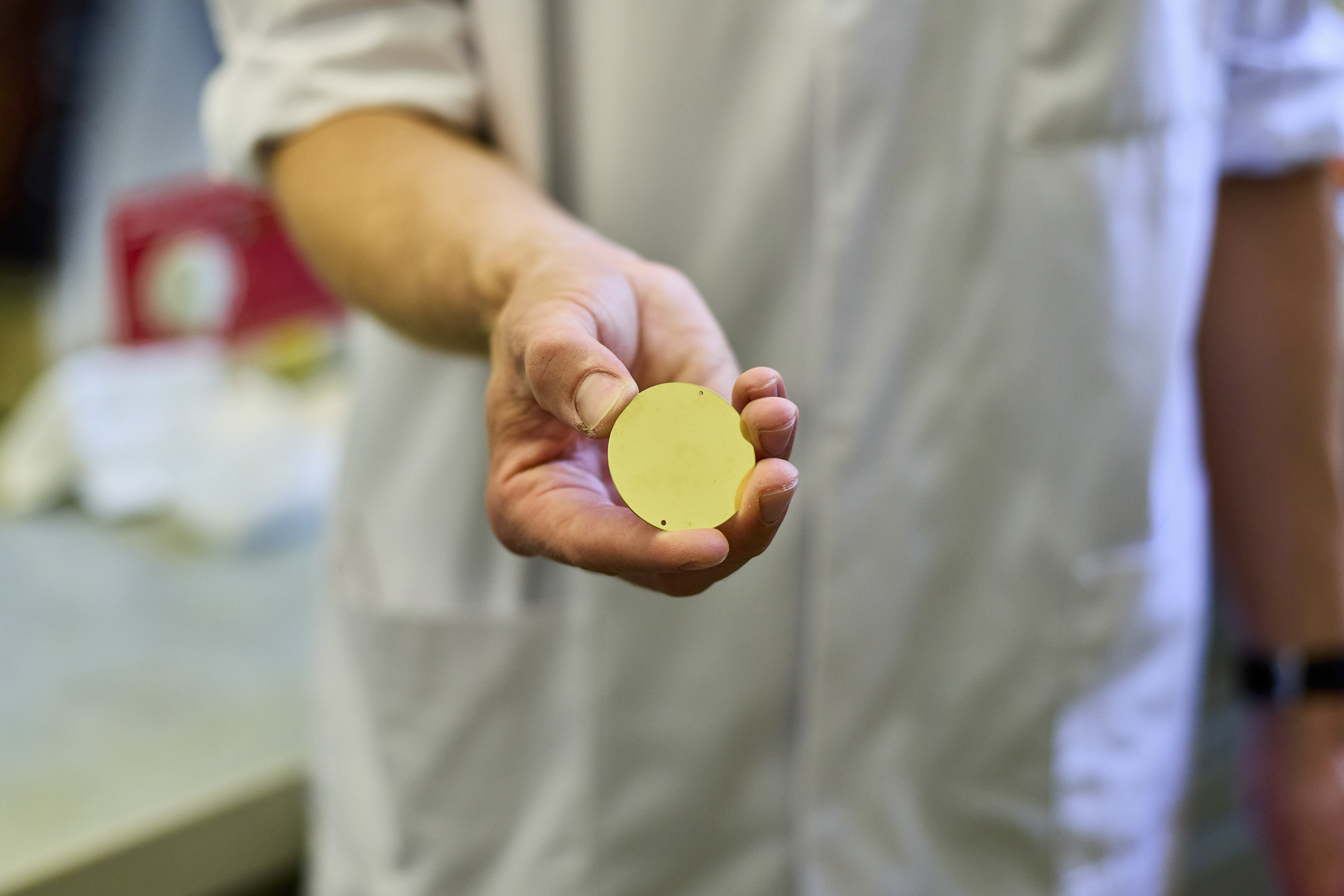
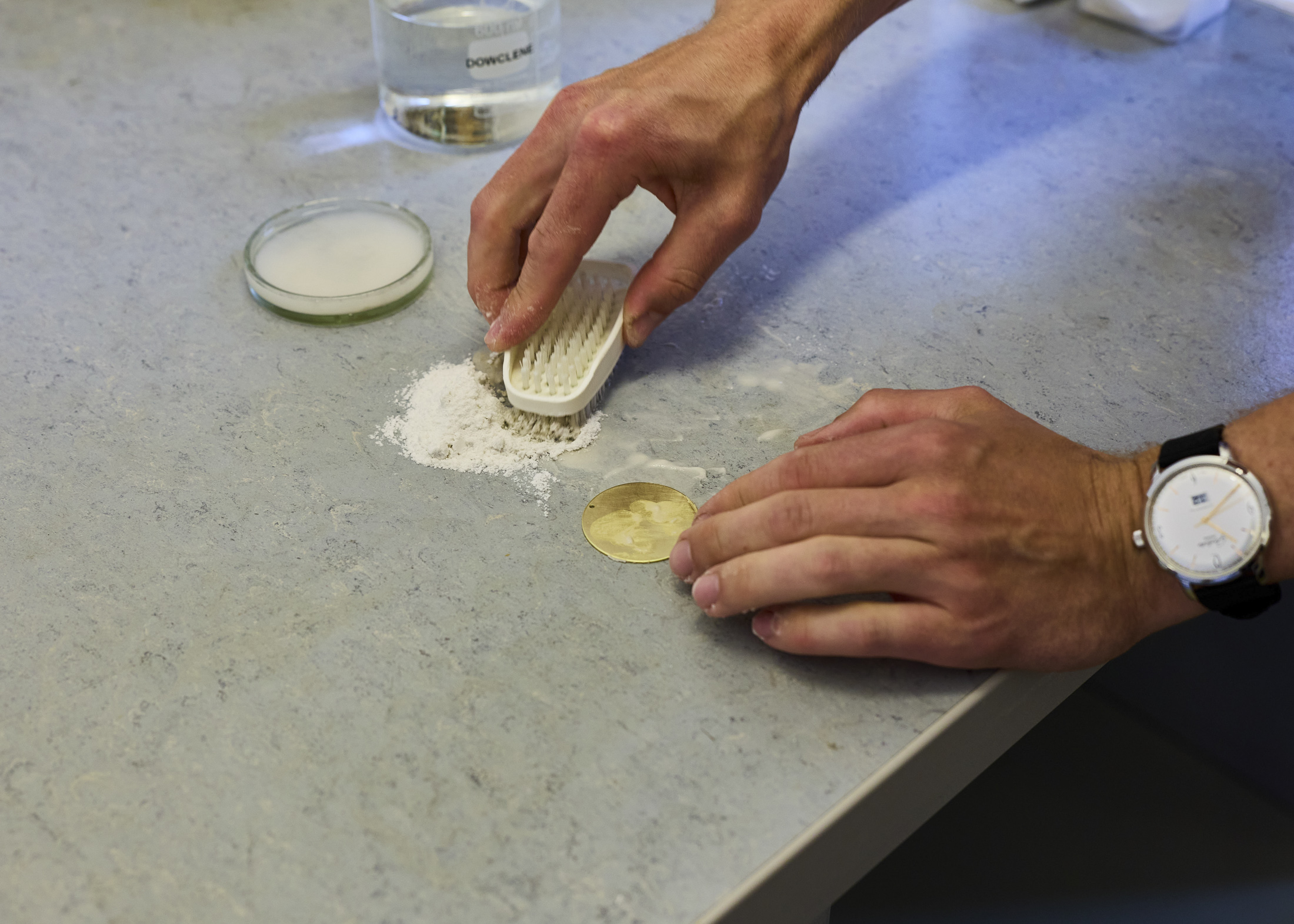
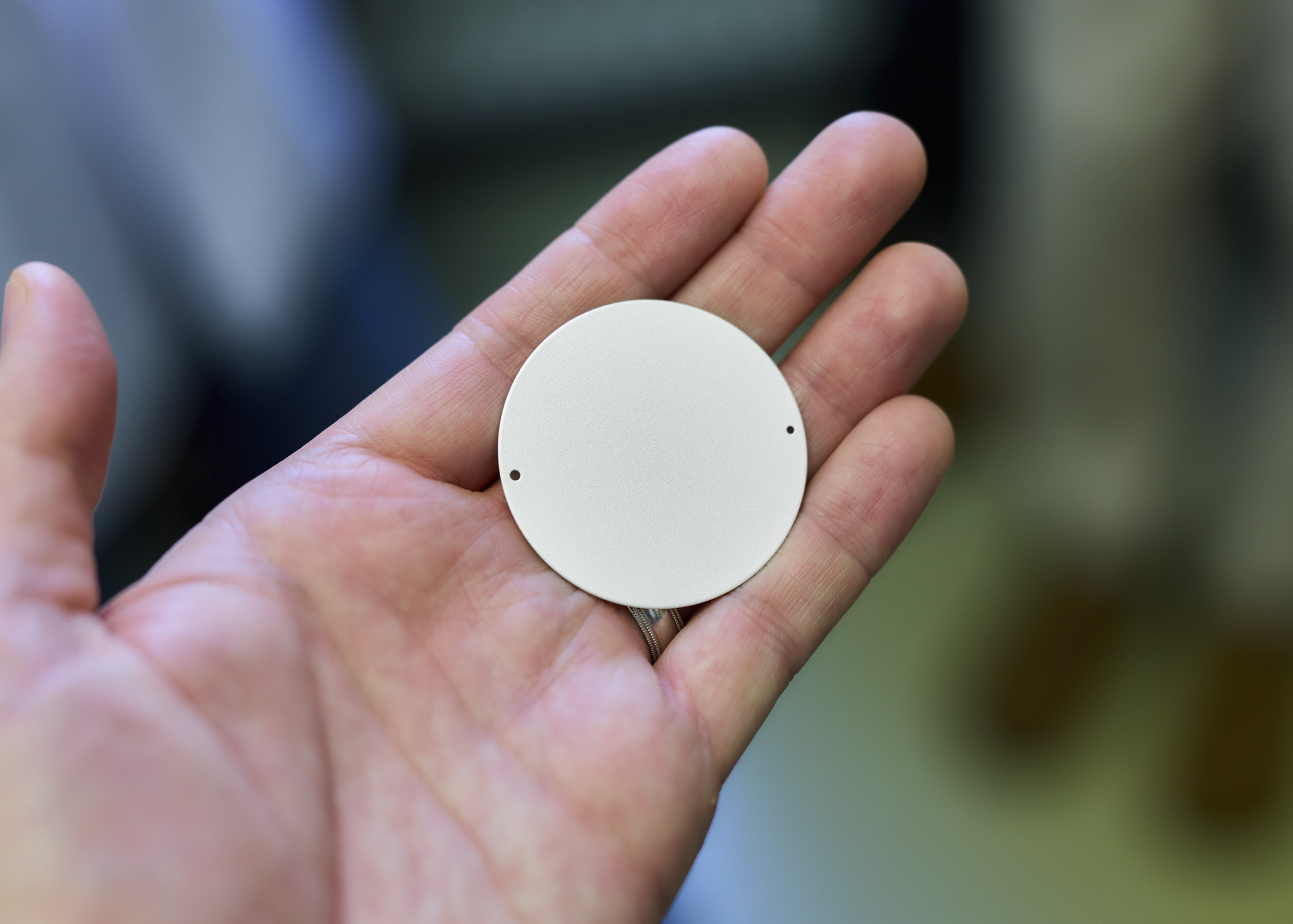
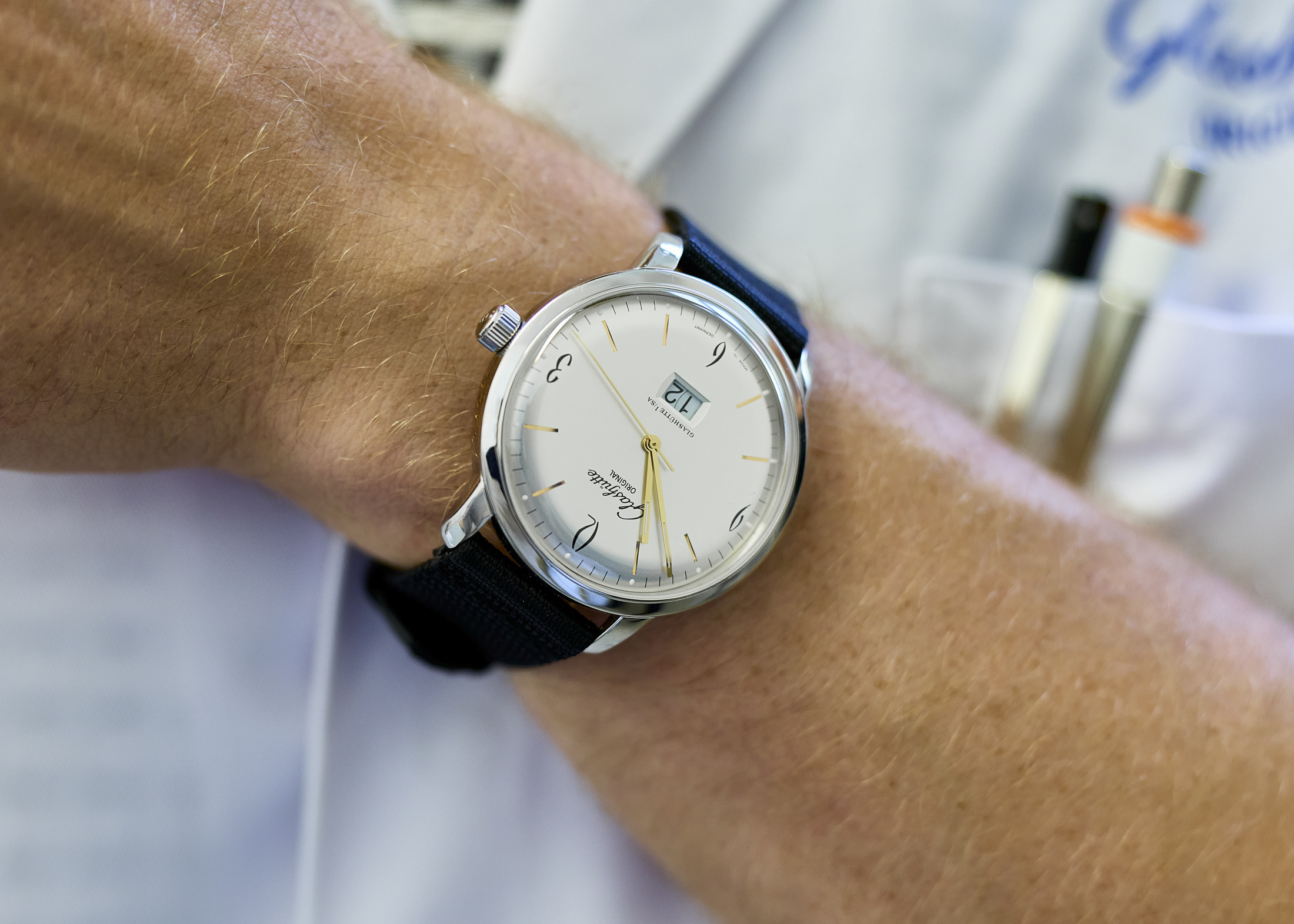
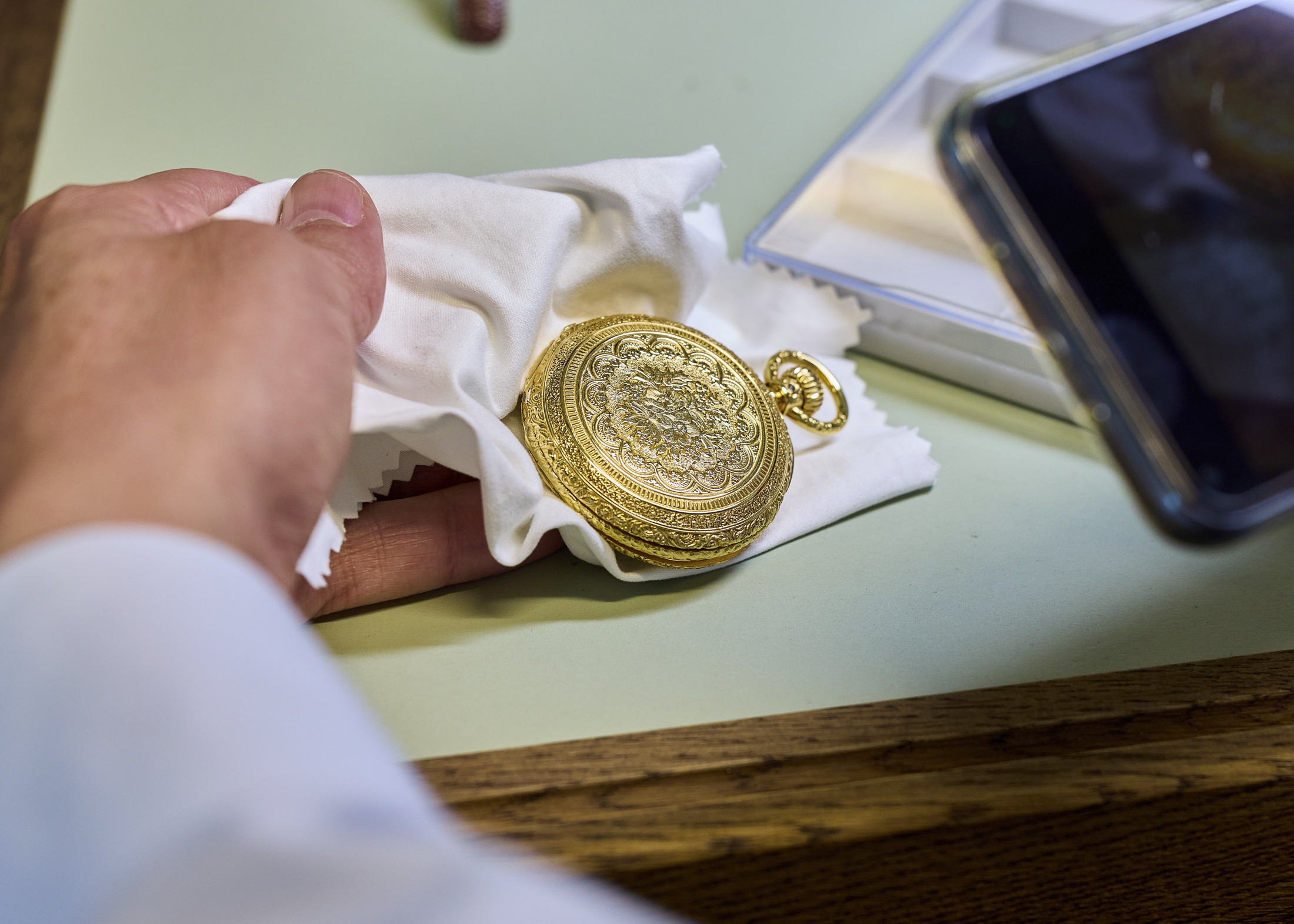
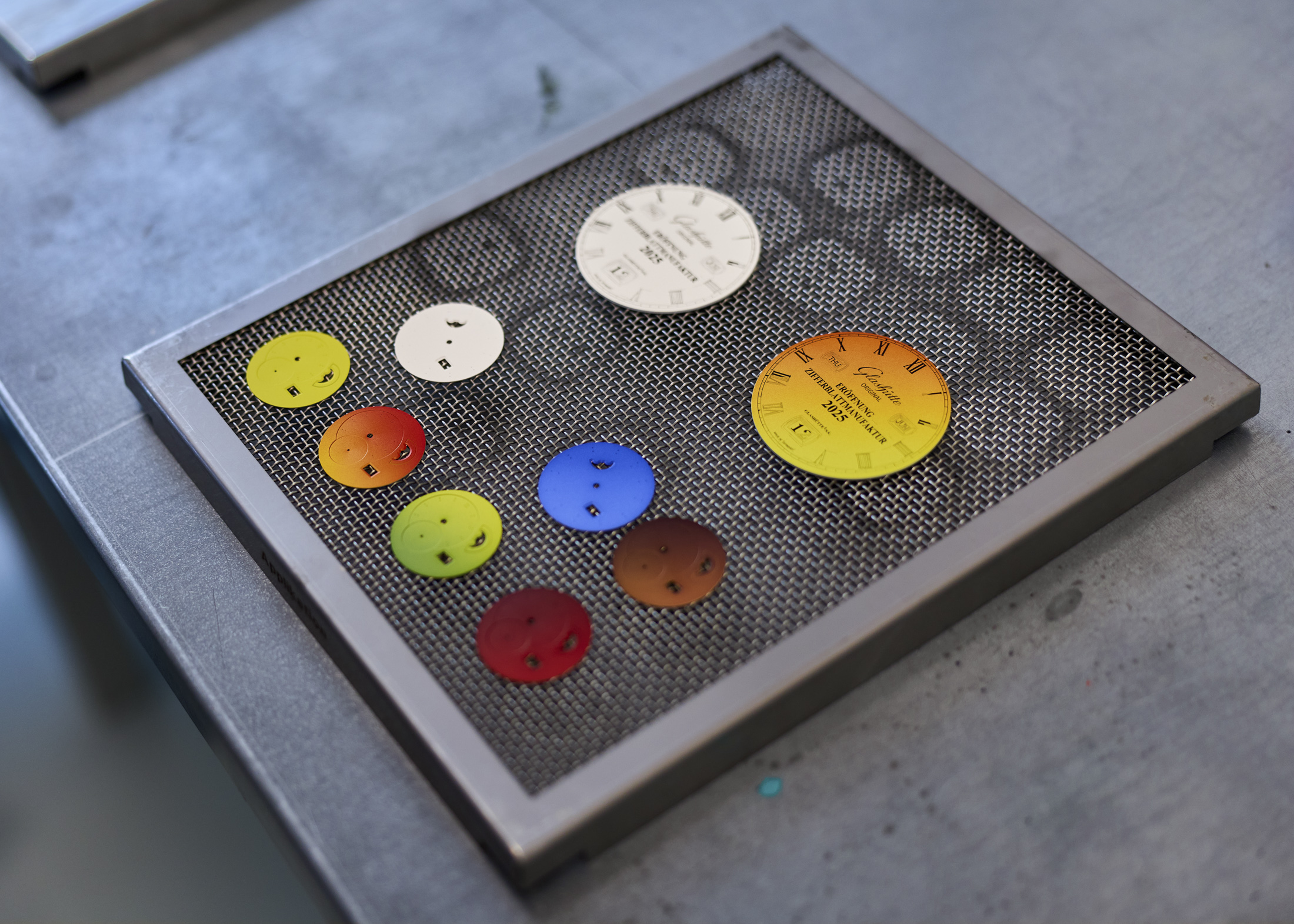
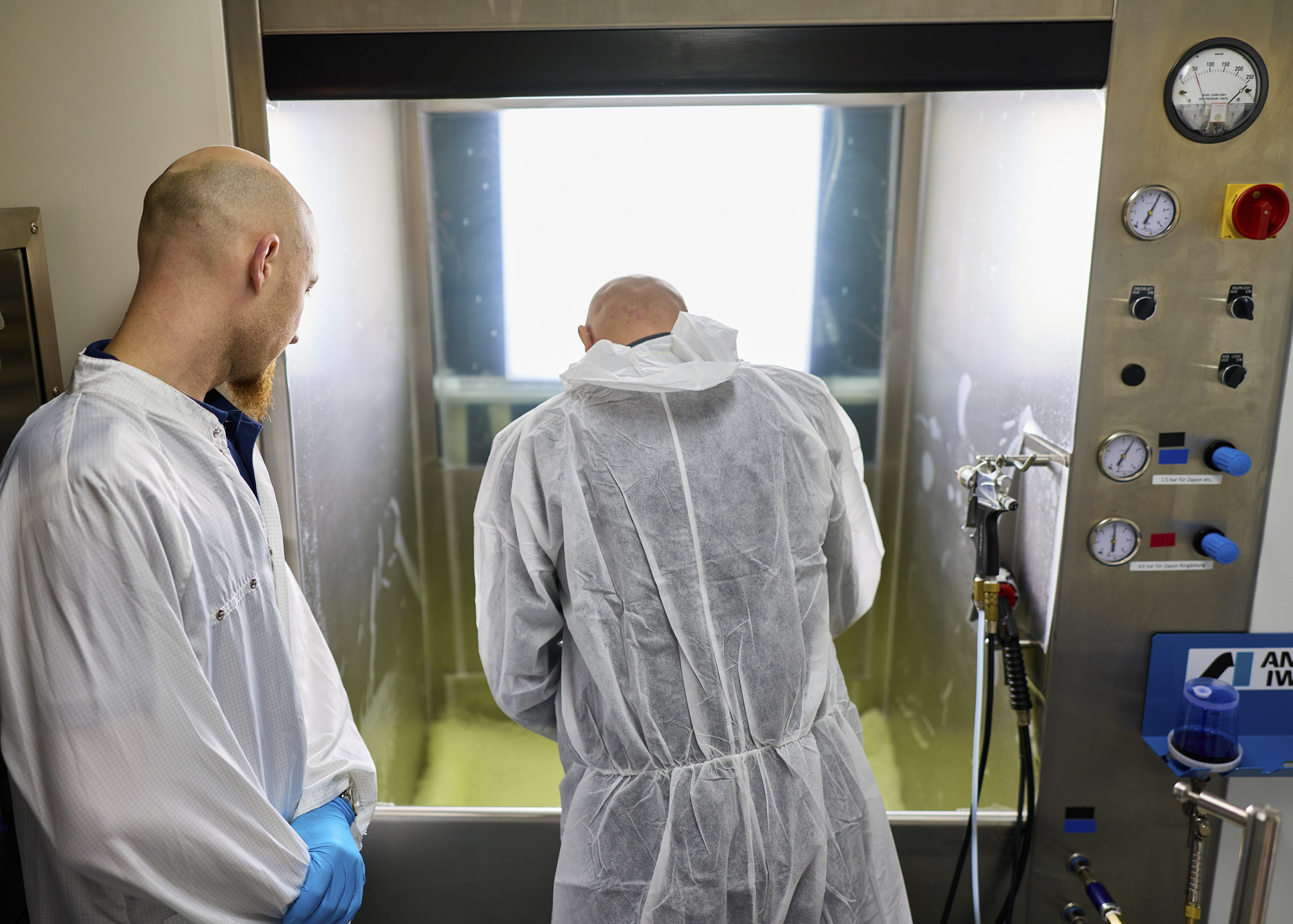
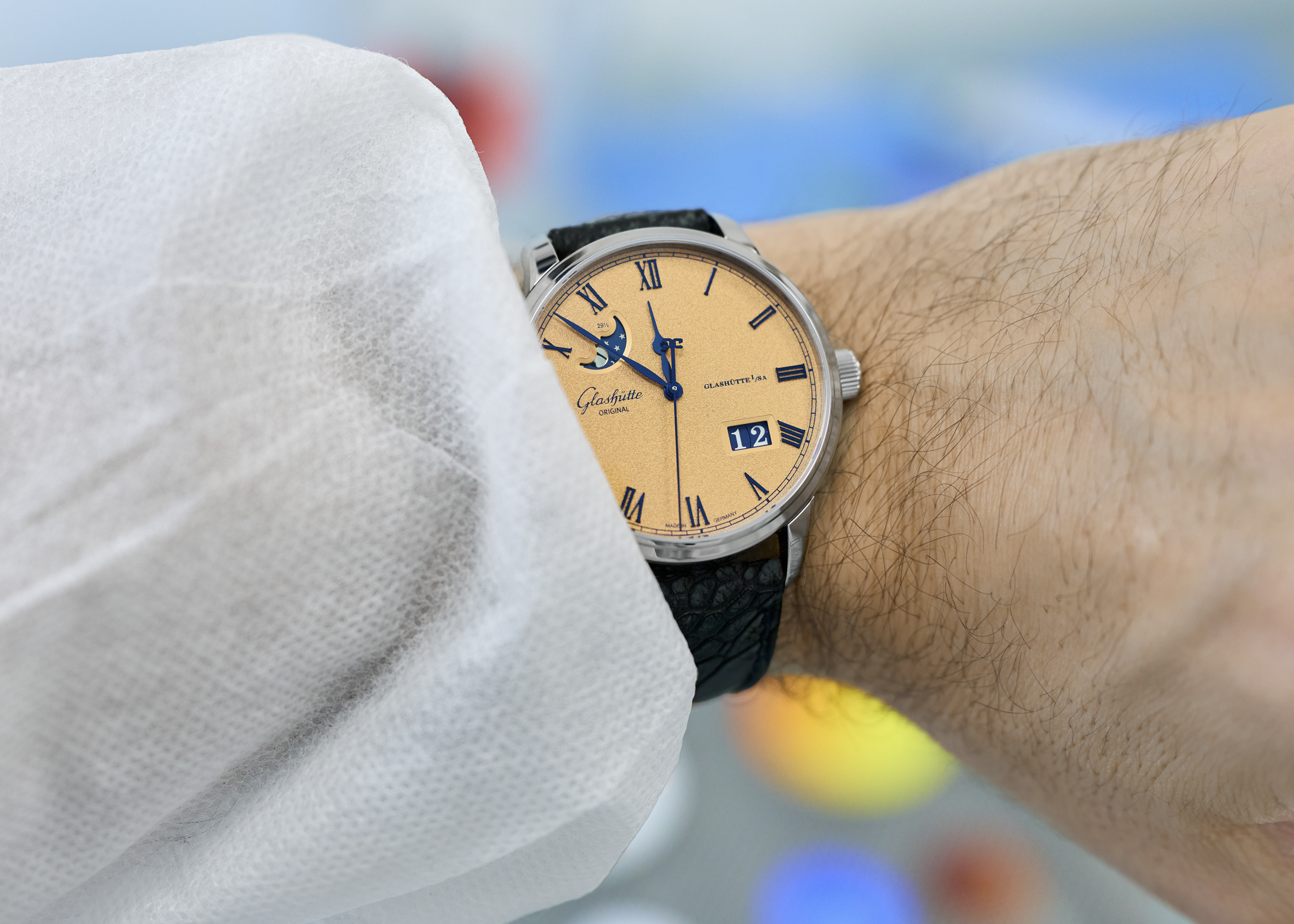
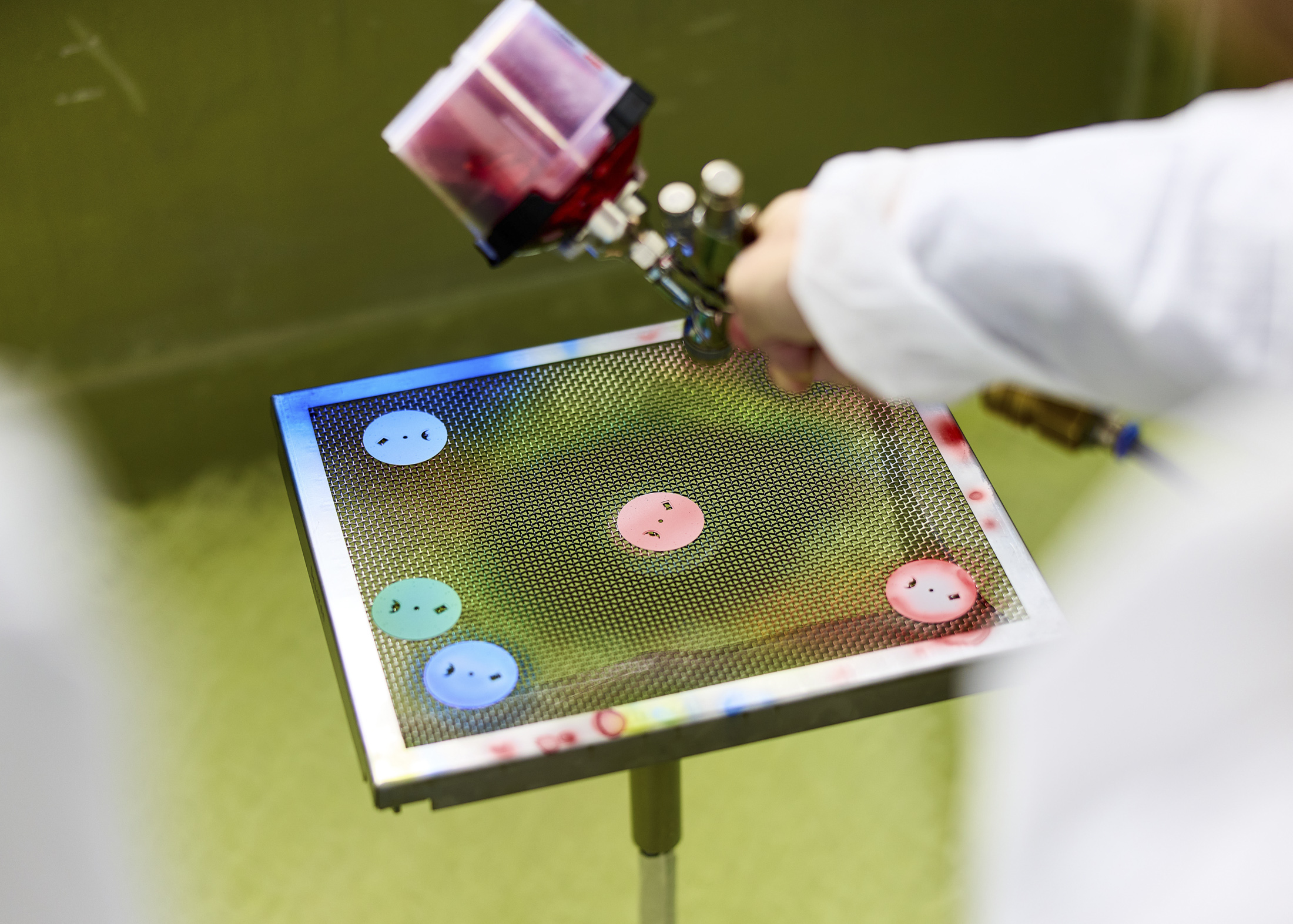

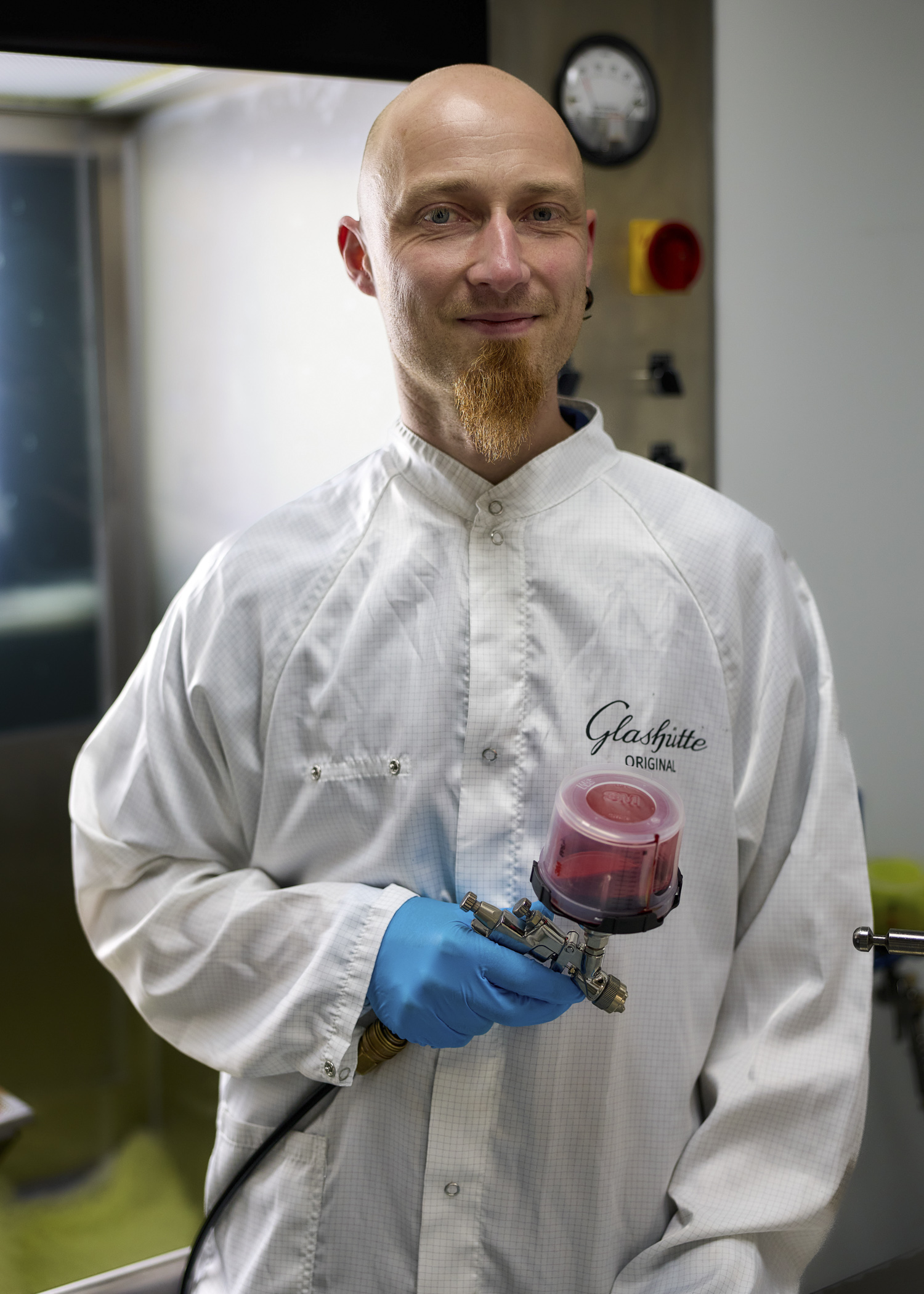

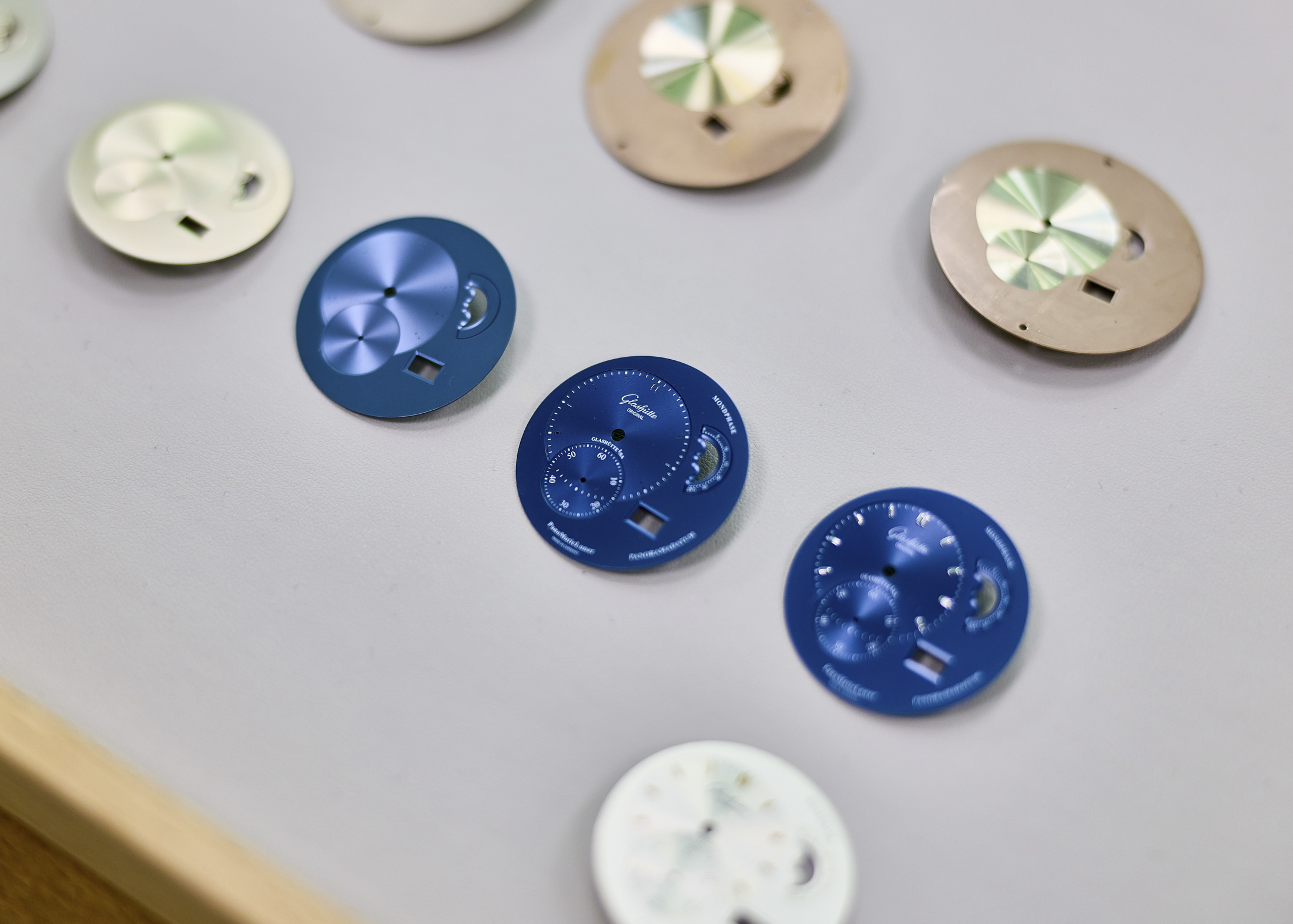
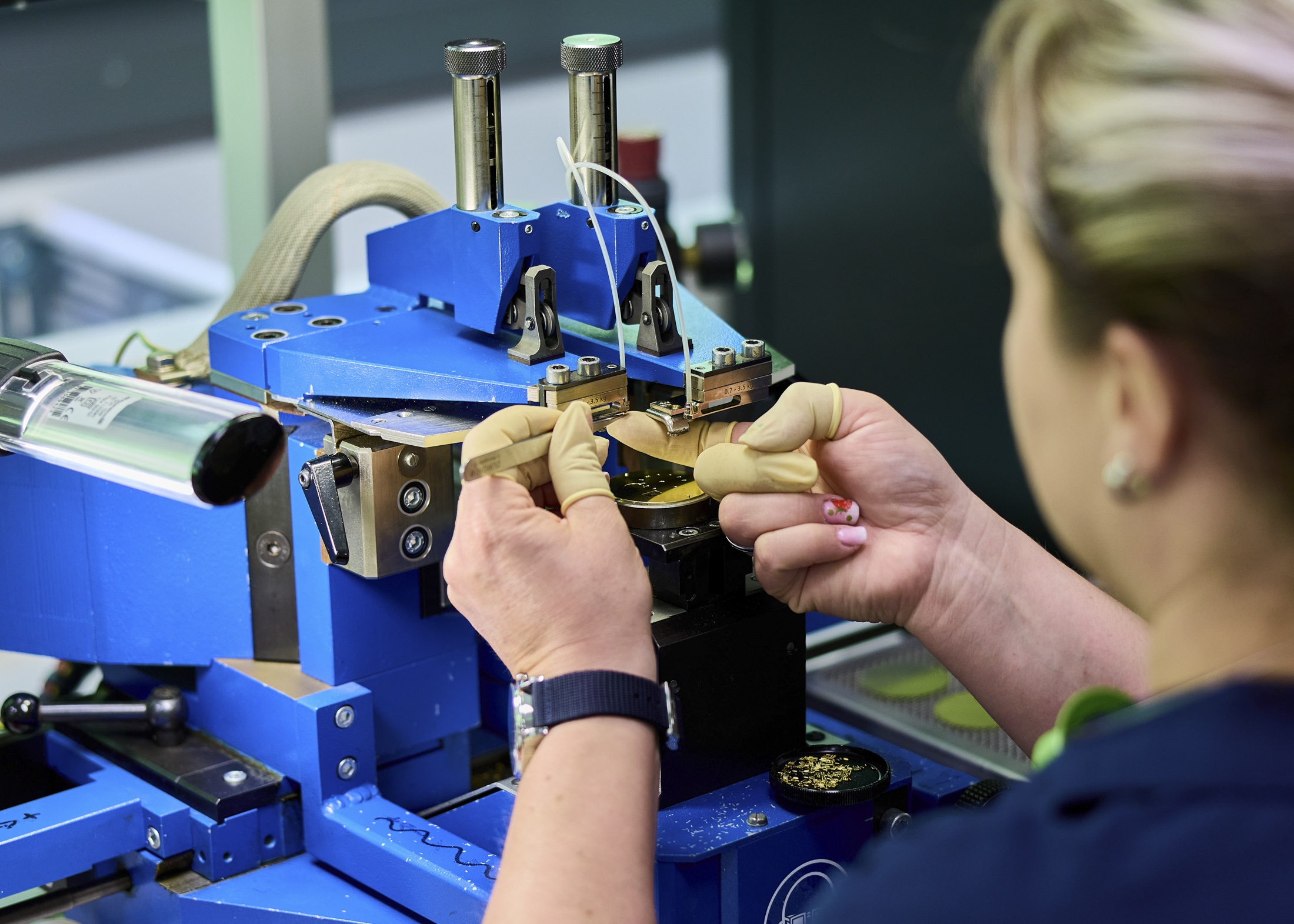
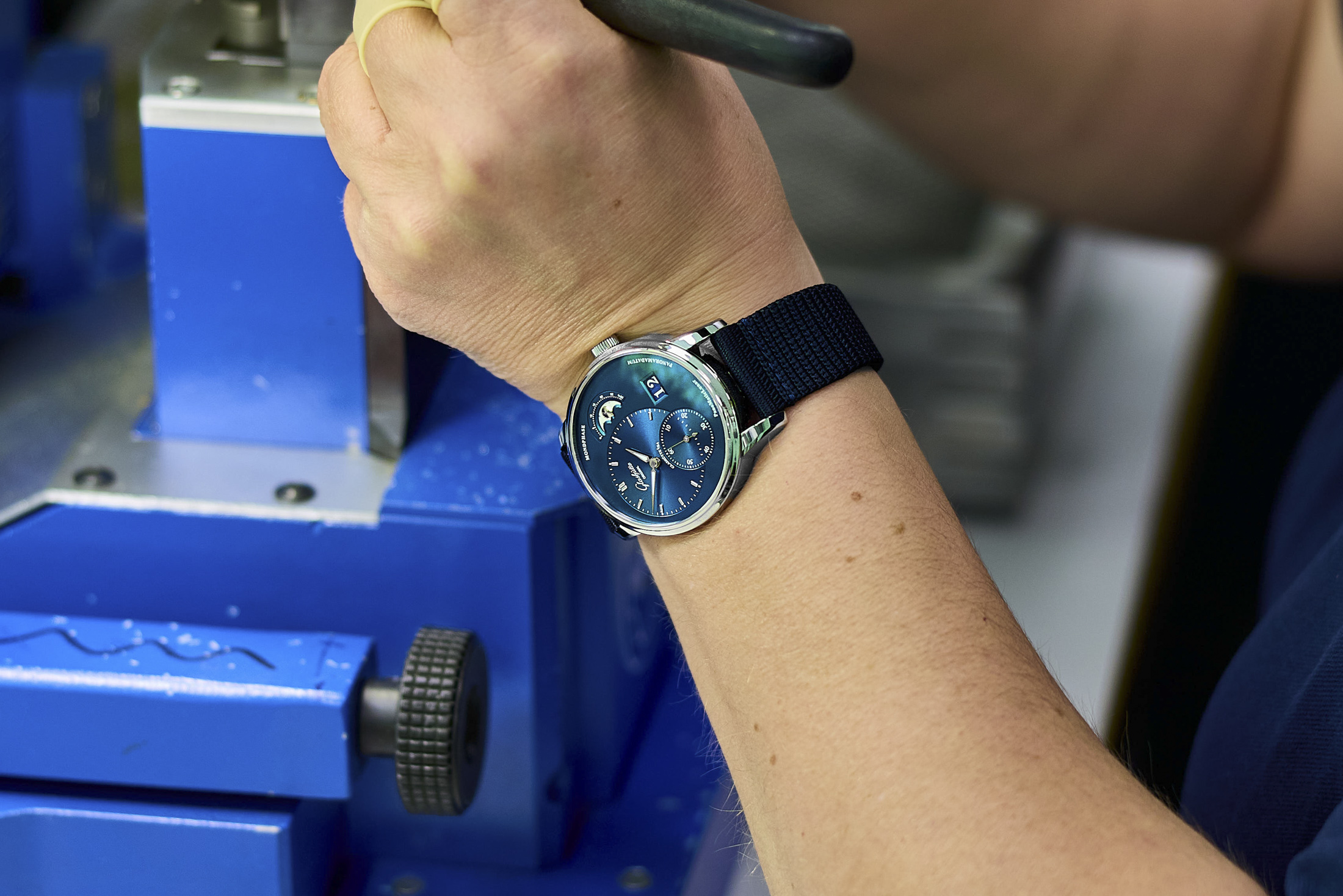
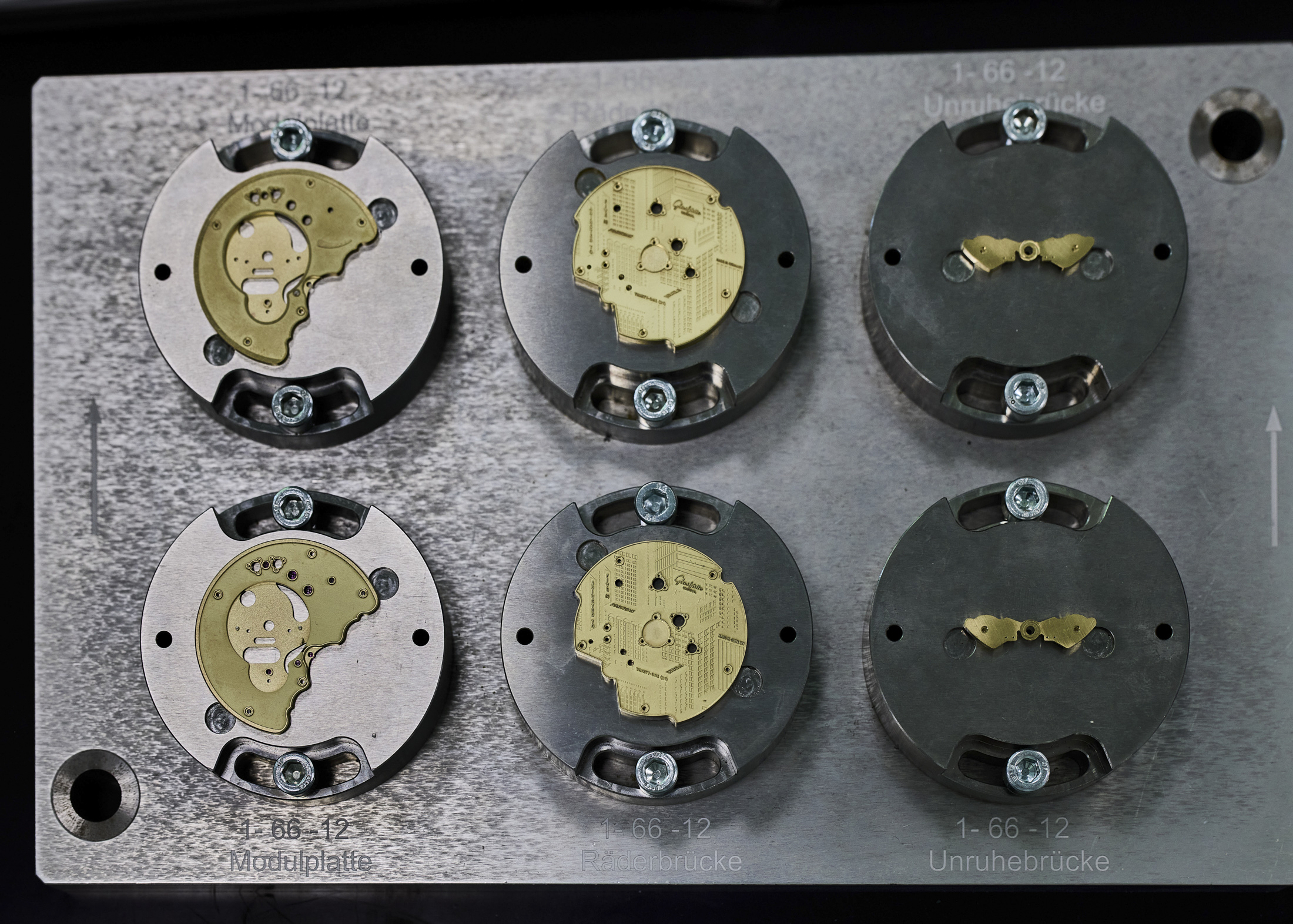
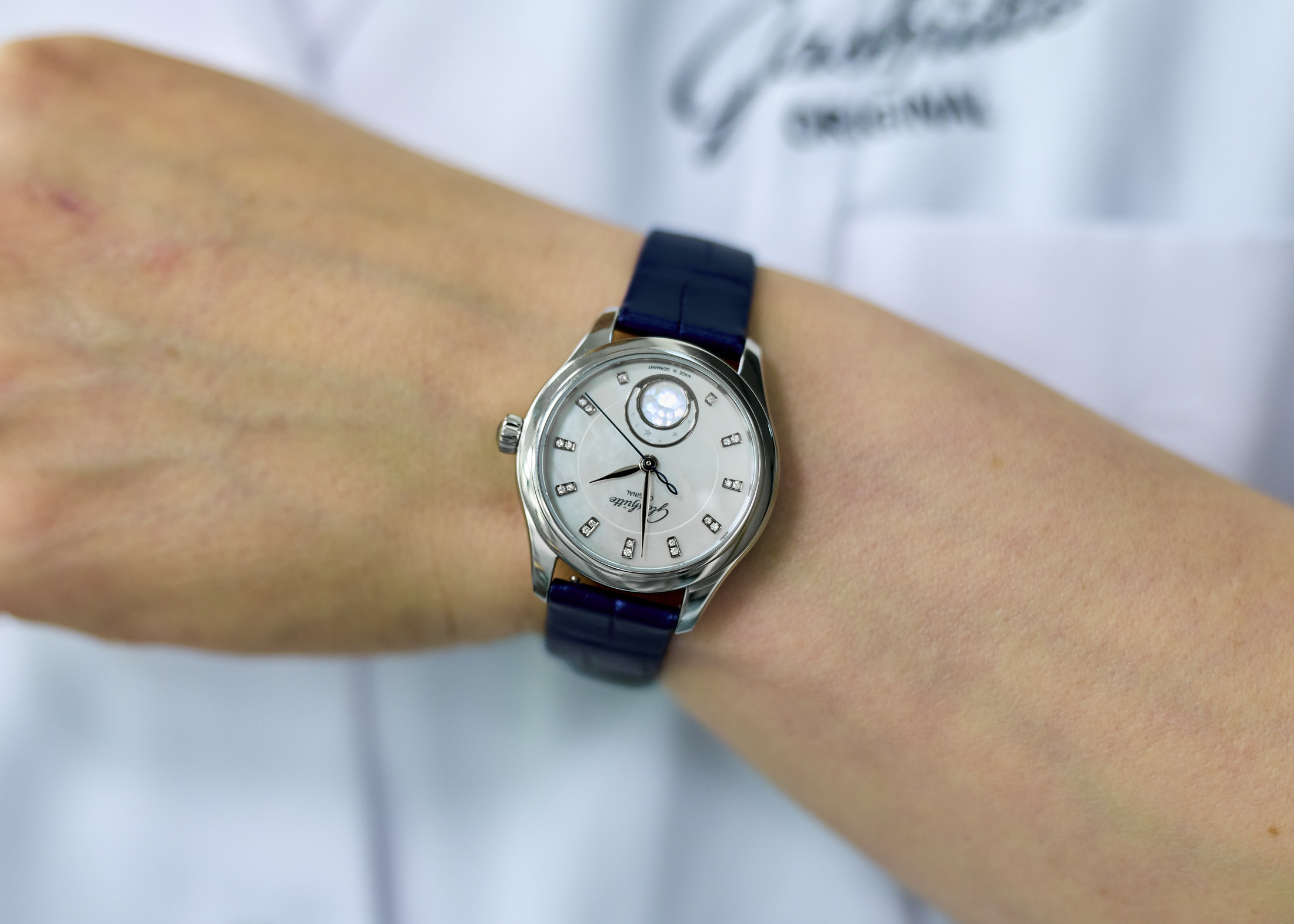
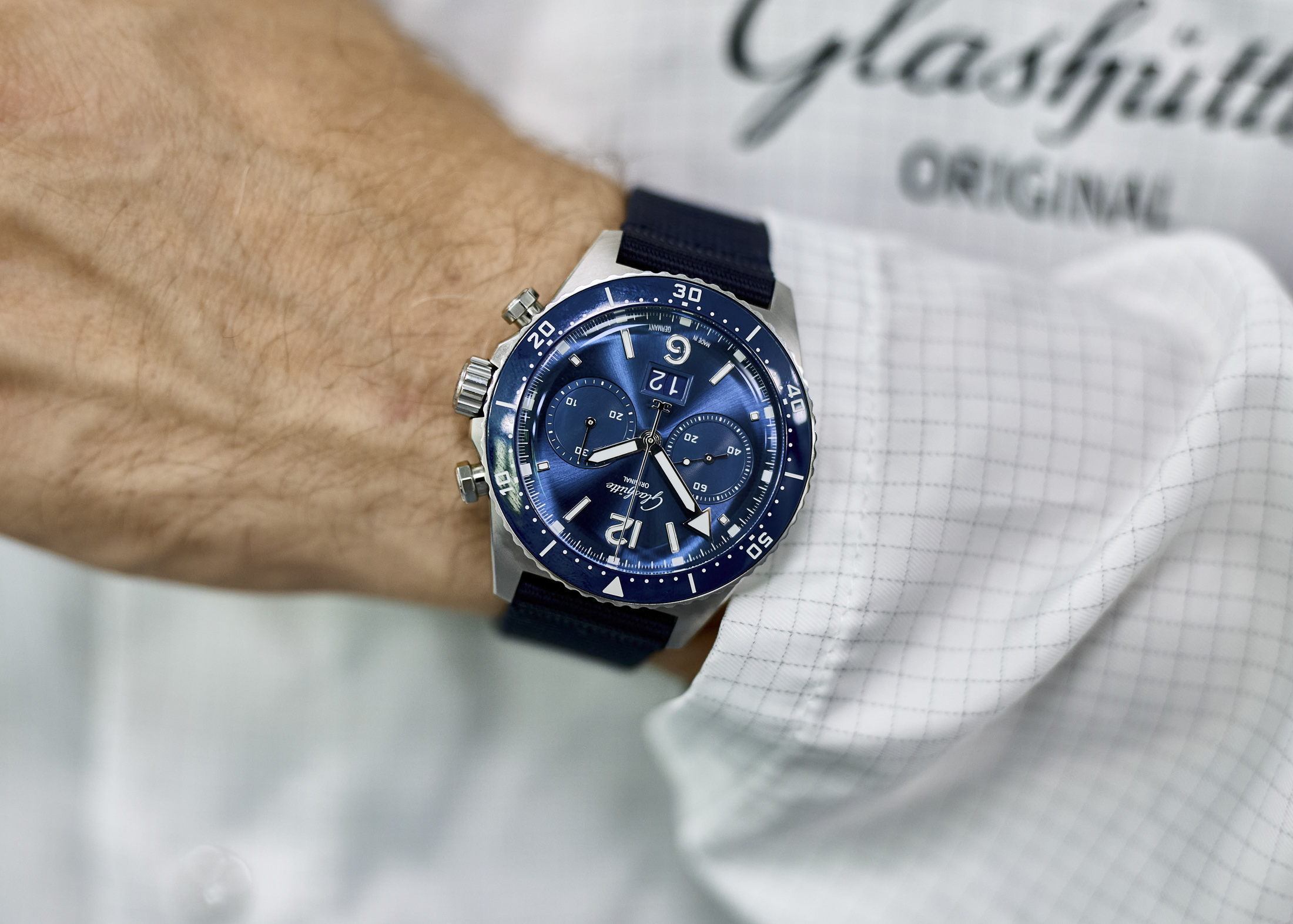
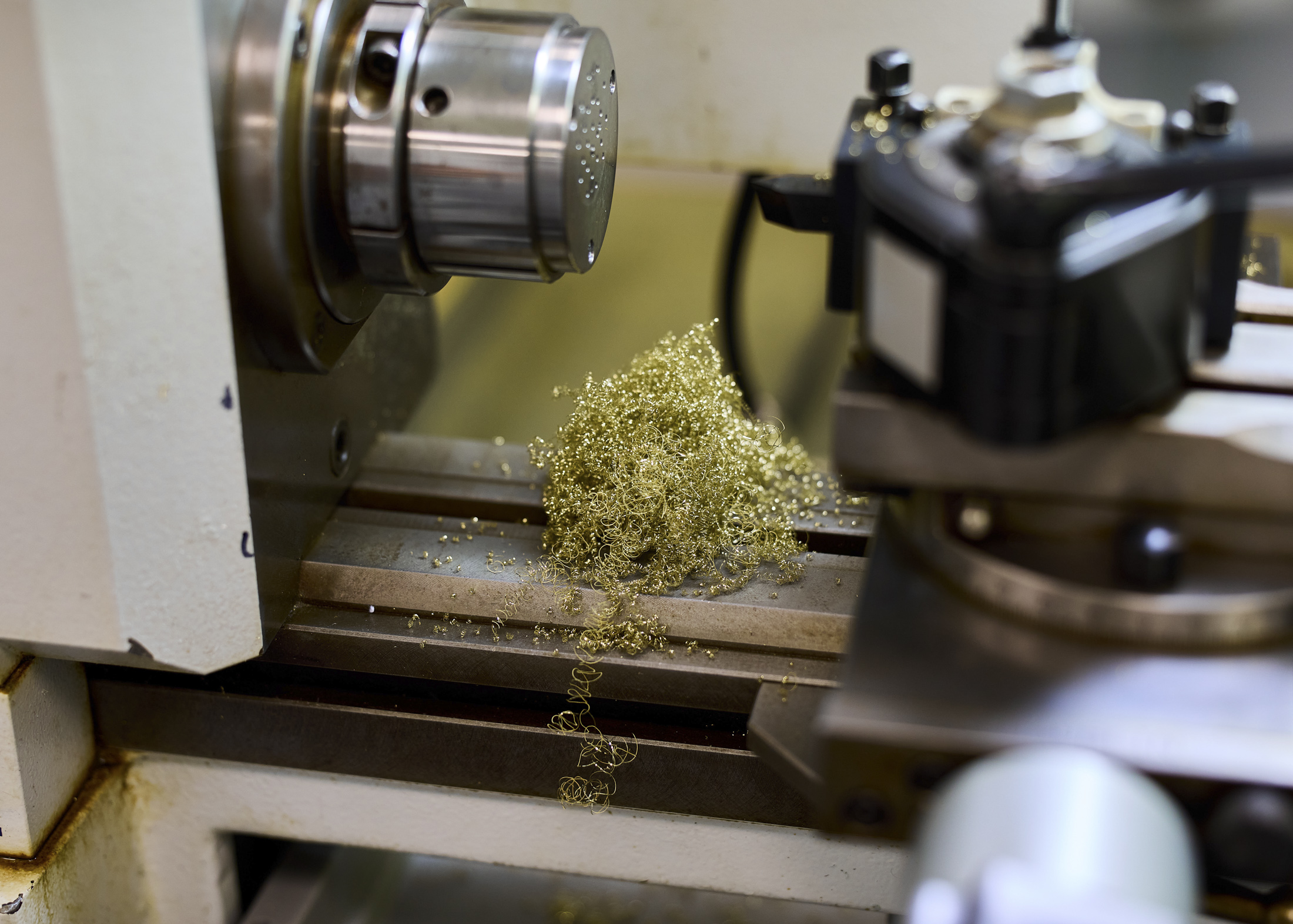
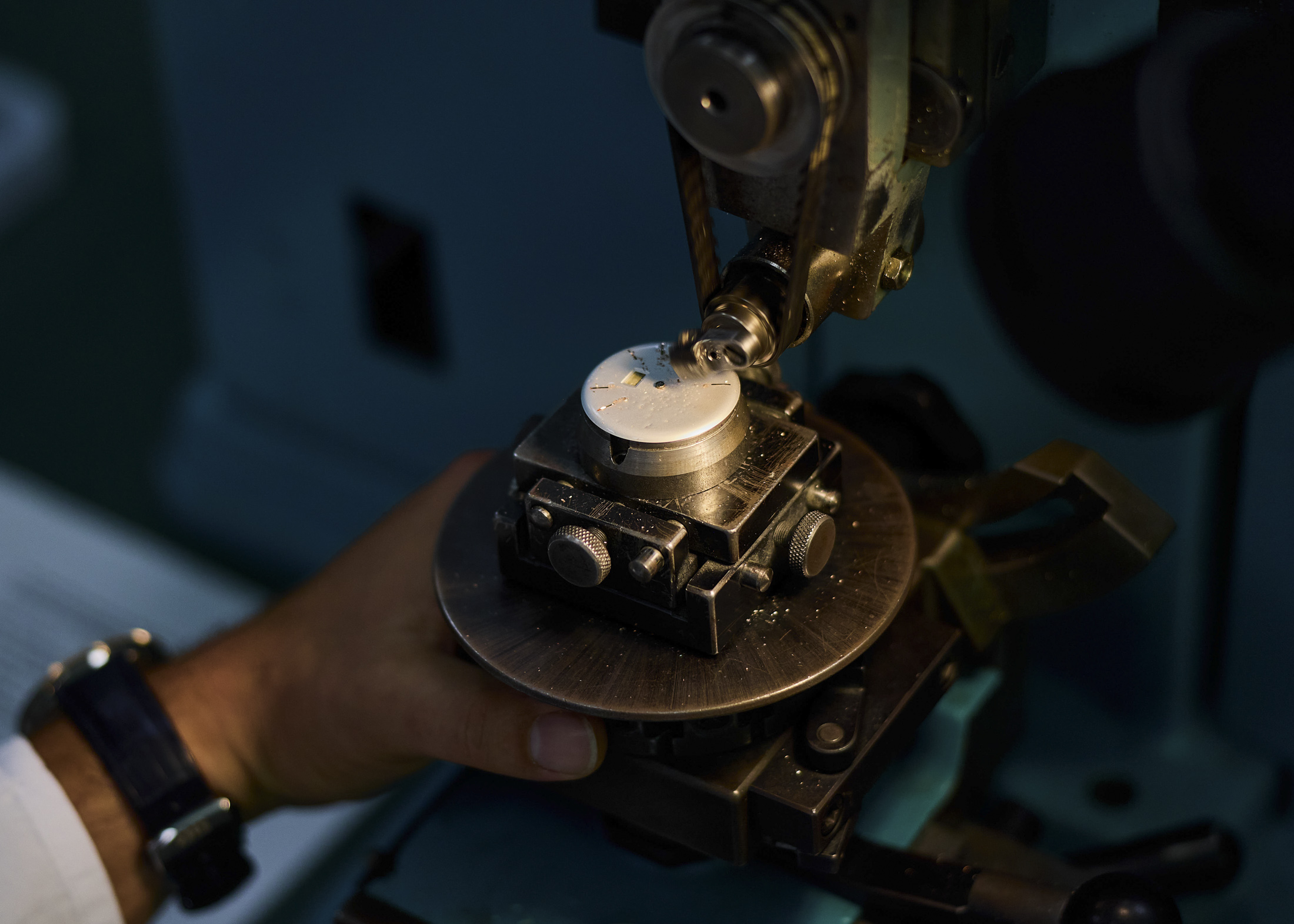
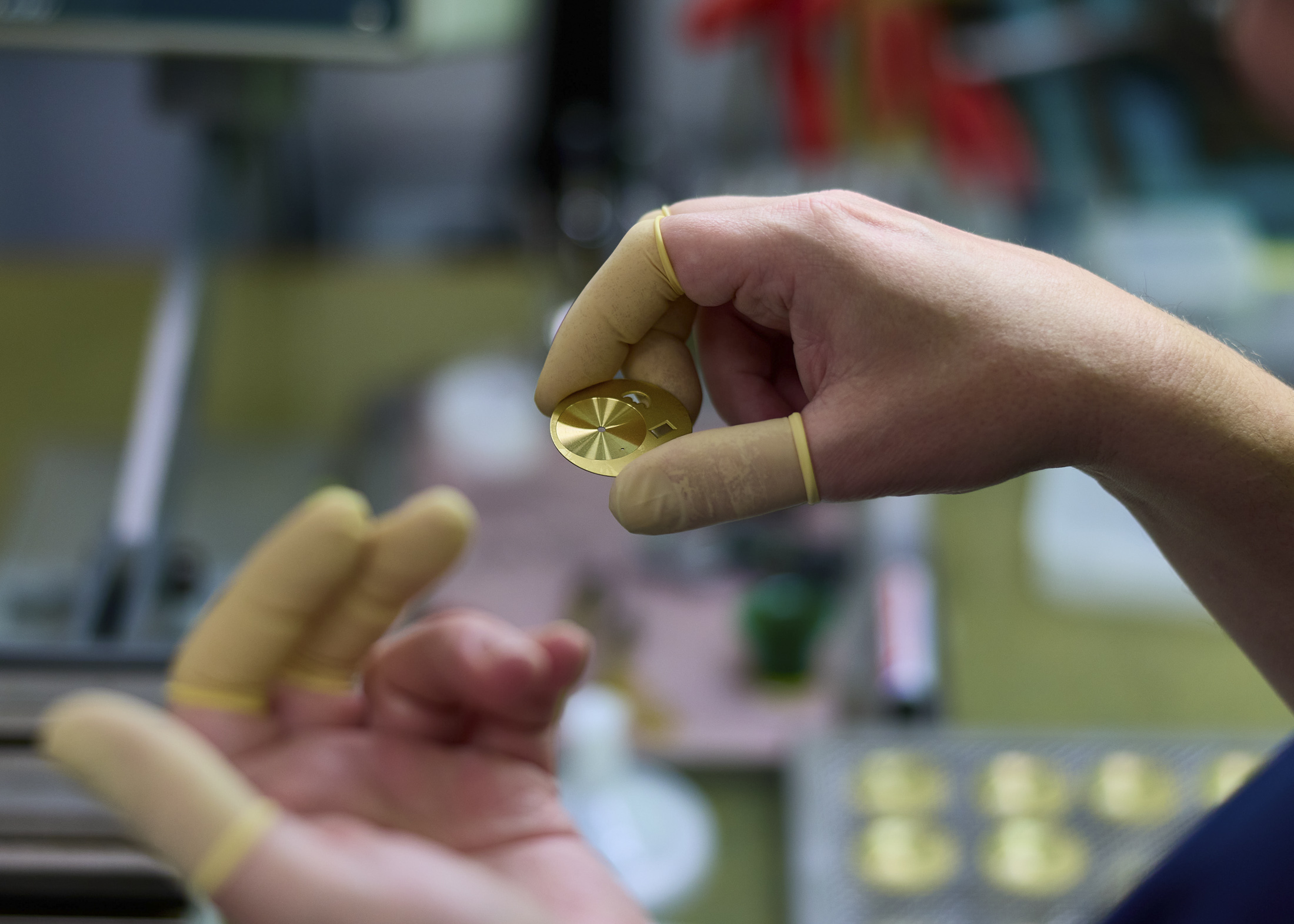
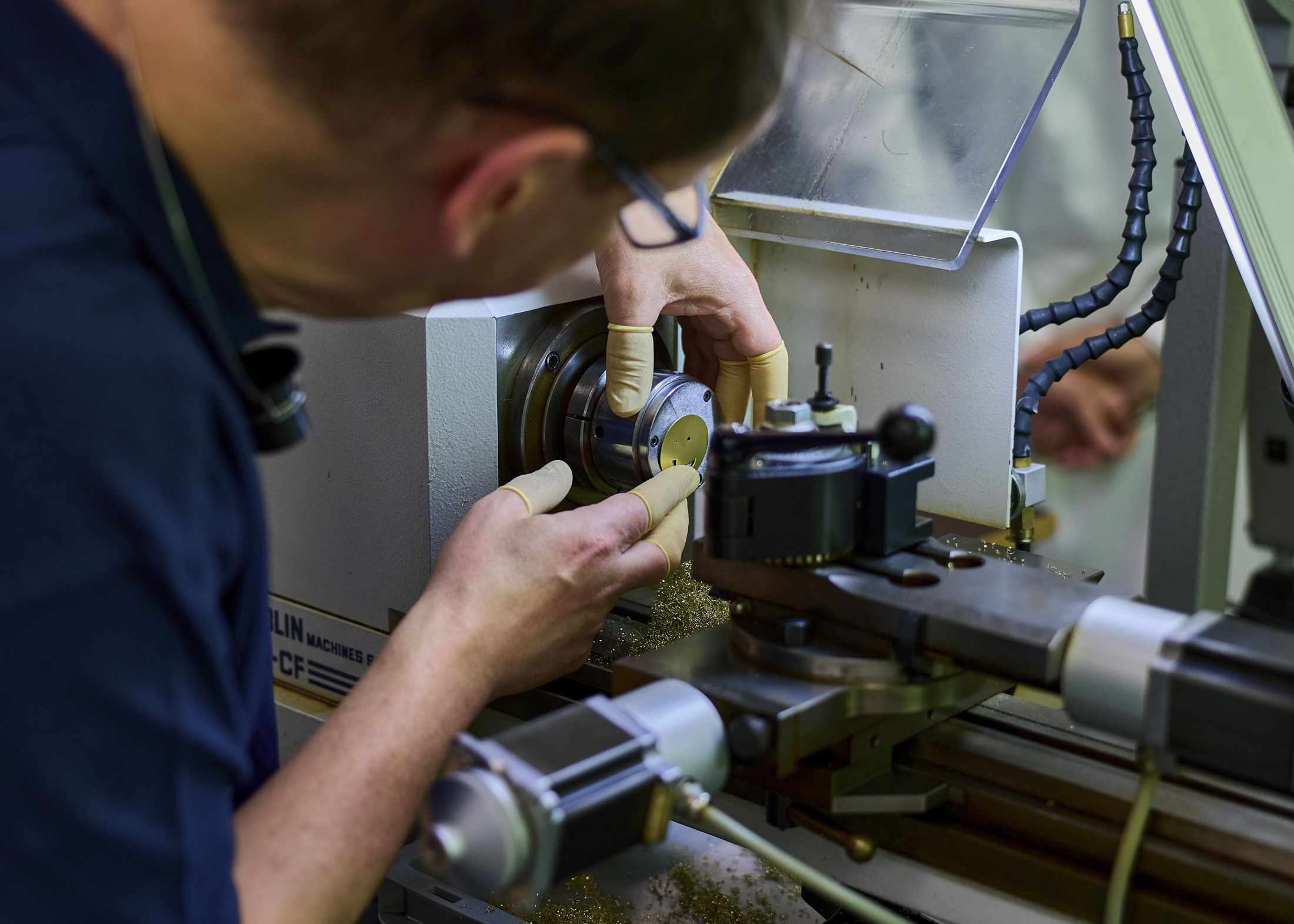
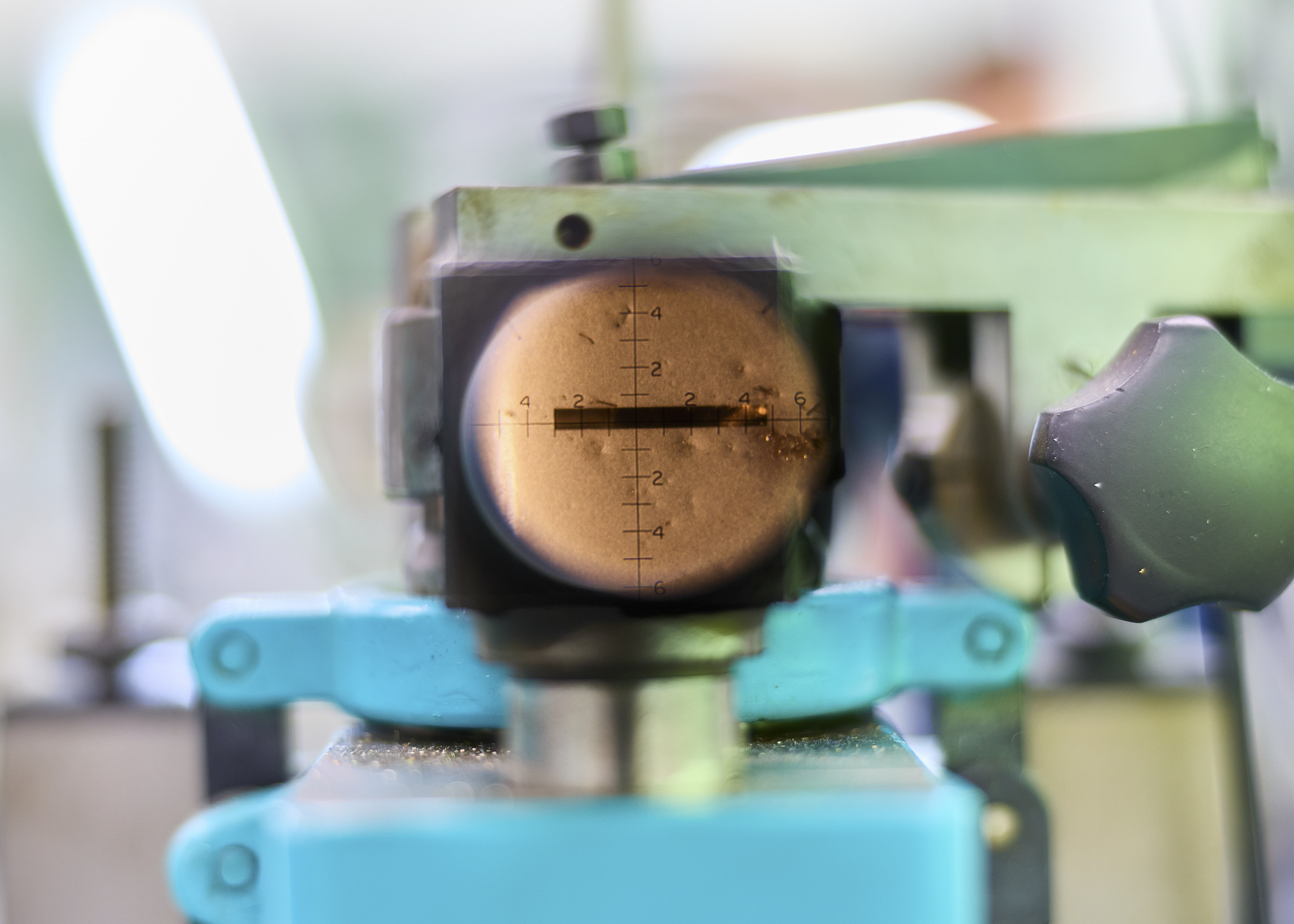
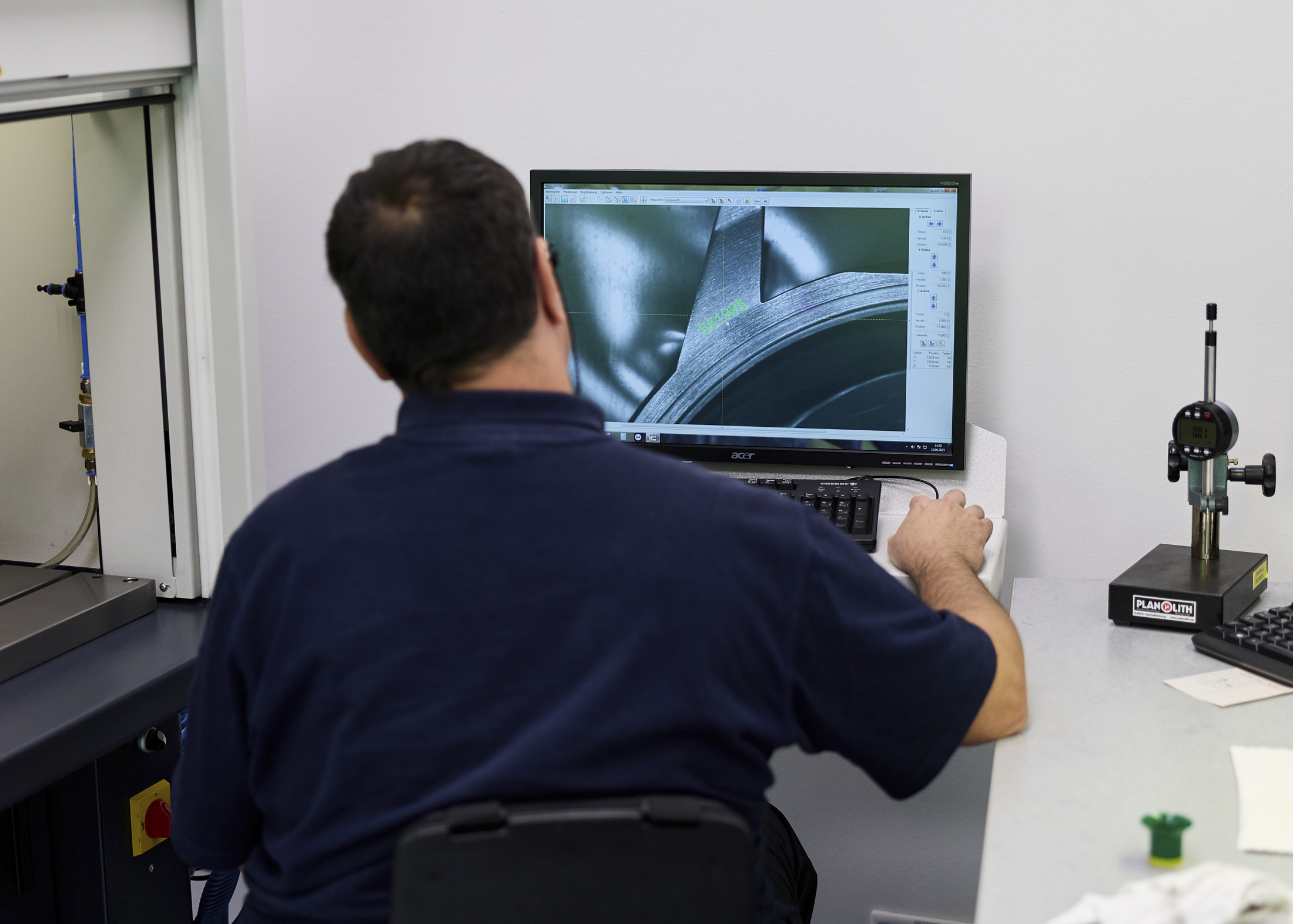
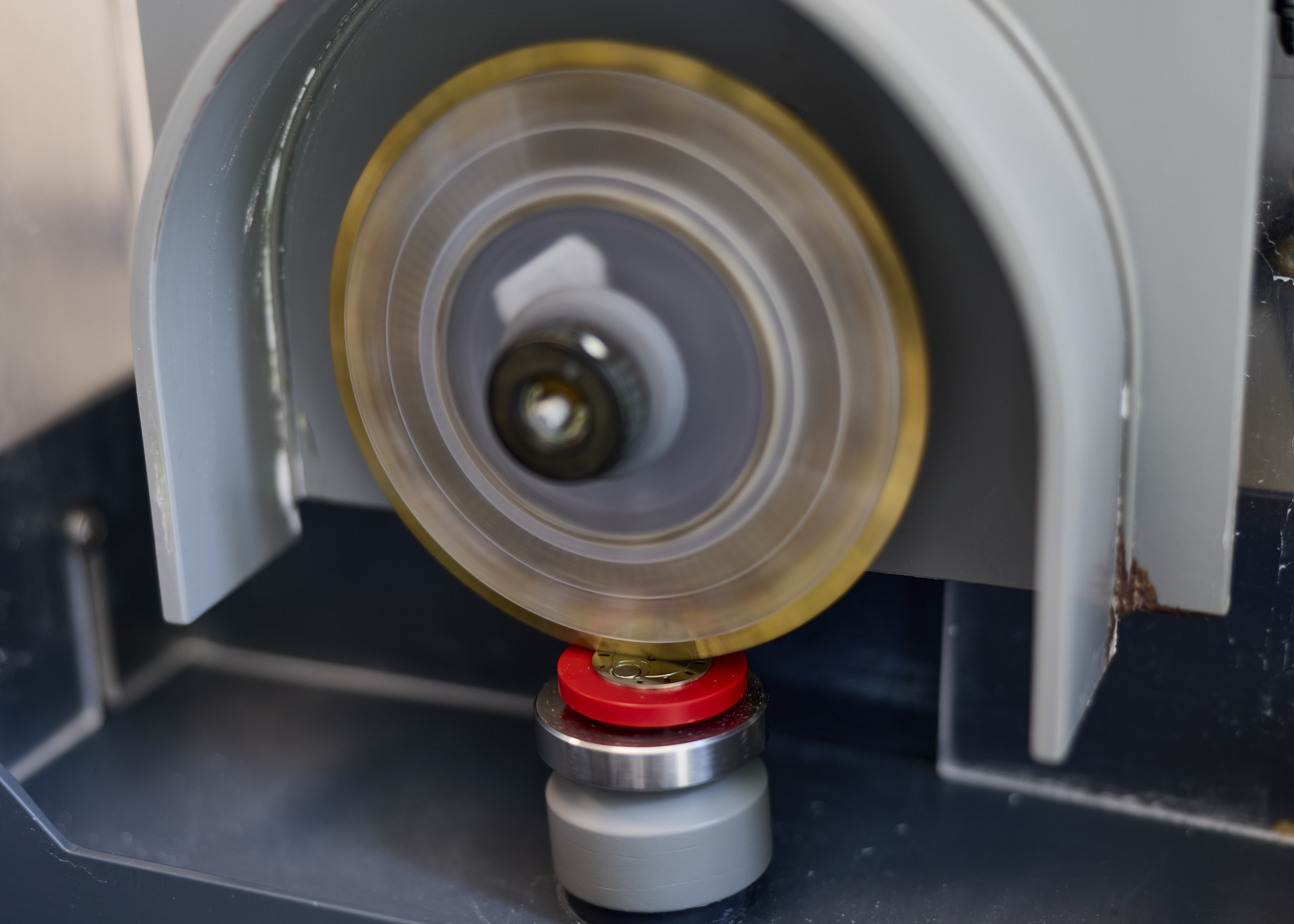
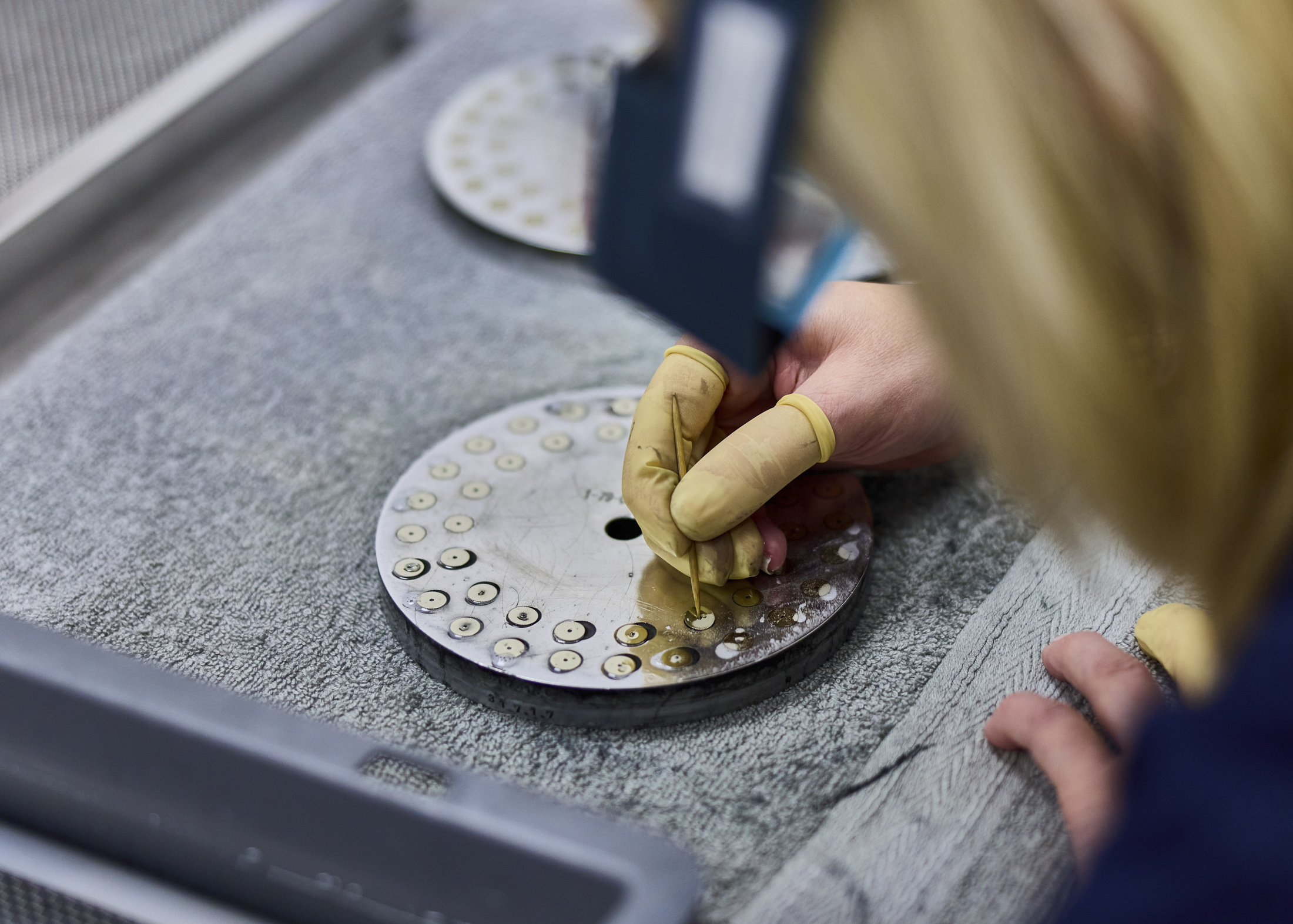
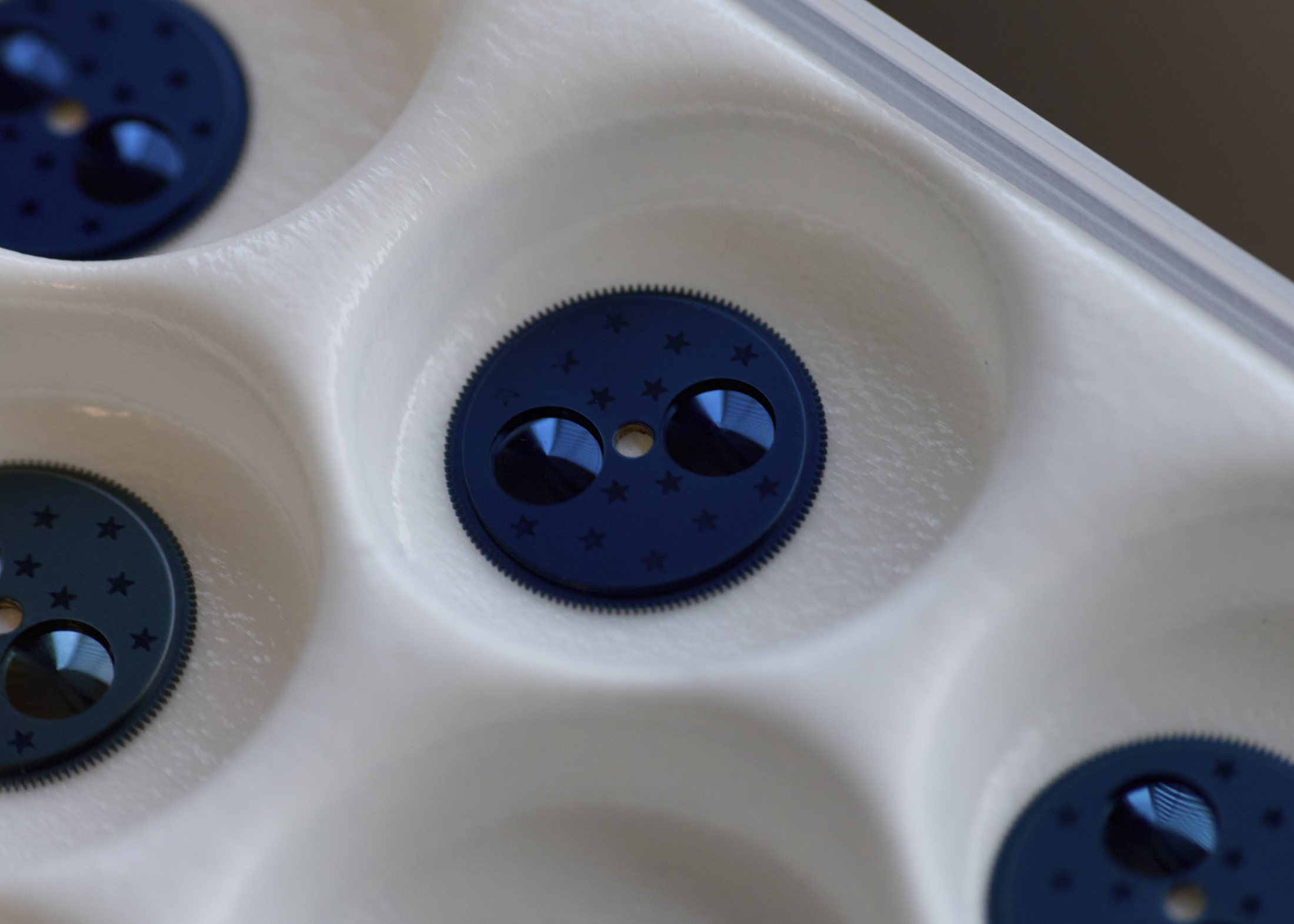
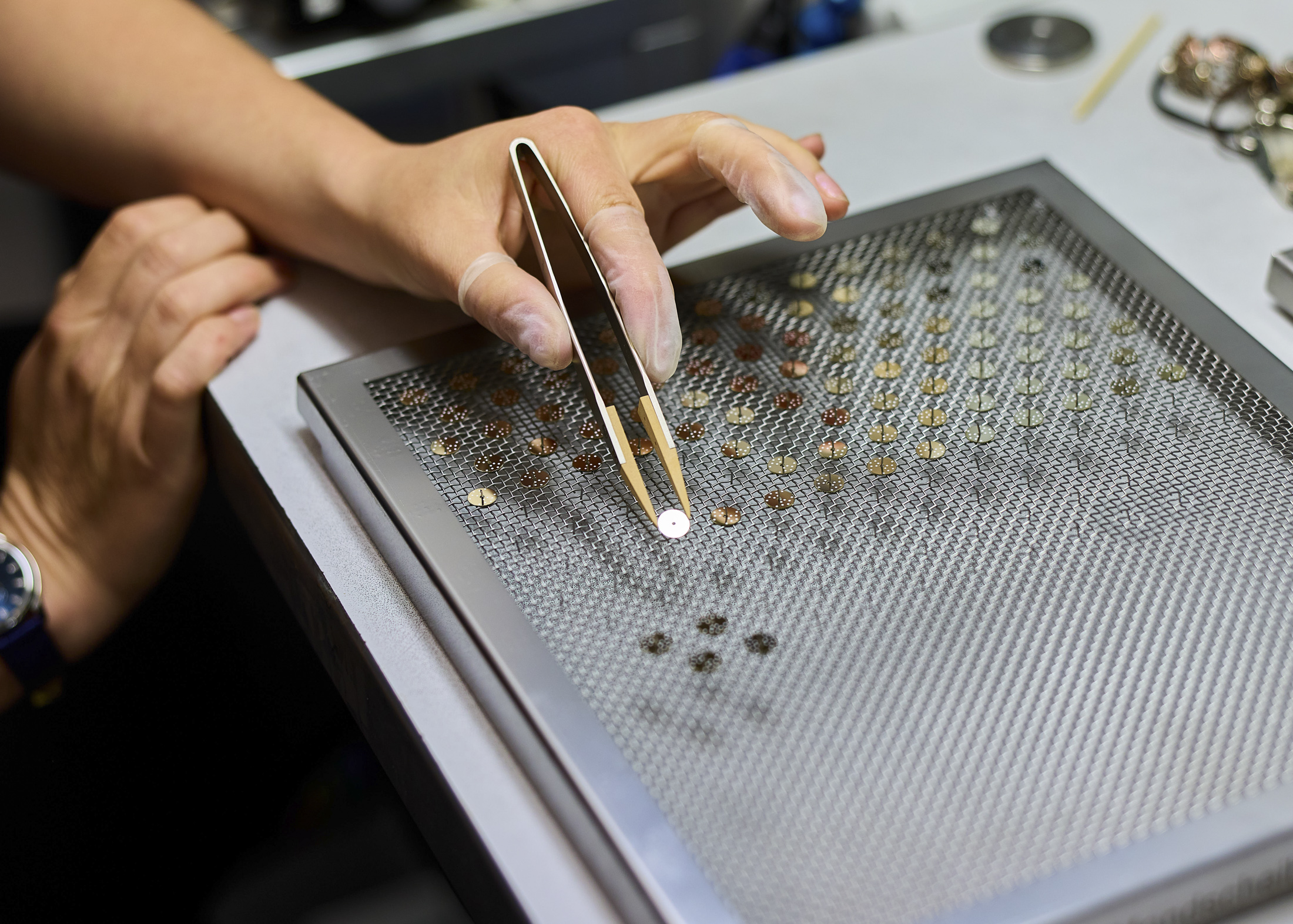
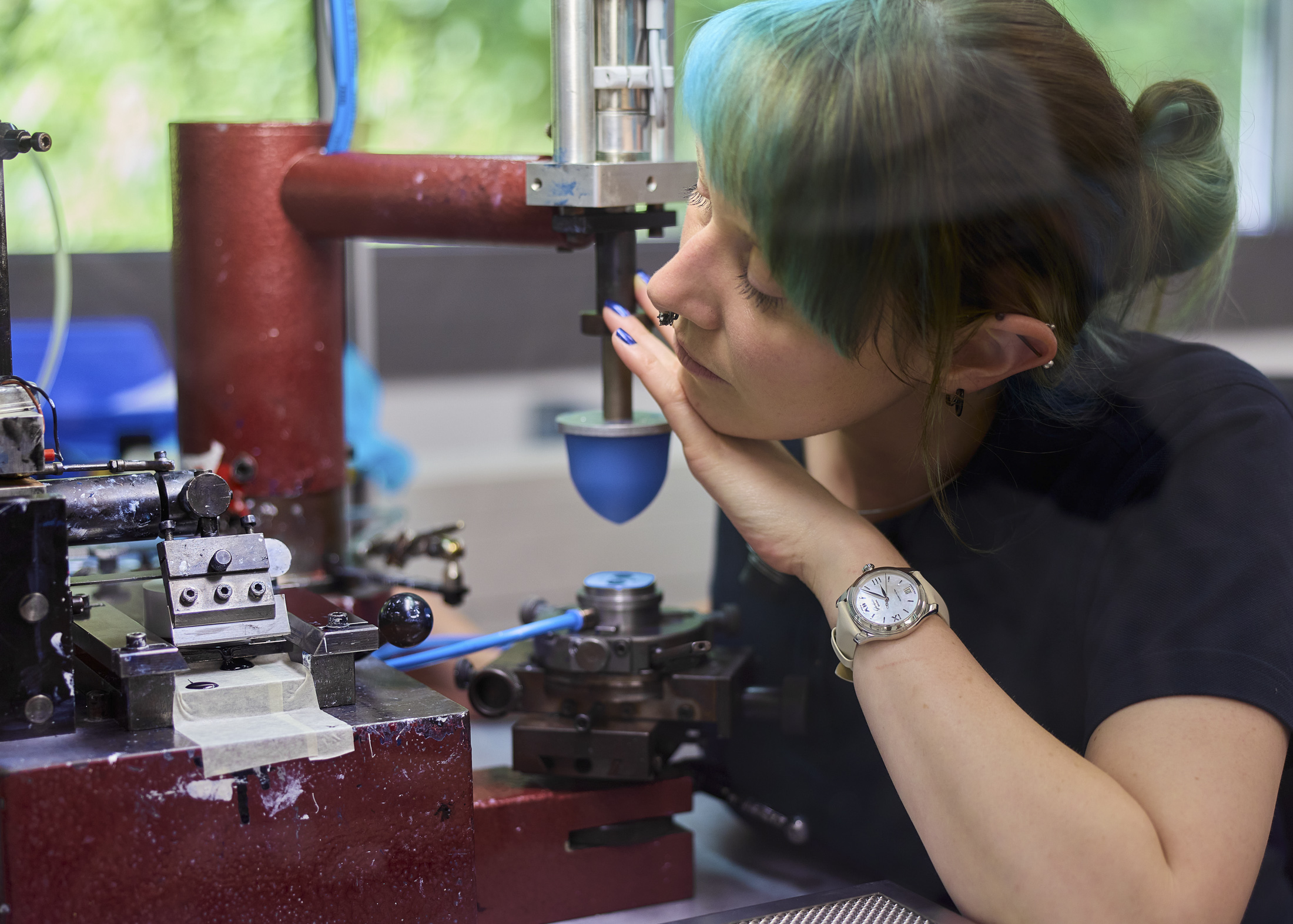

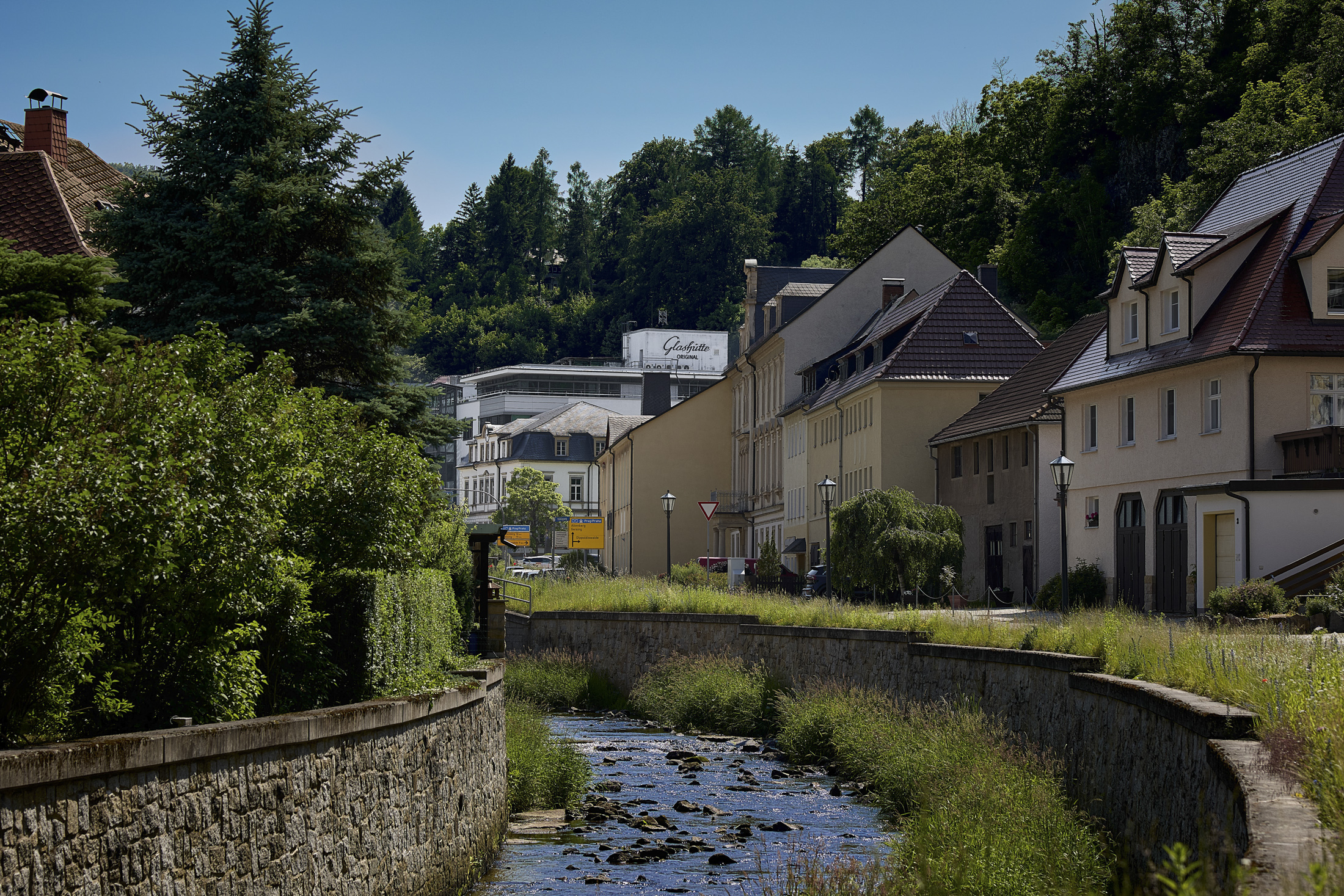






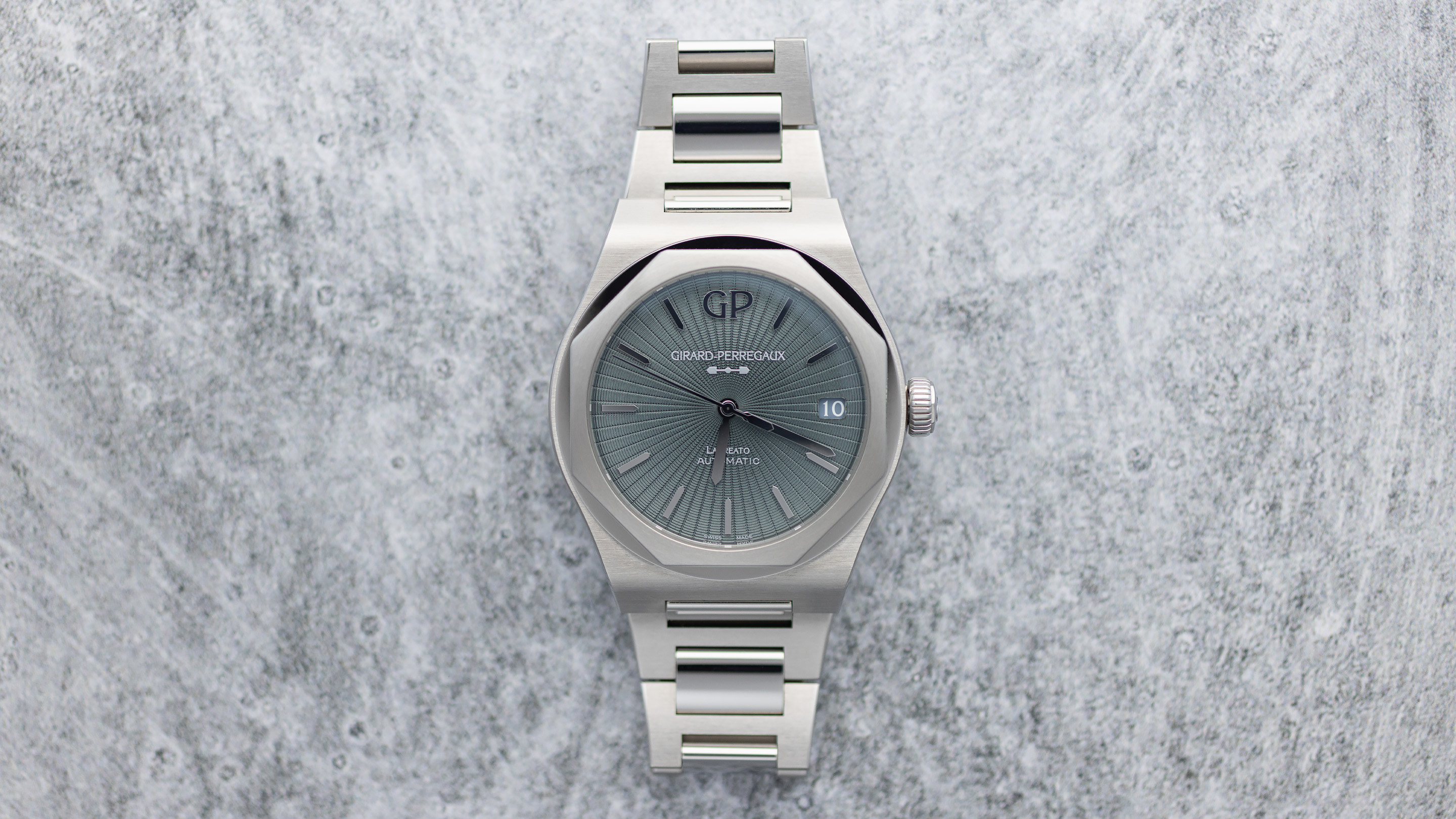


Top Discussions
Introducing The Biver Carillon Tourbillon Signature Series
Inside The Manufacture Glashütte Original’s New Dial Factory Illuminates The German Watchmaker’s Past & Future
Business News New Swiss Auctioneer Aims To Bring 'Artist's Resale Right' Concept To Independent Watchmaker Sales